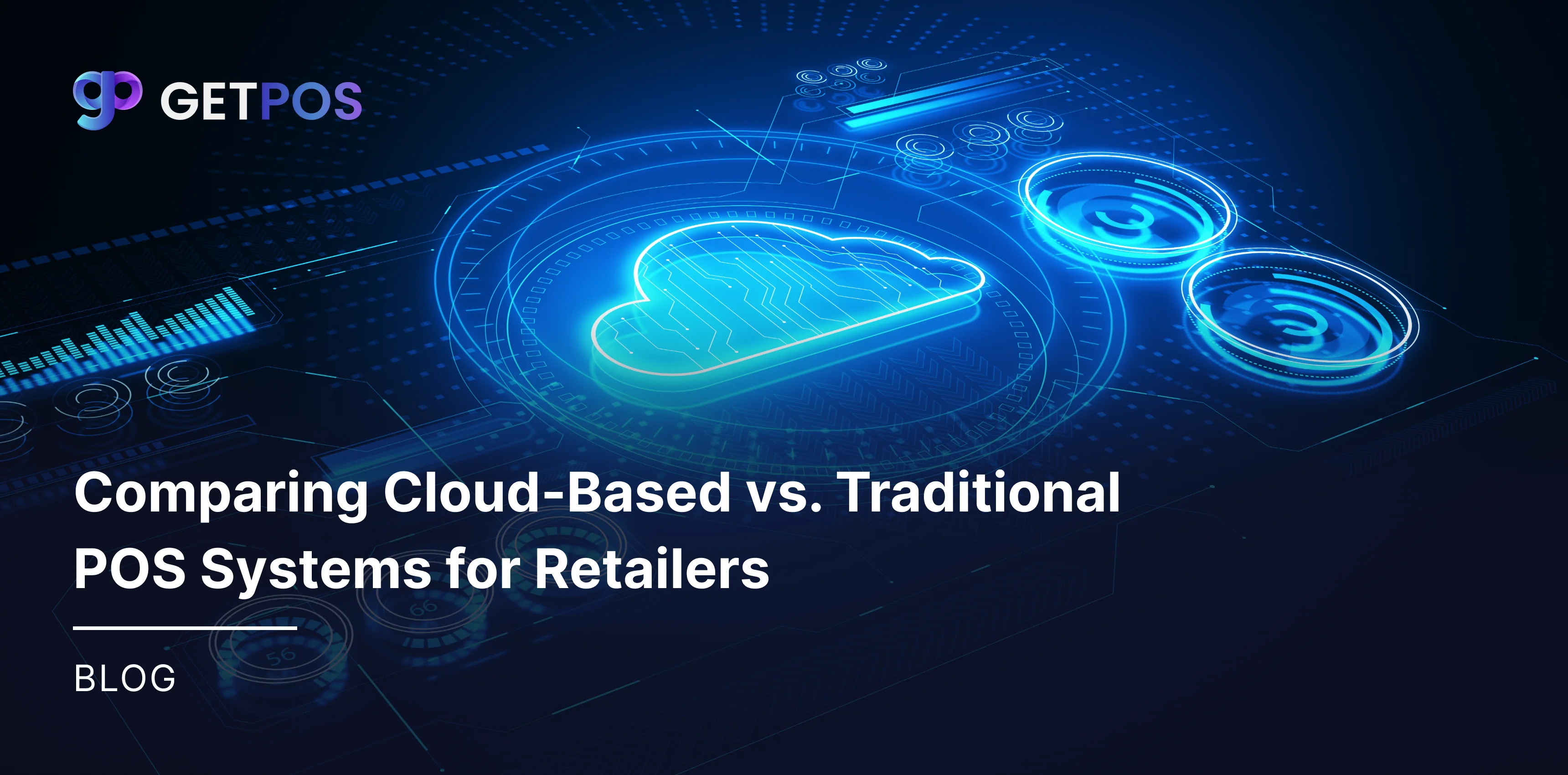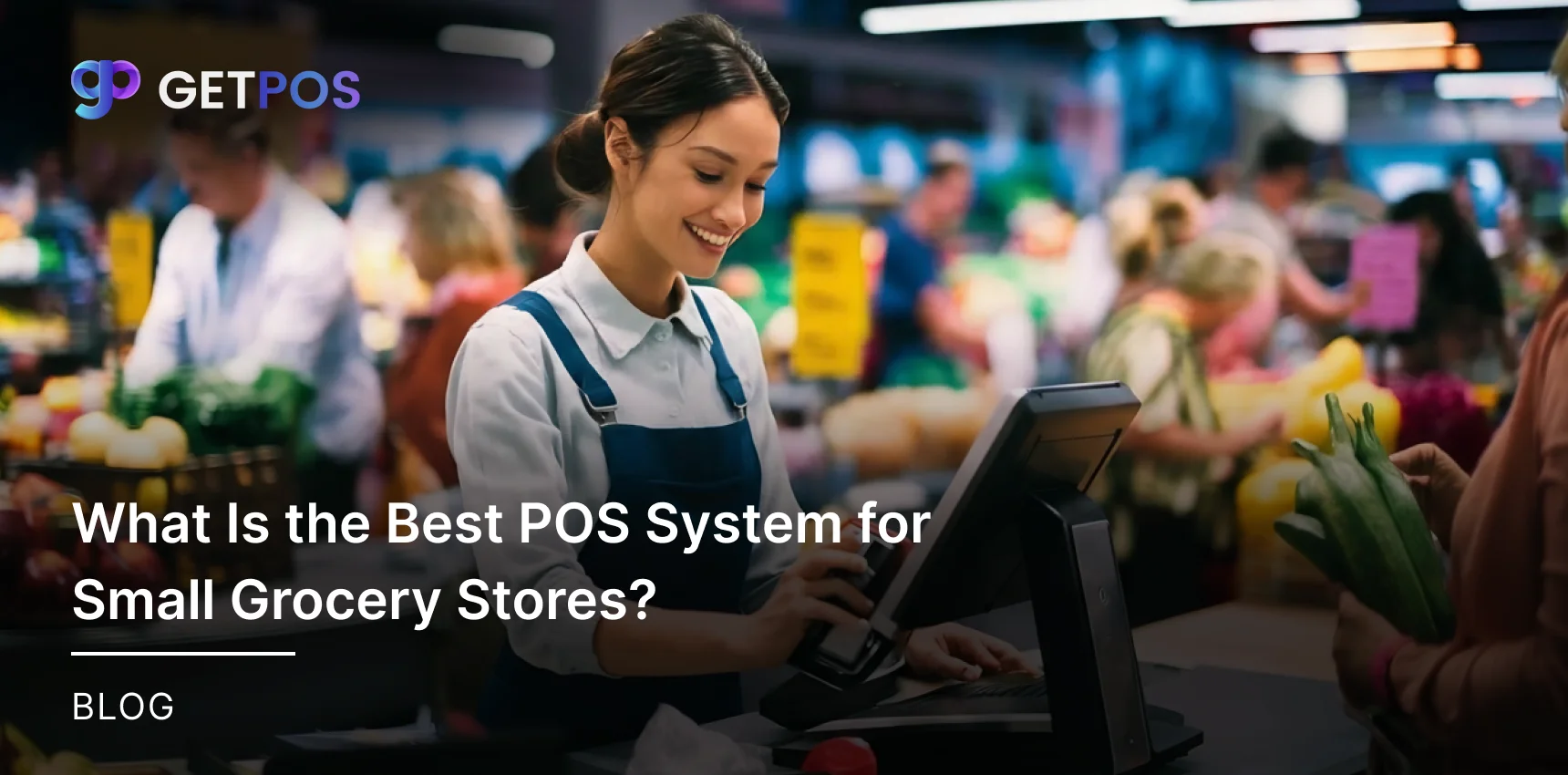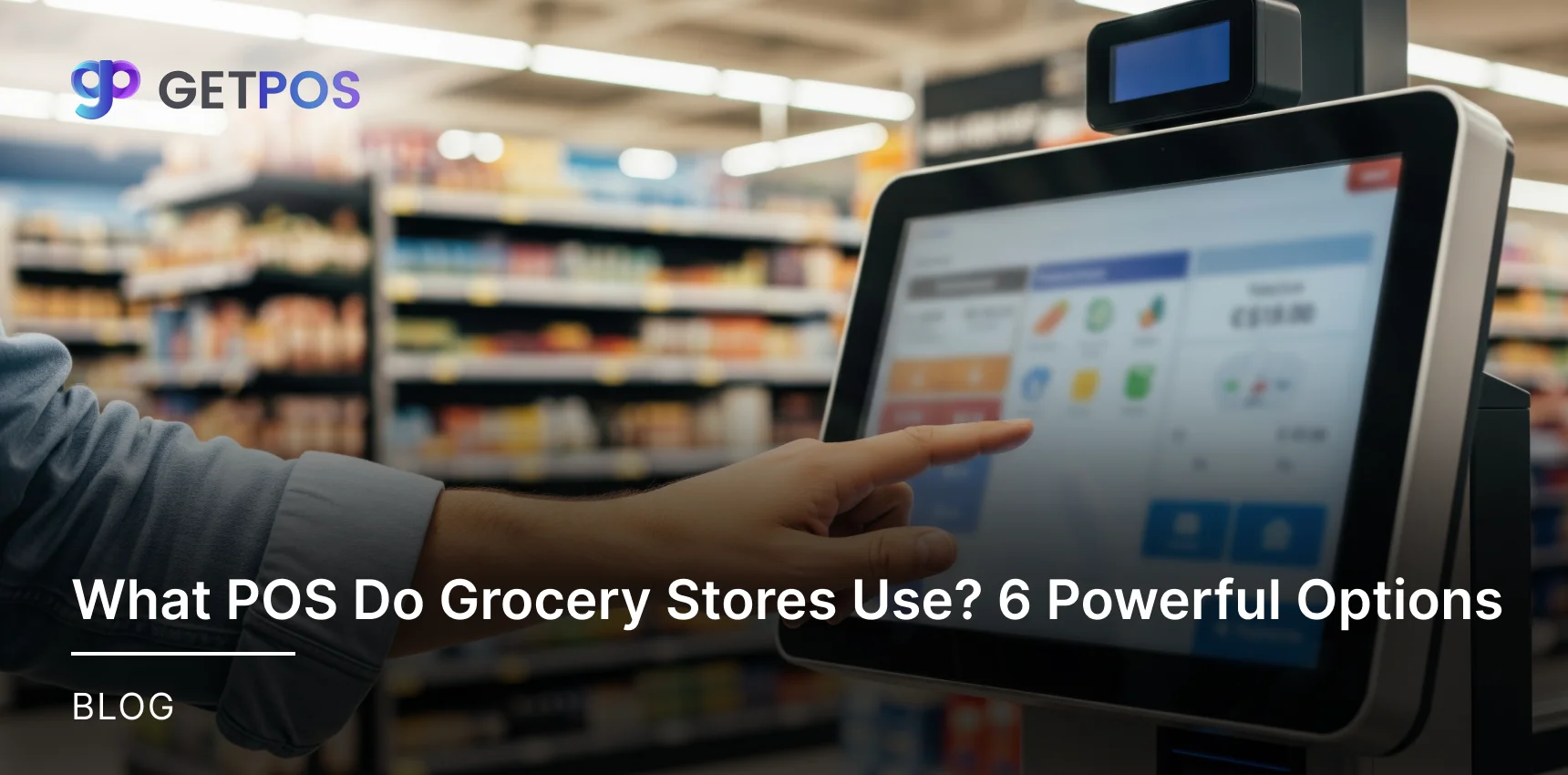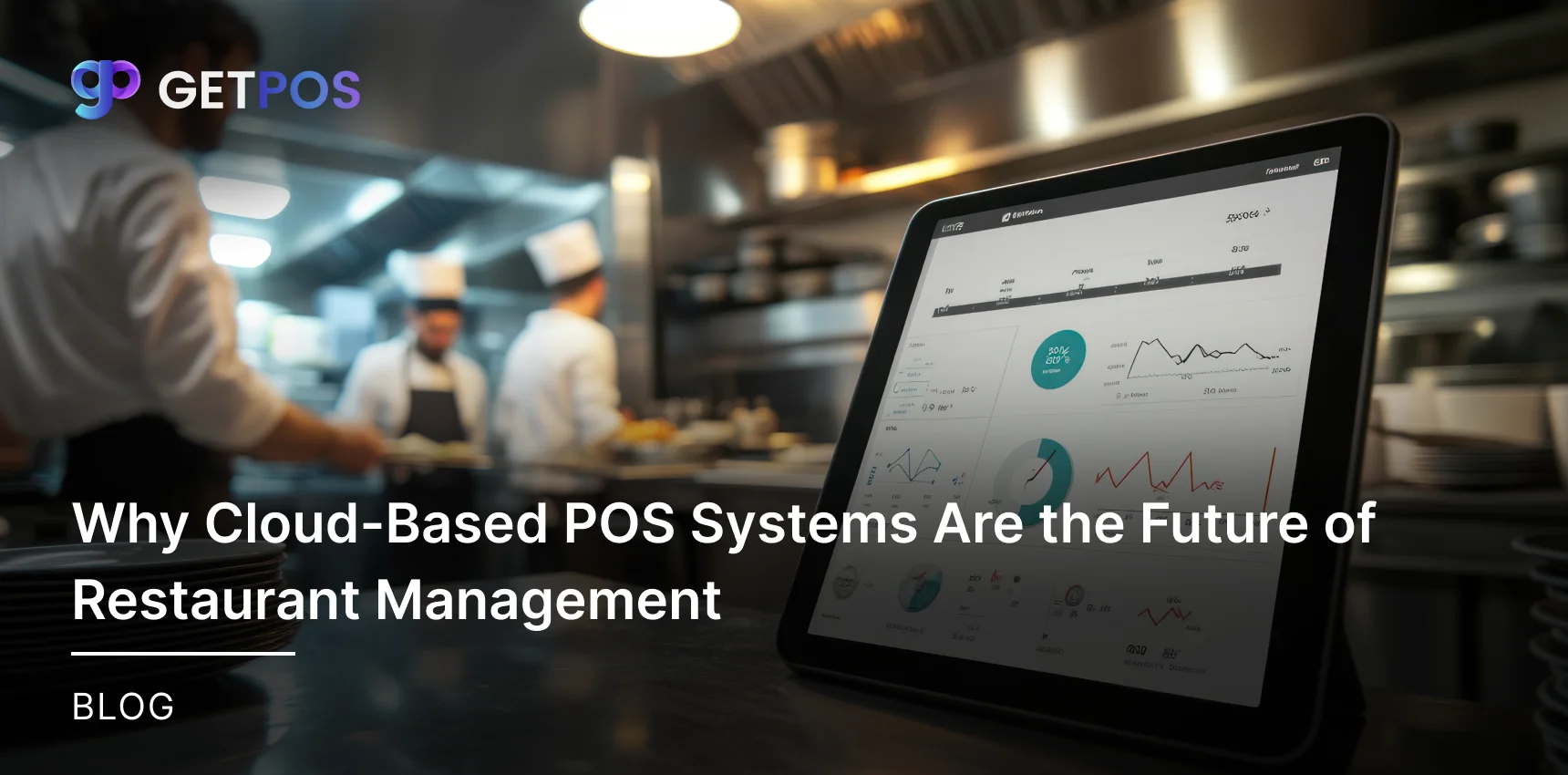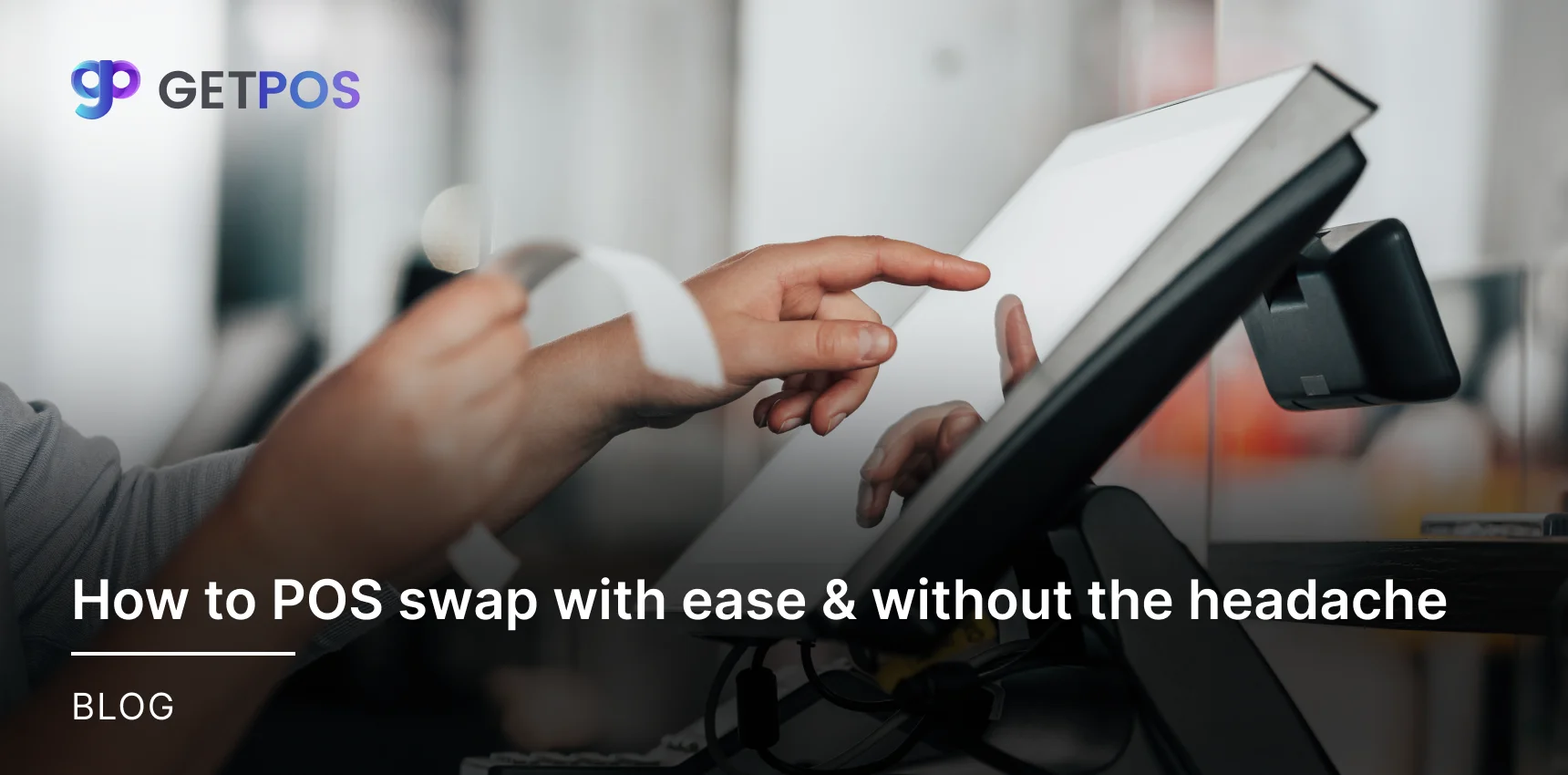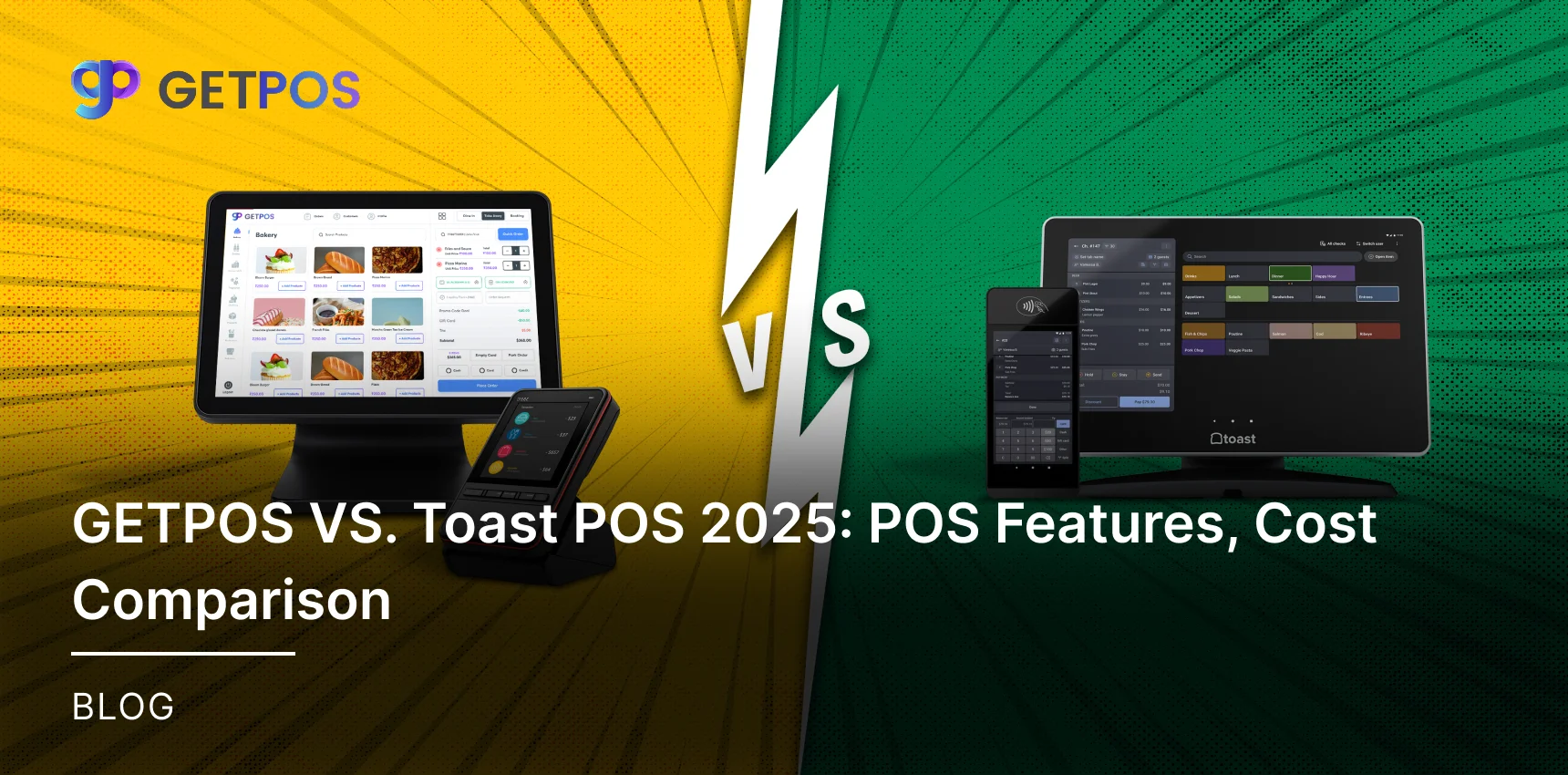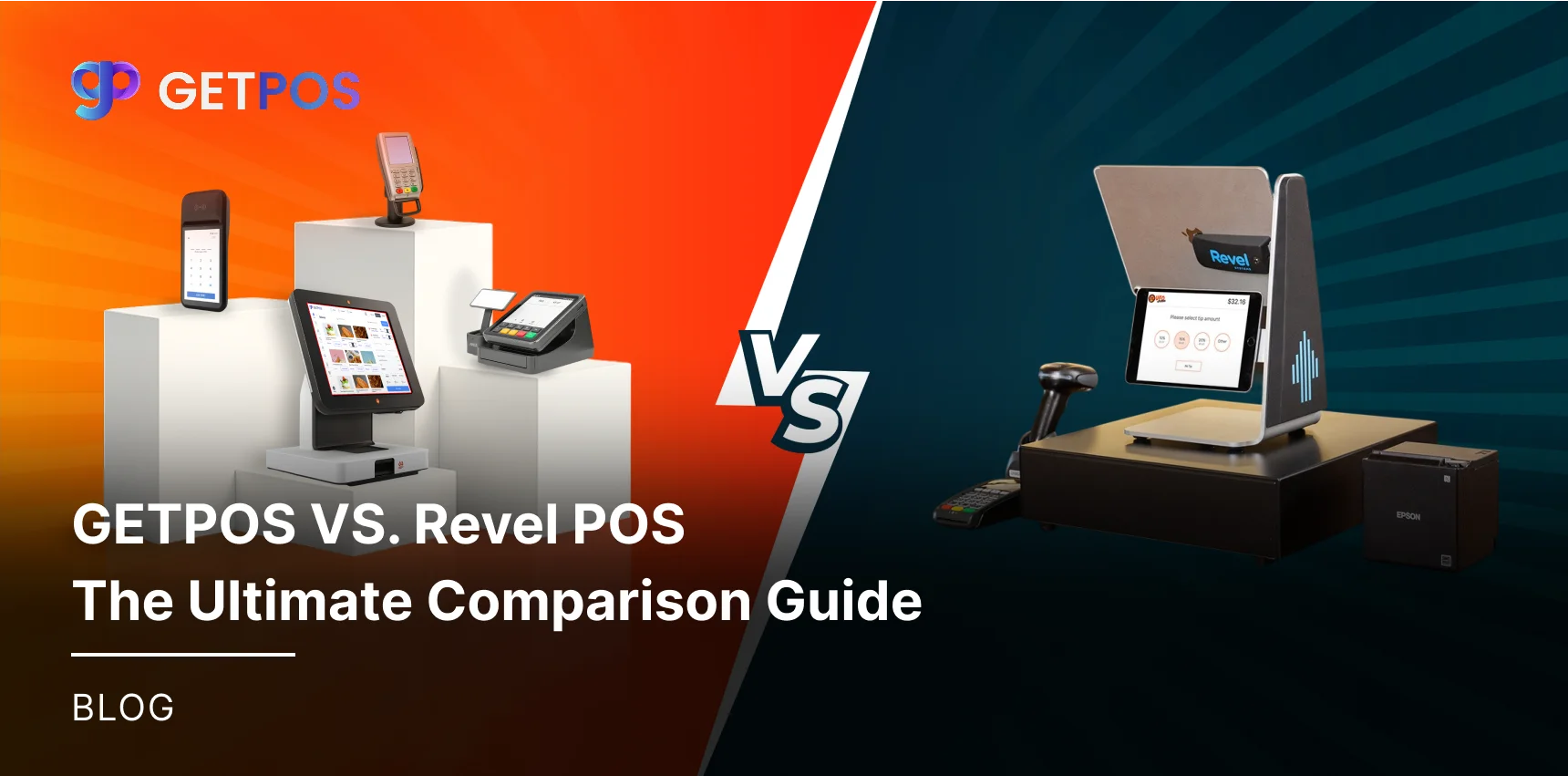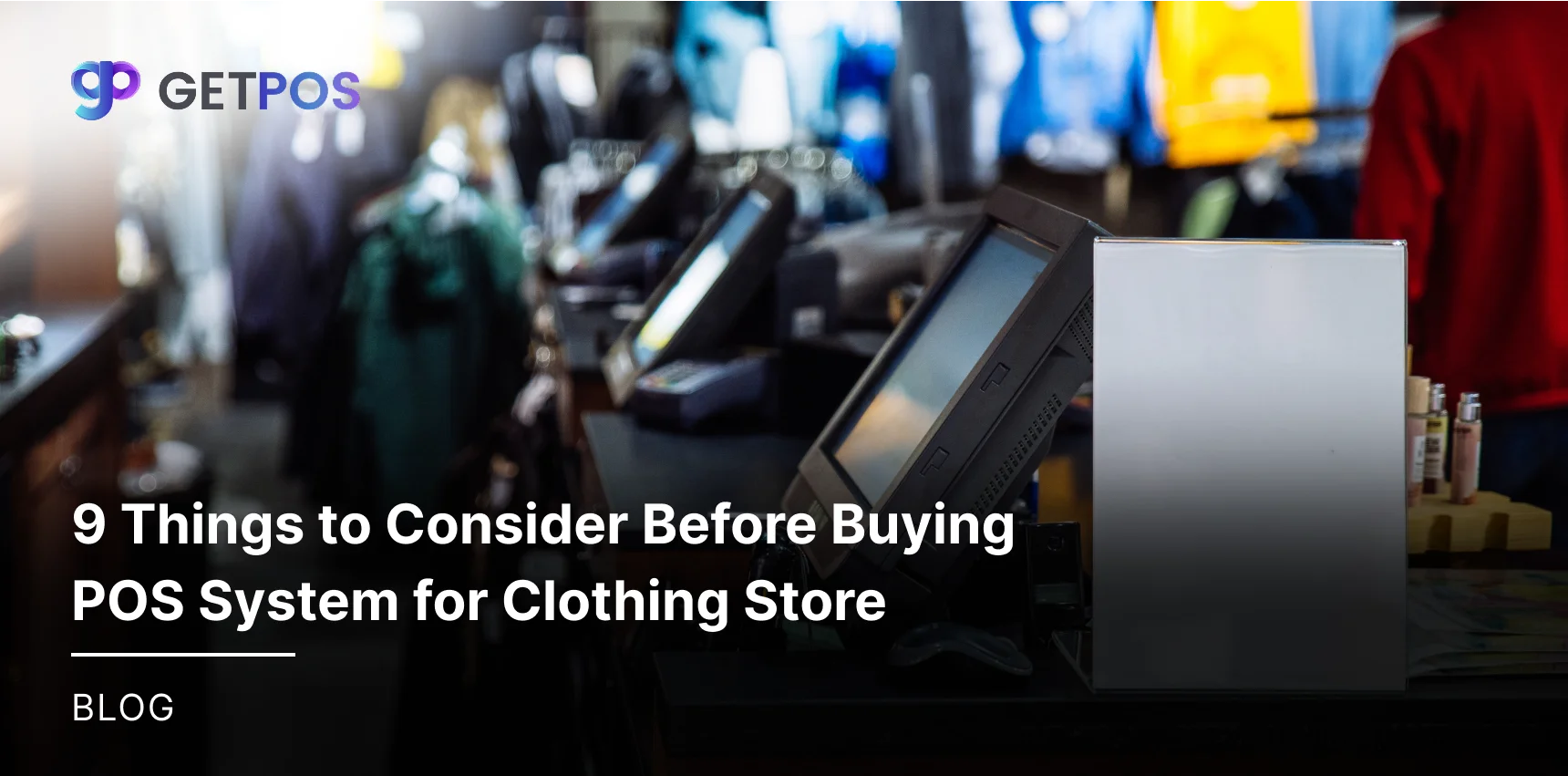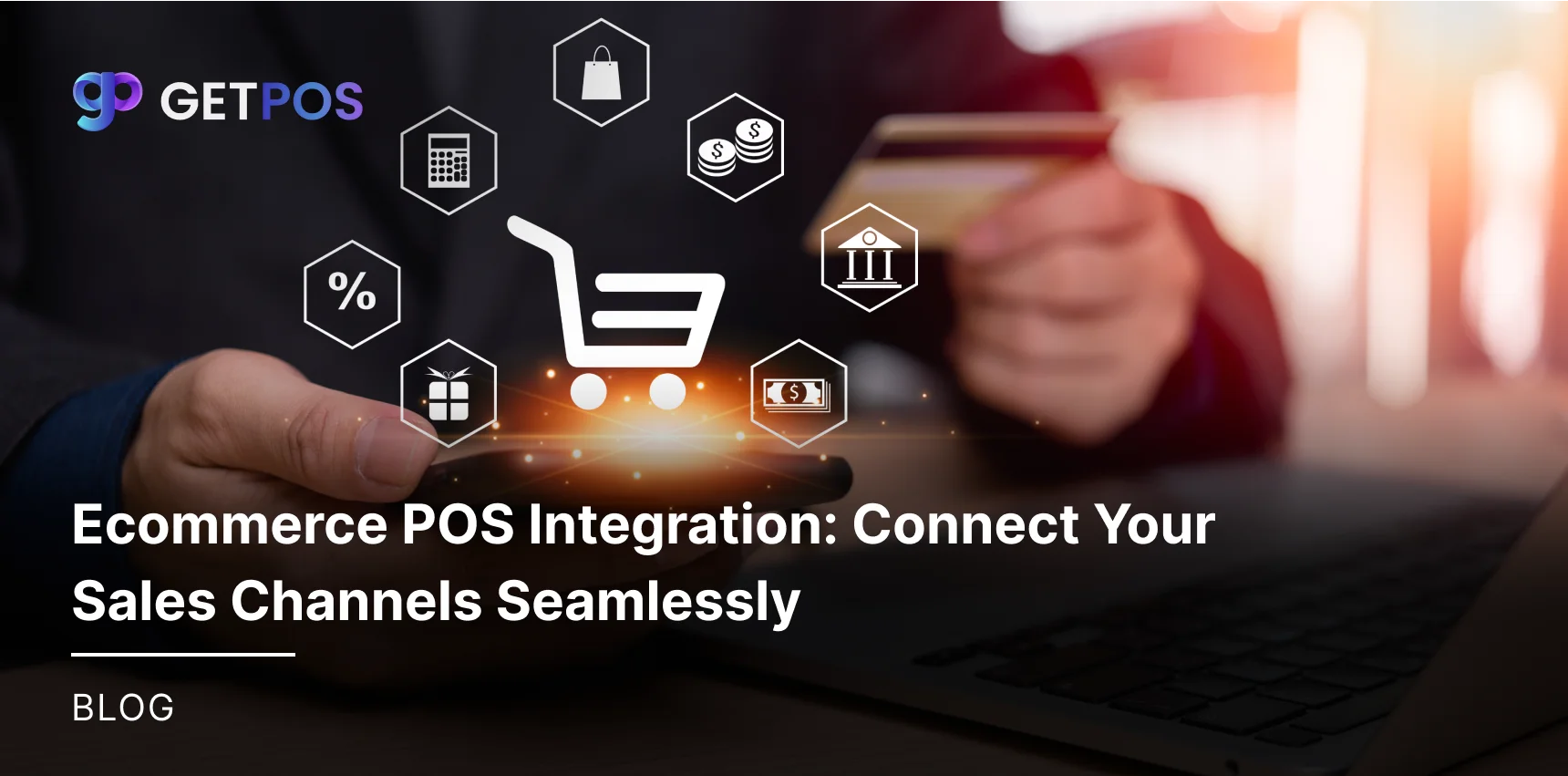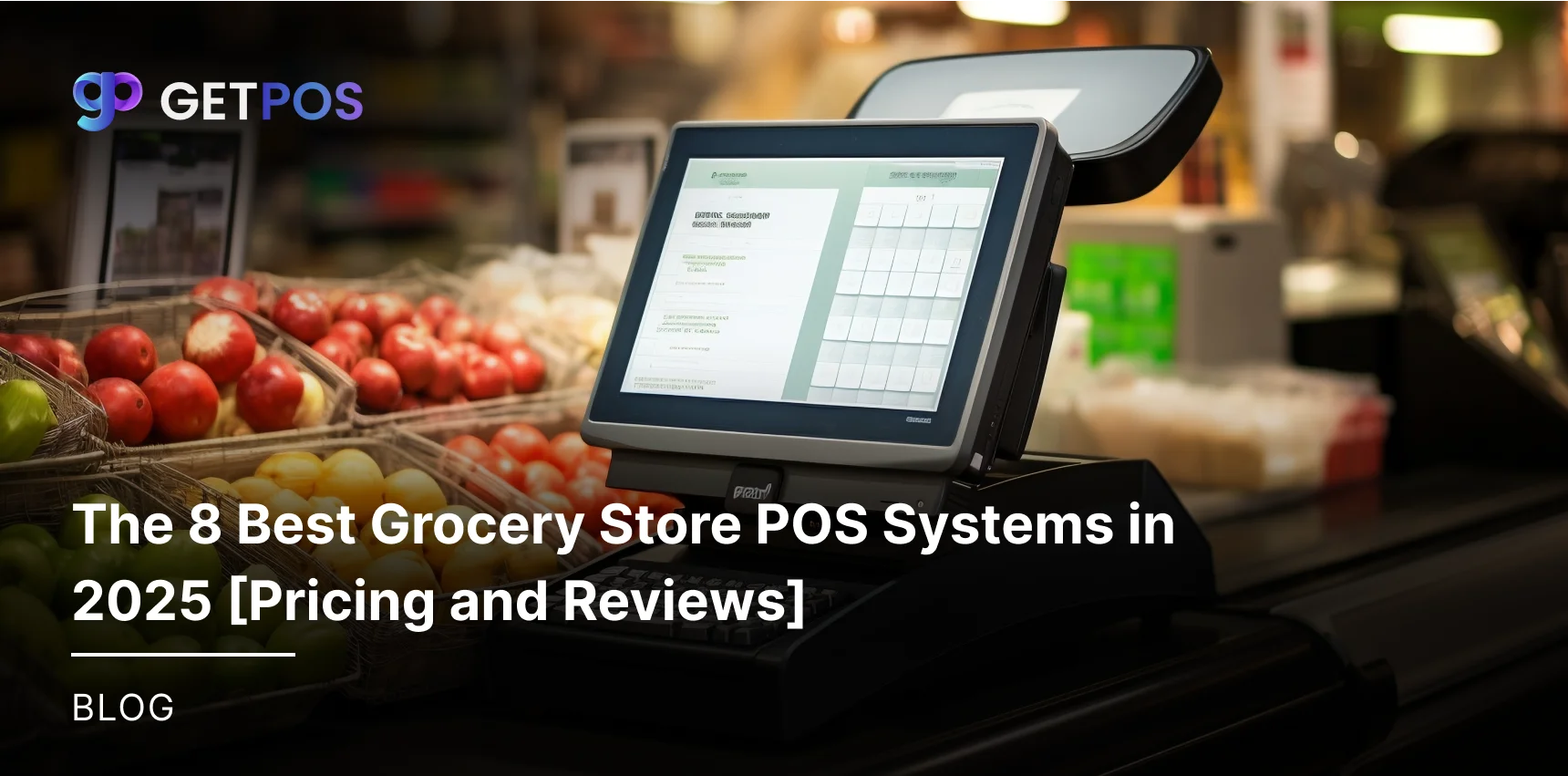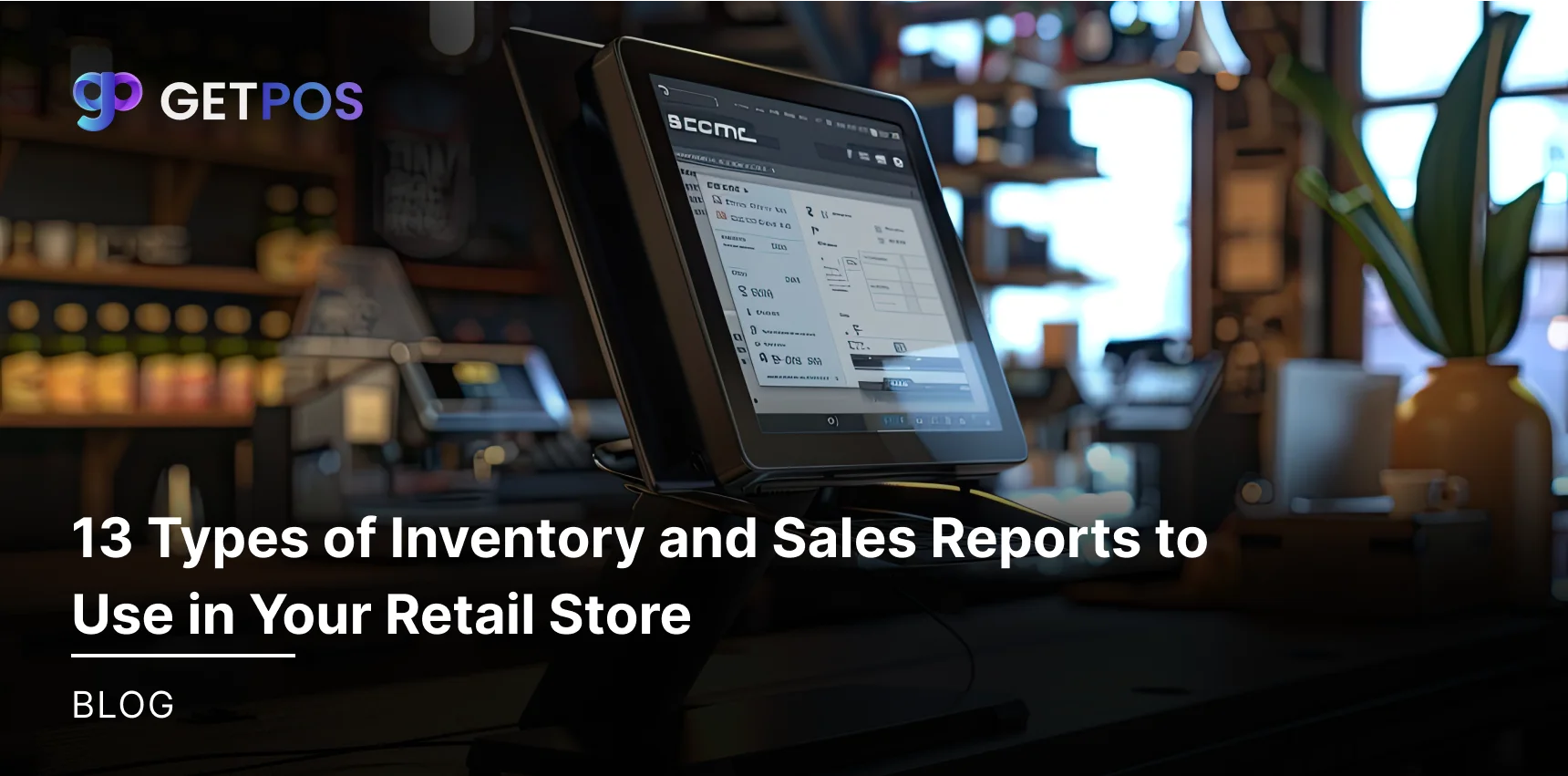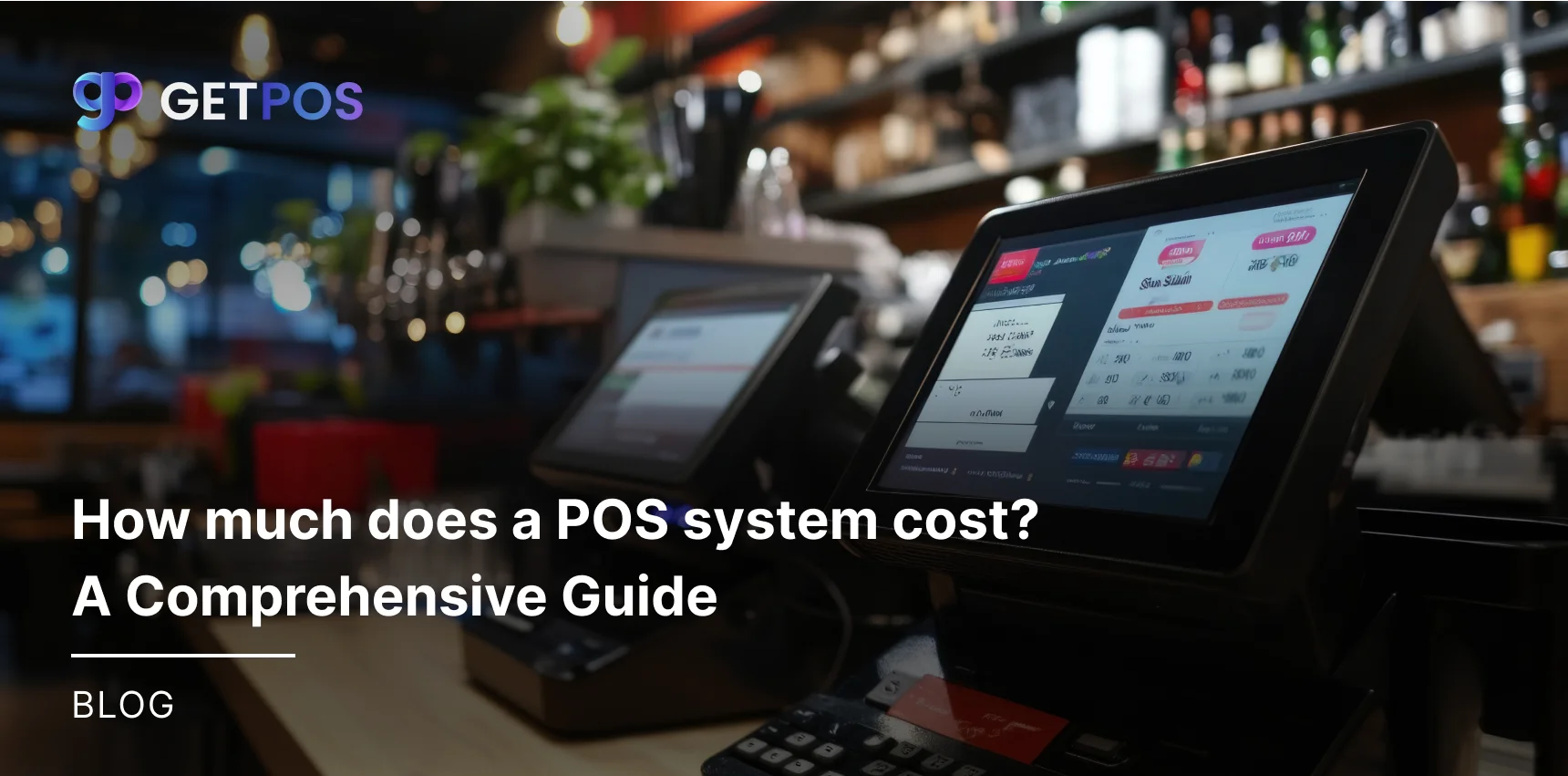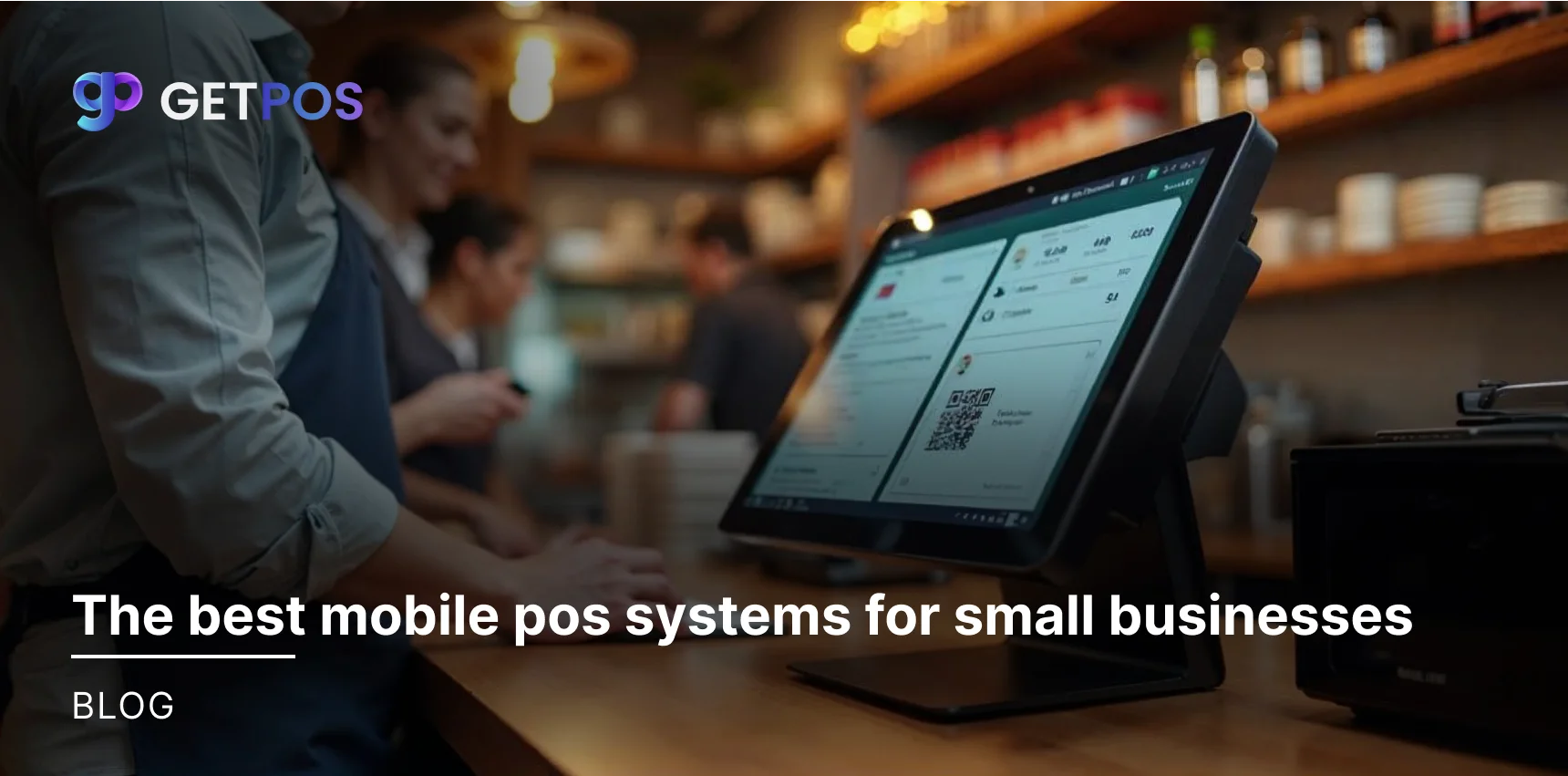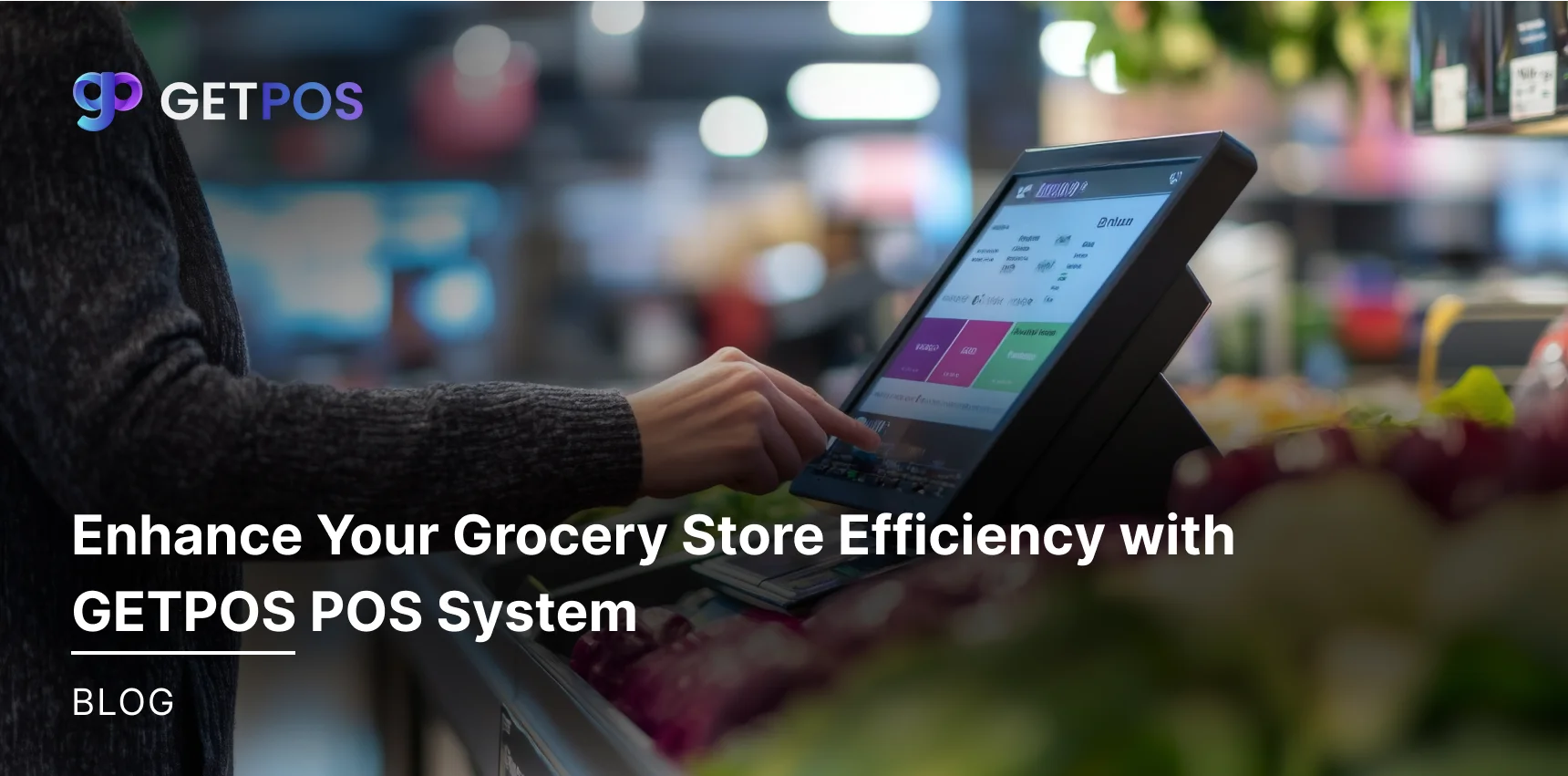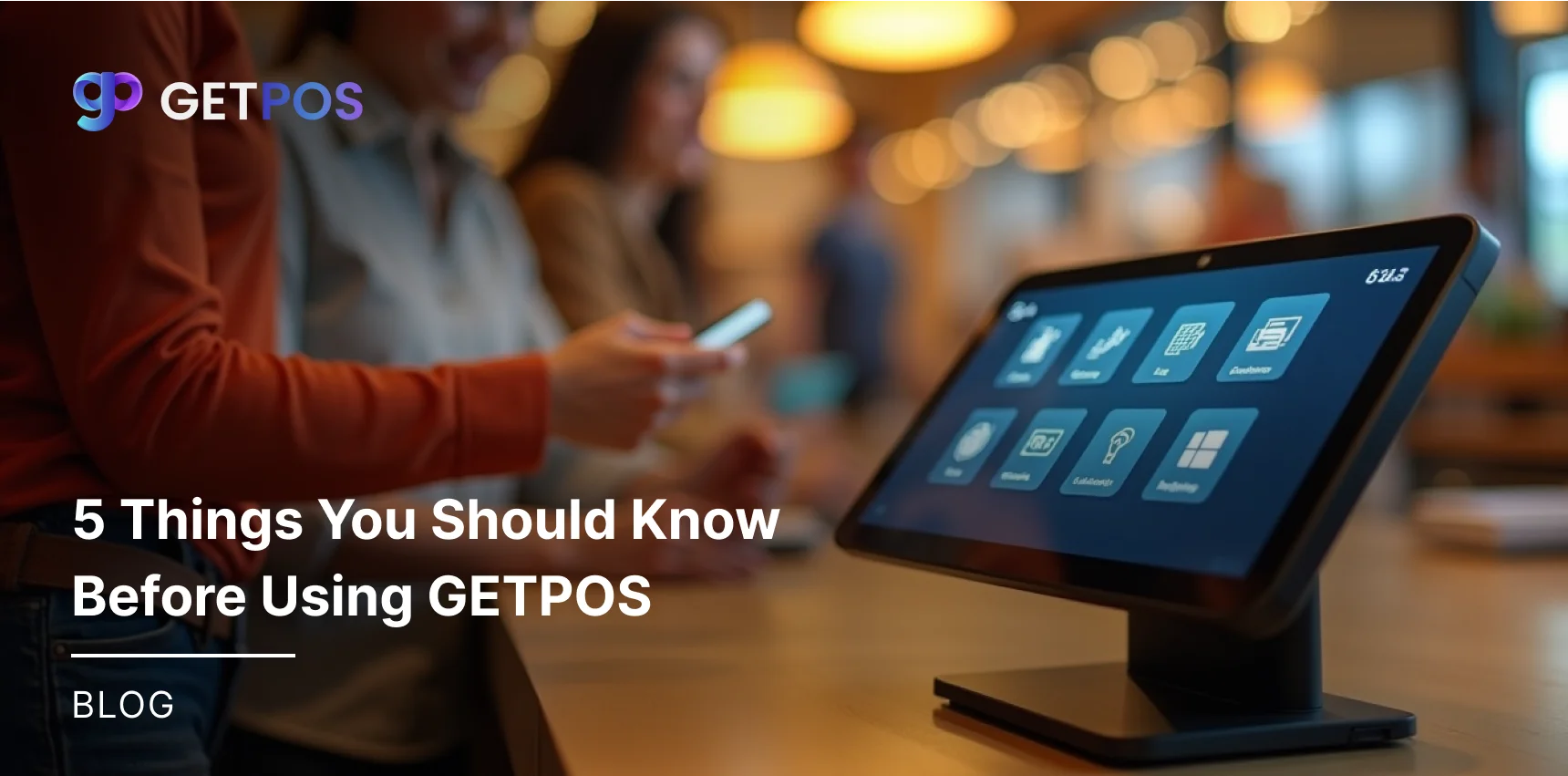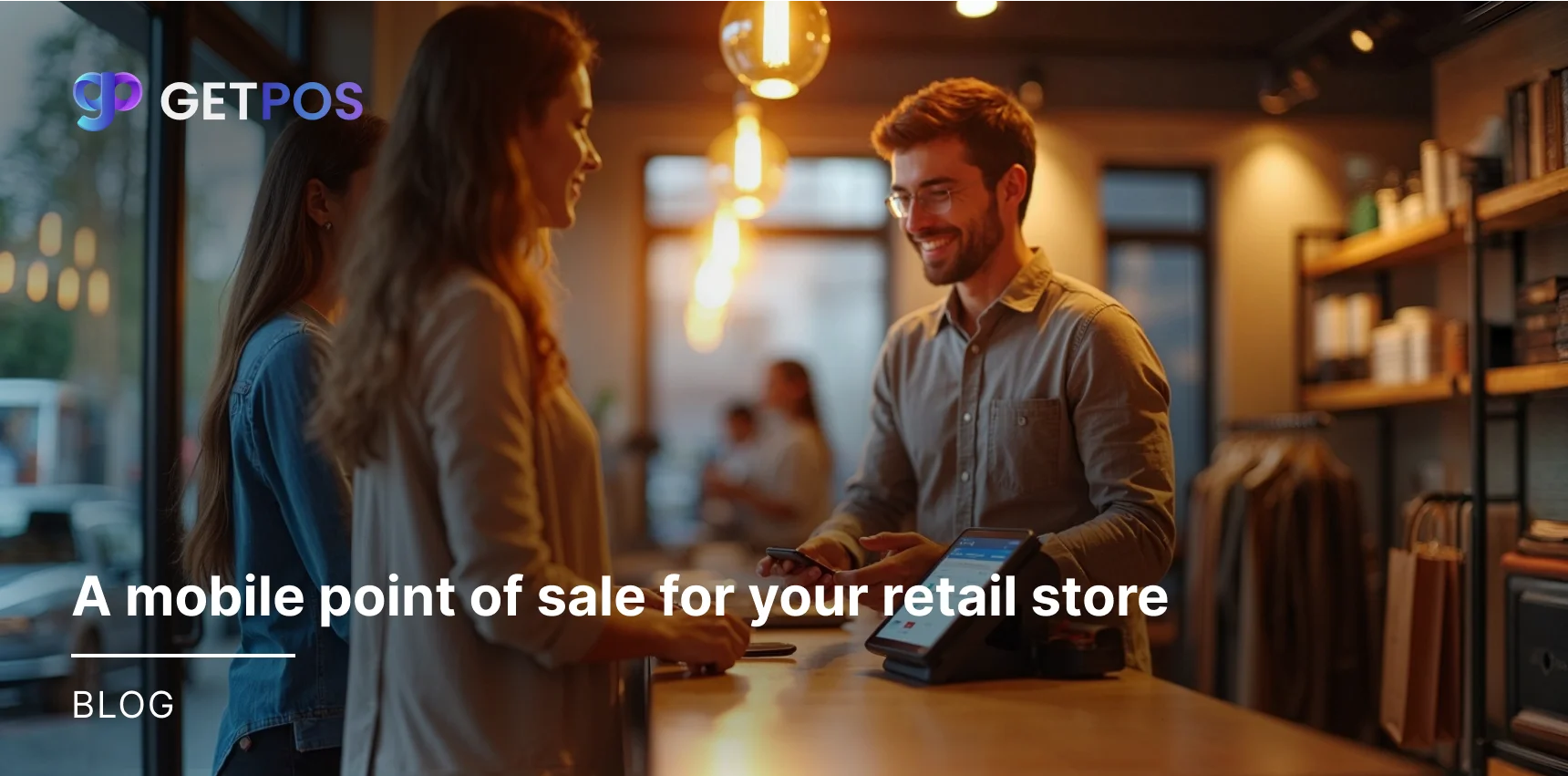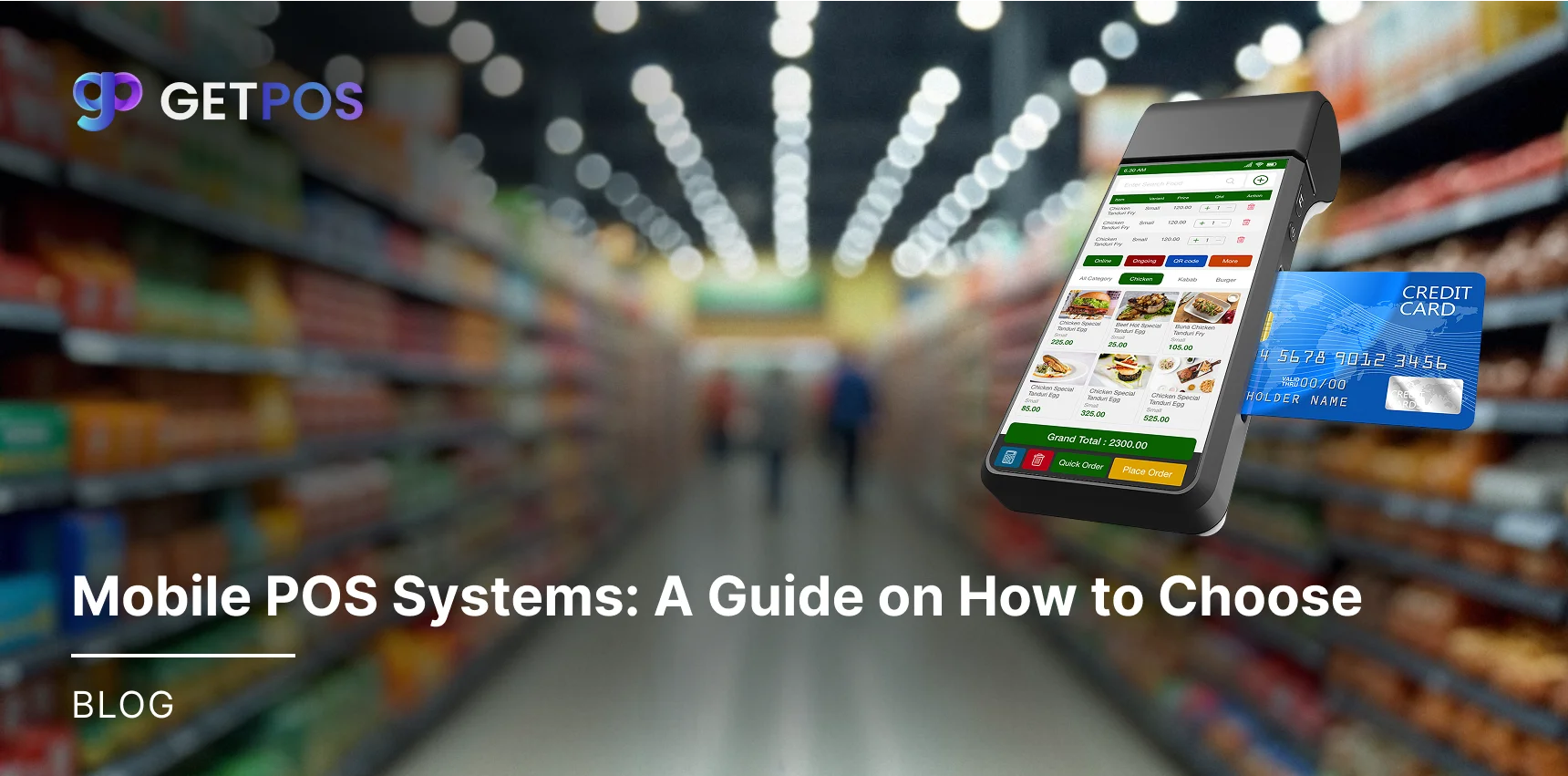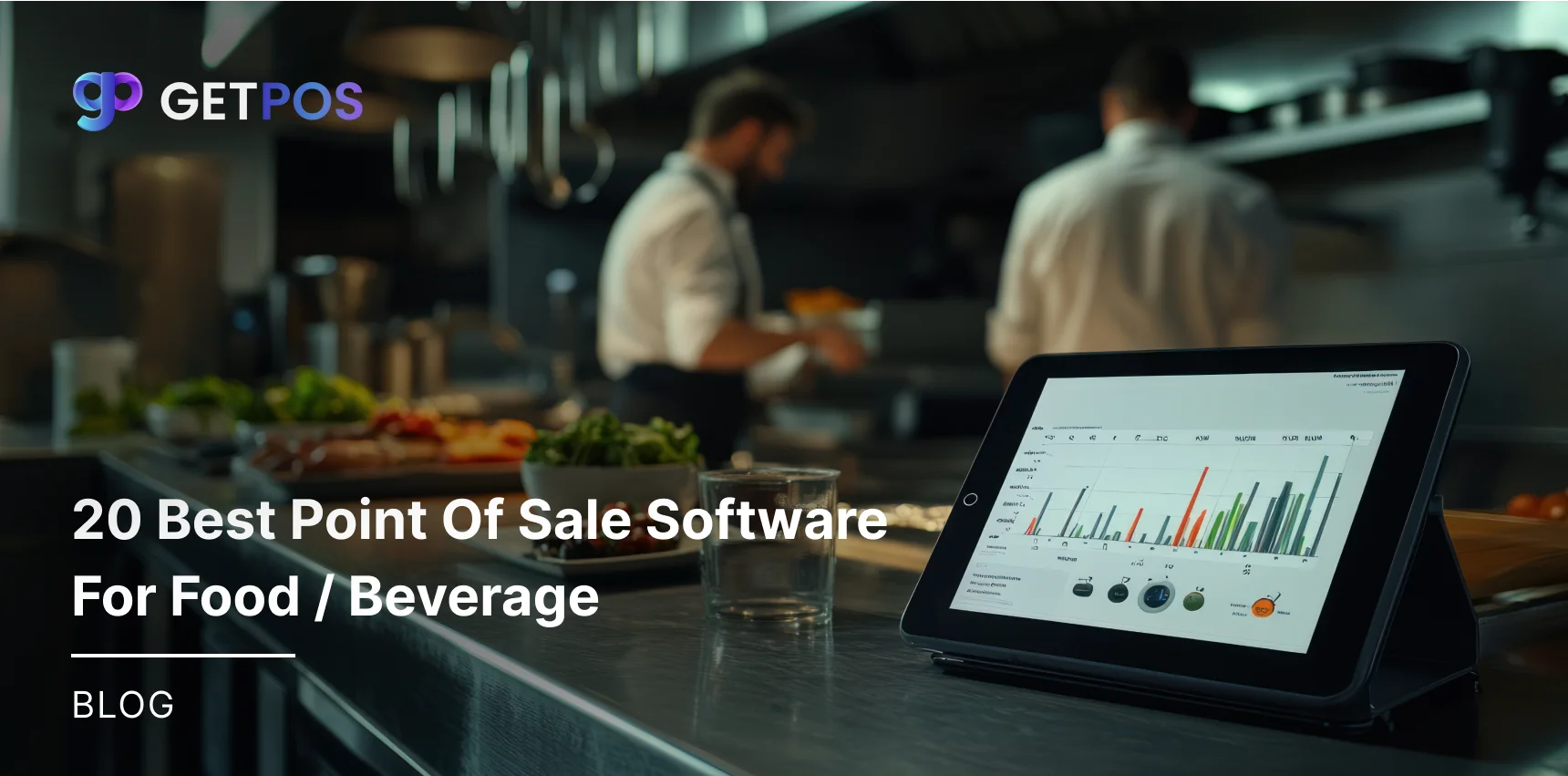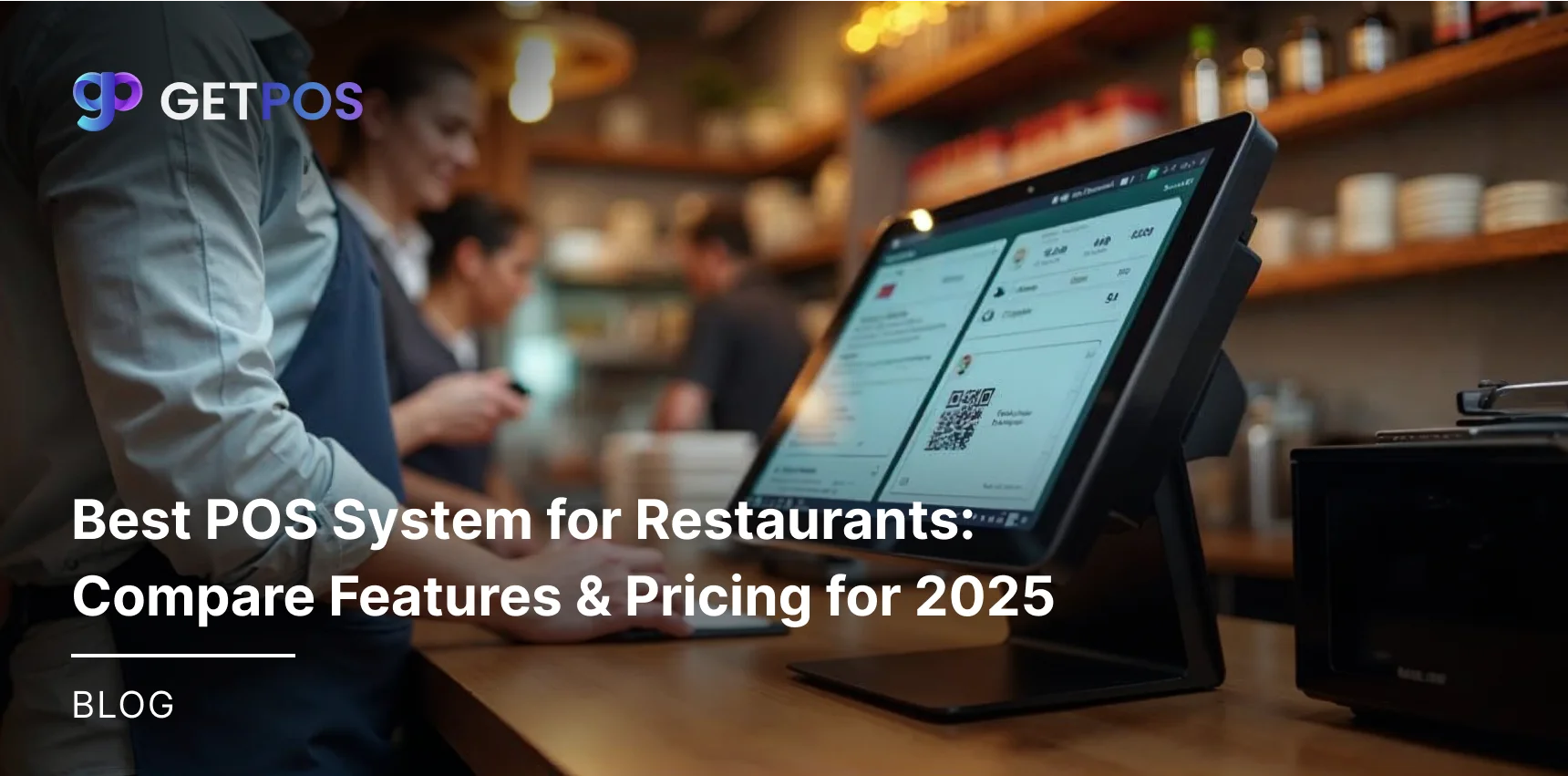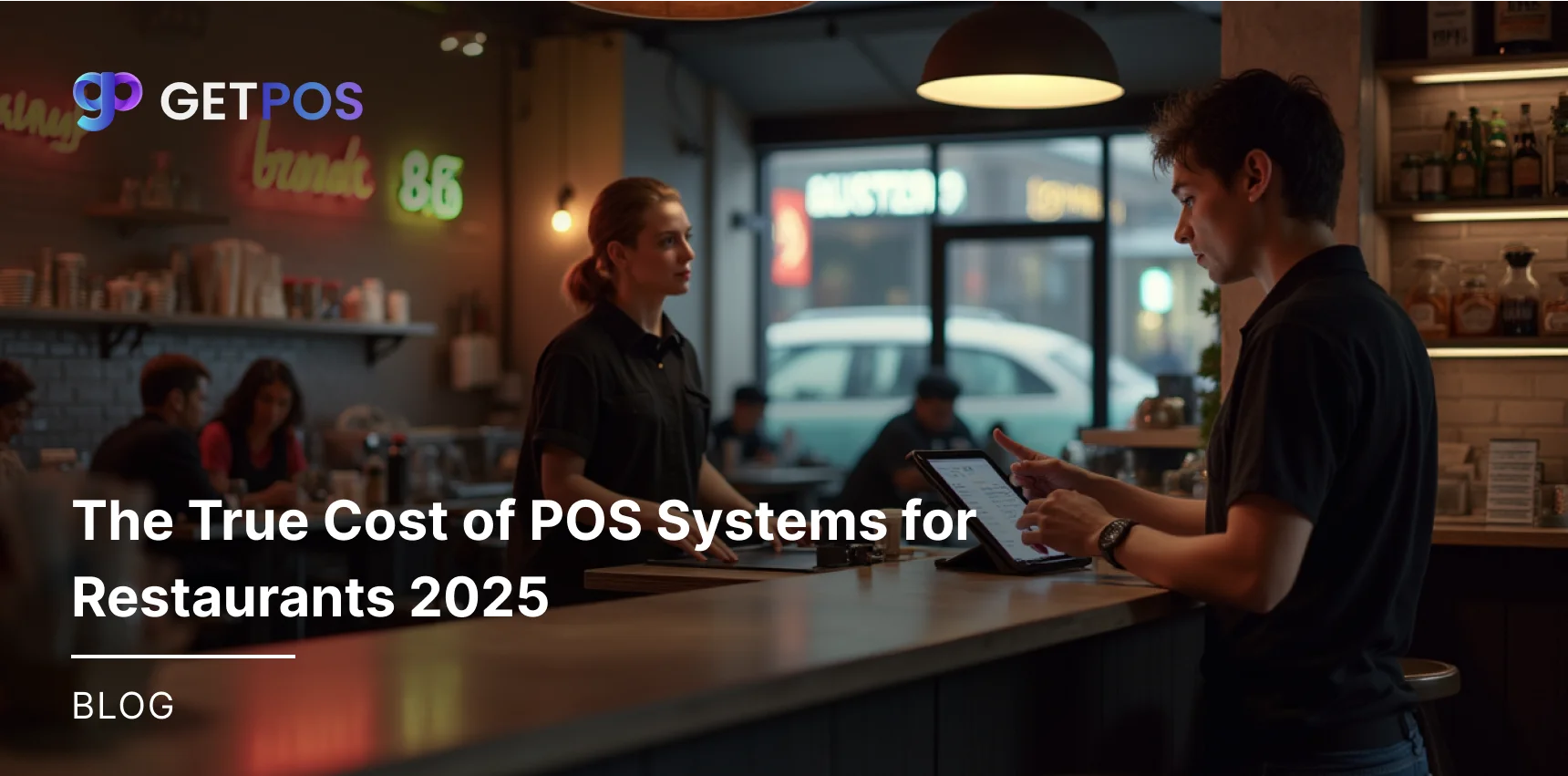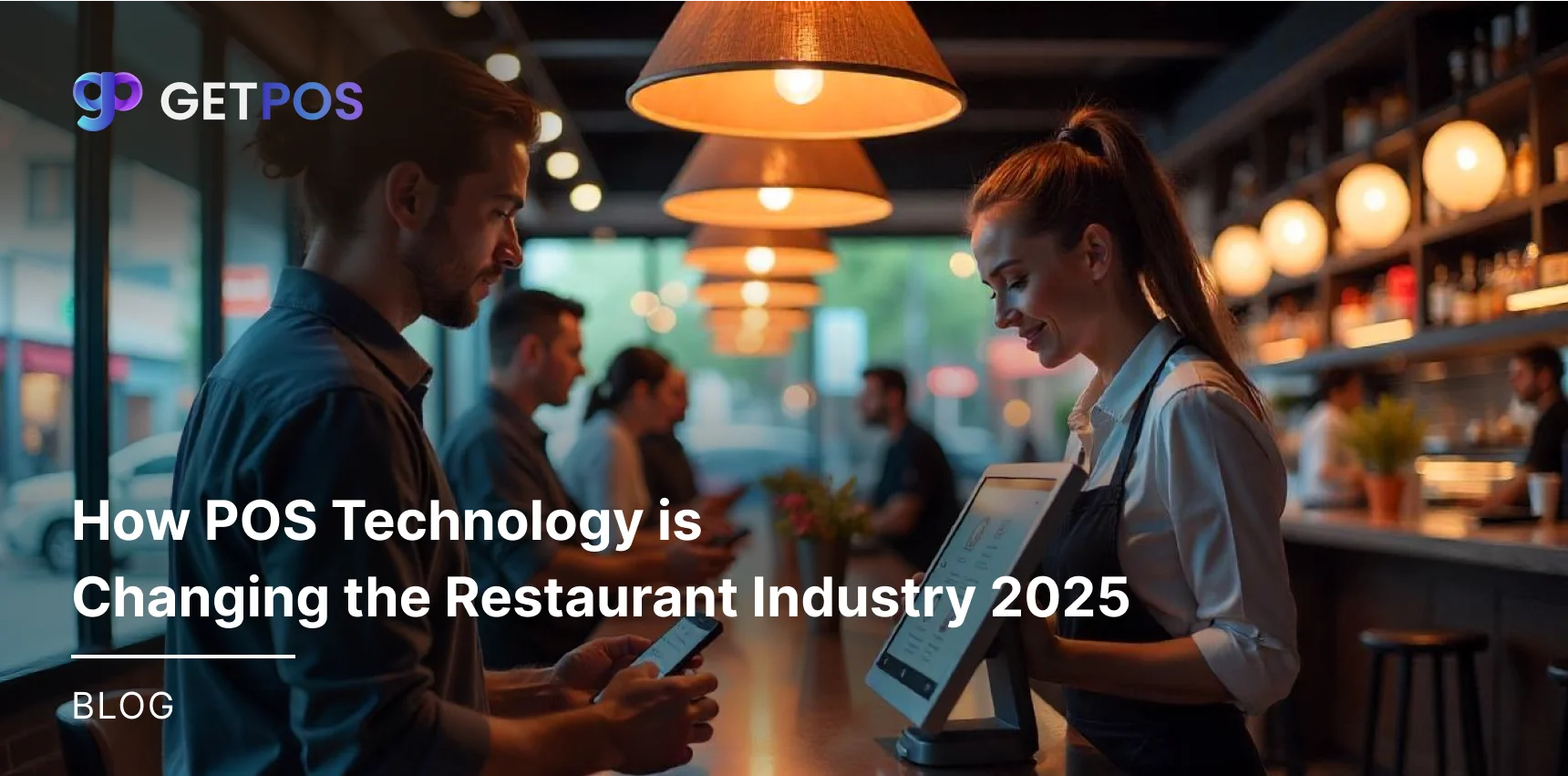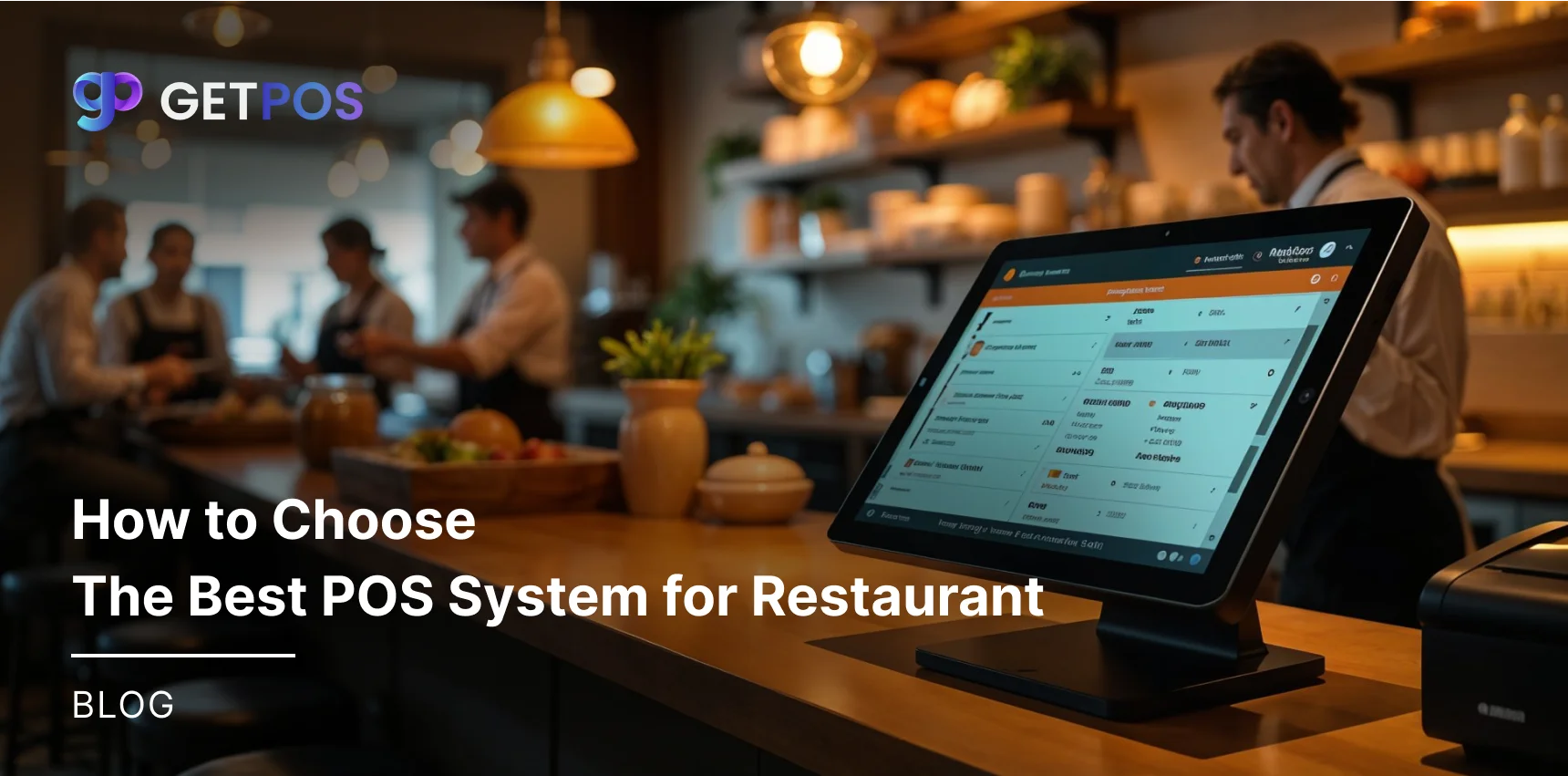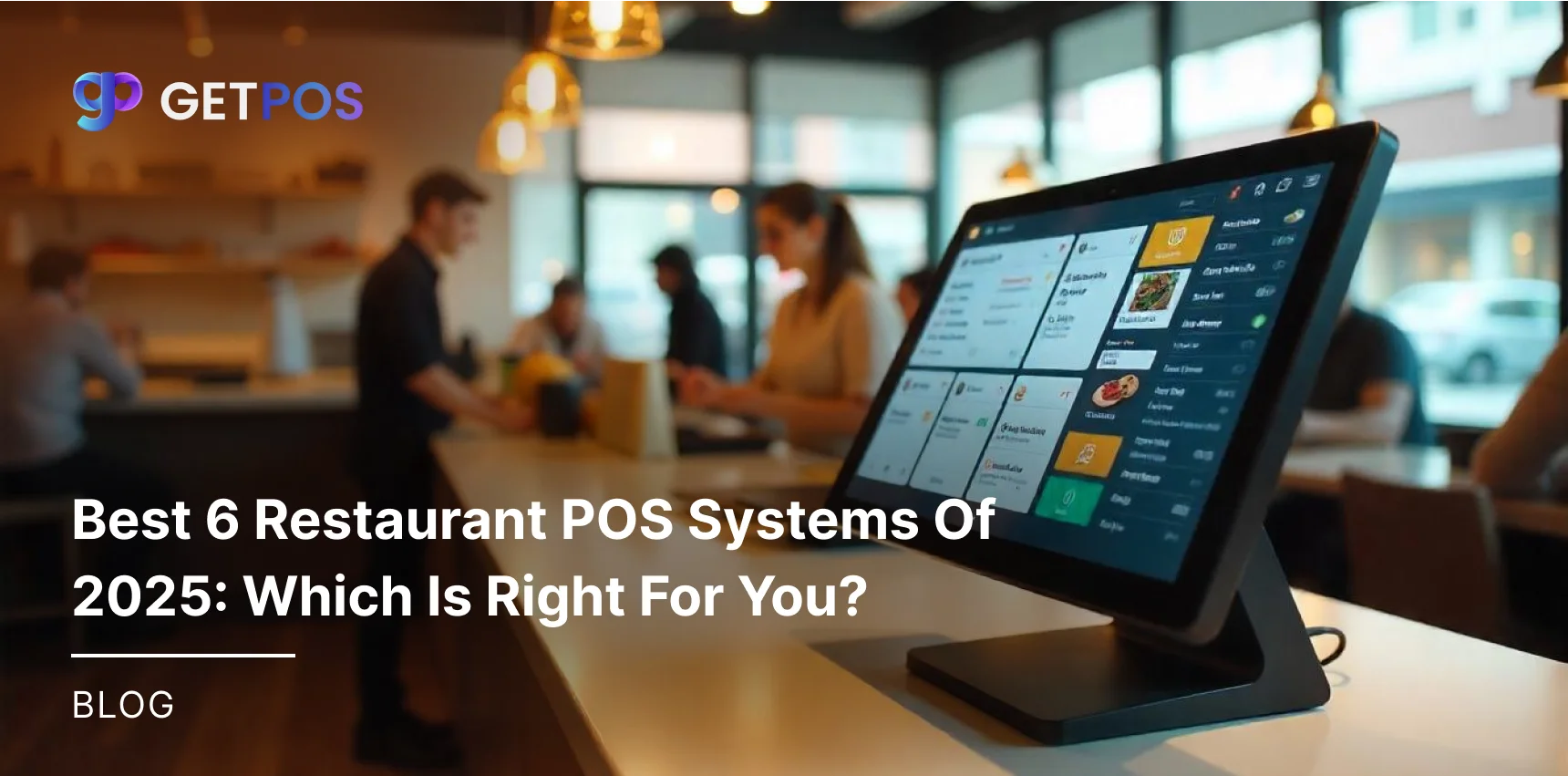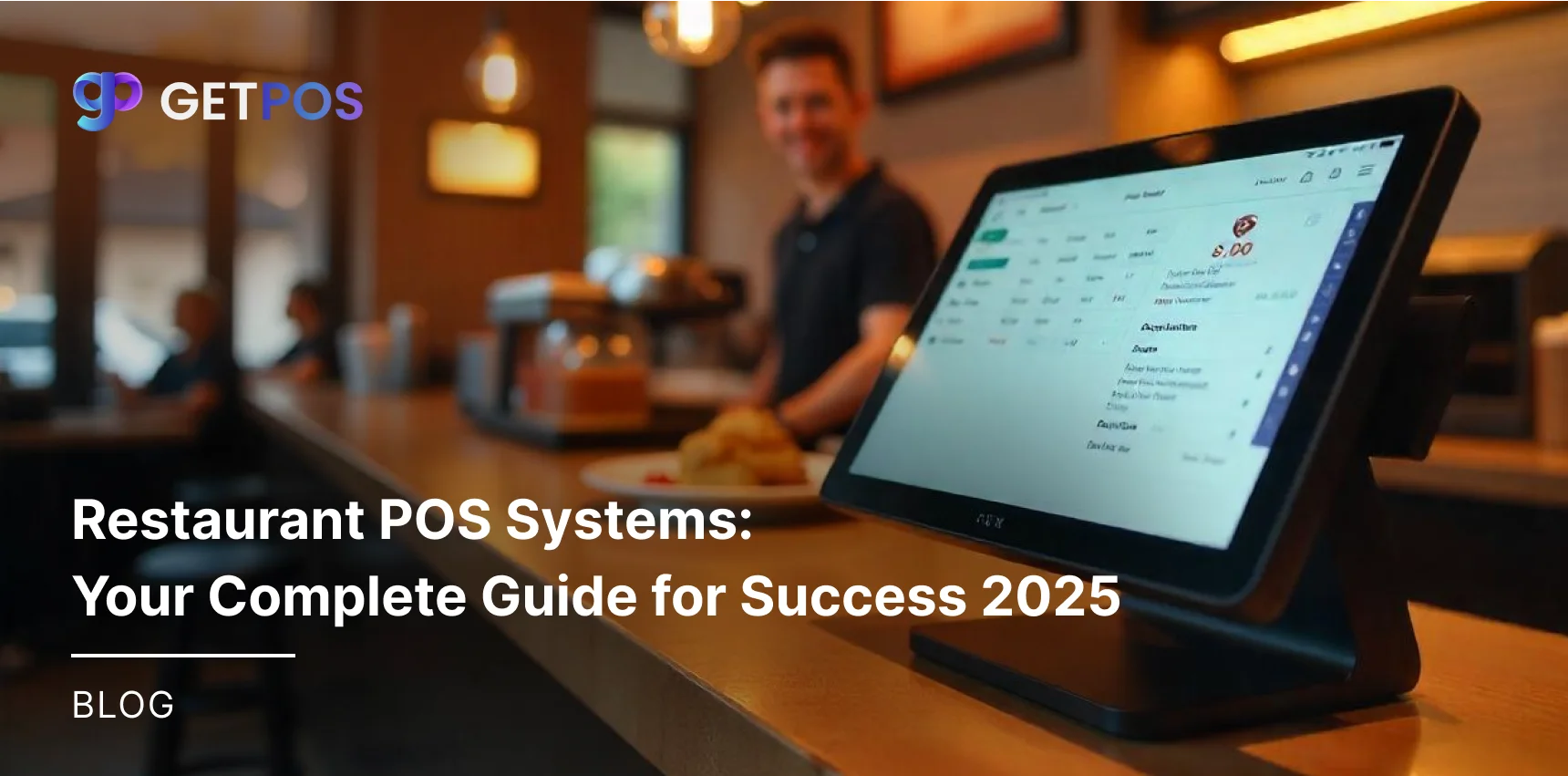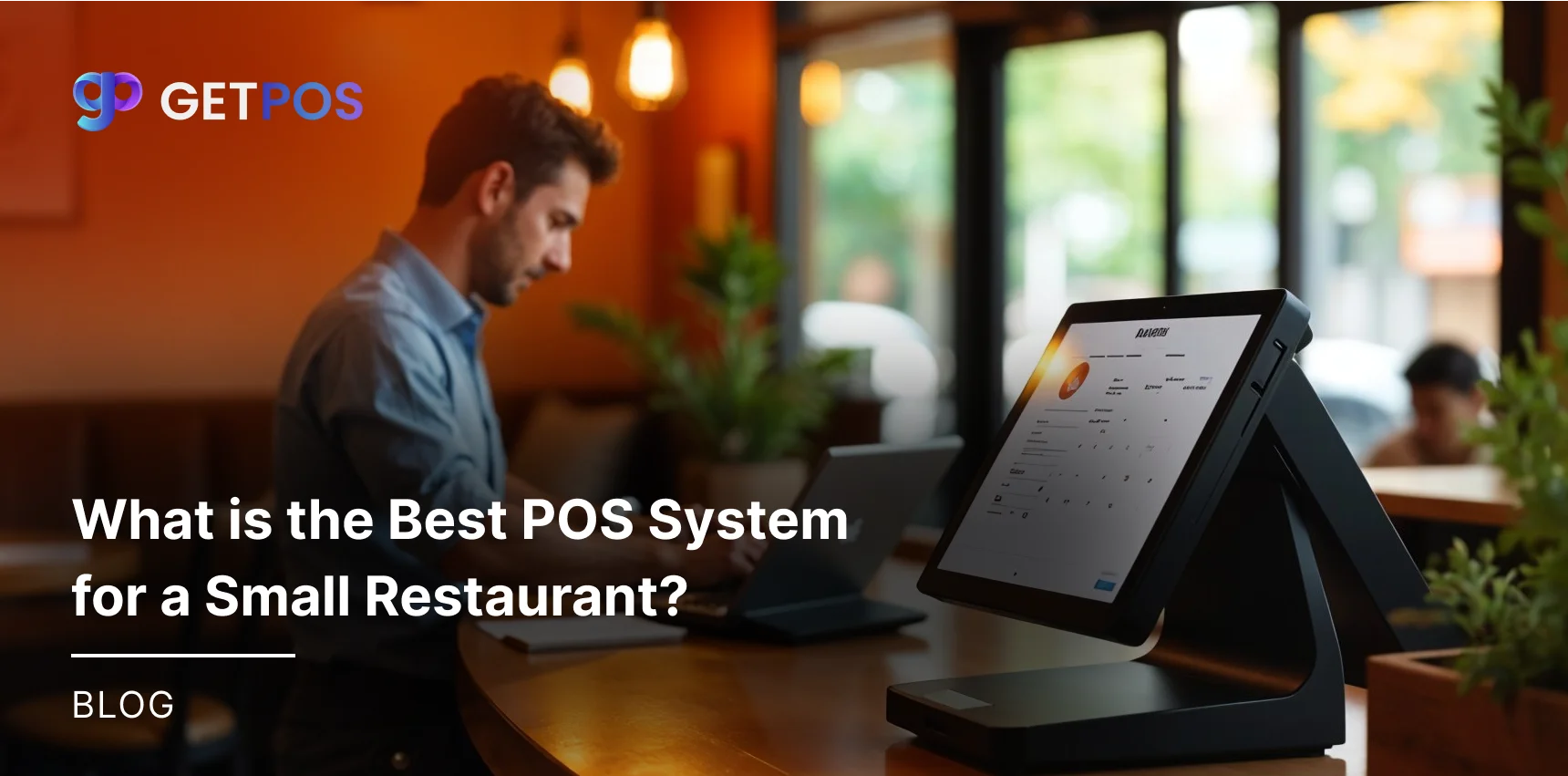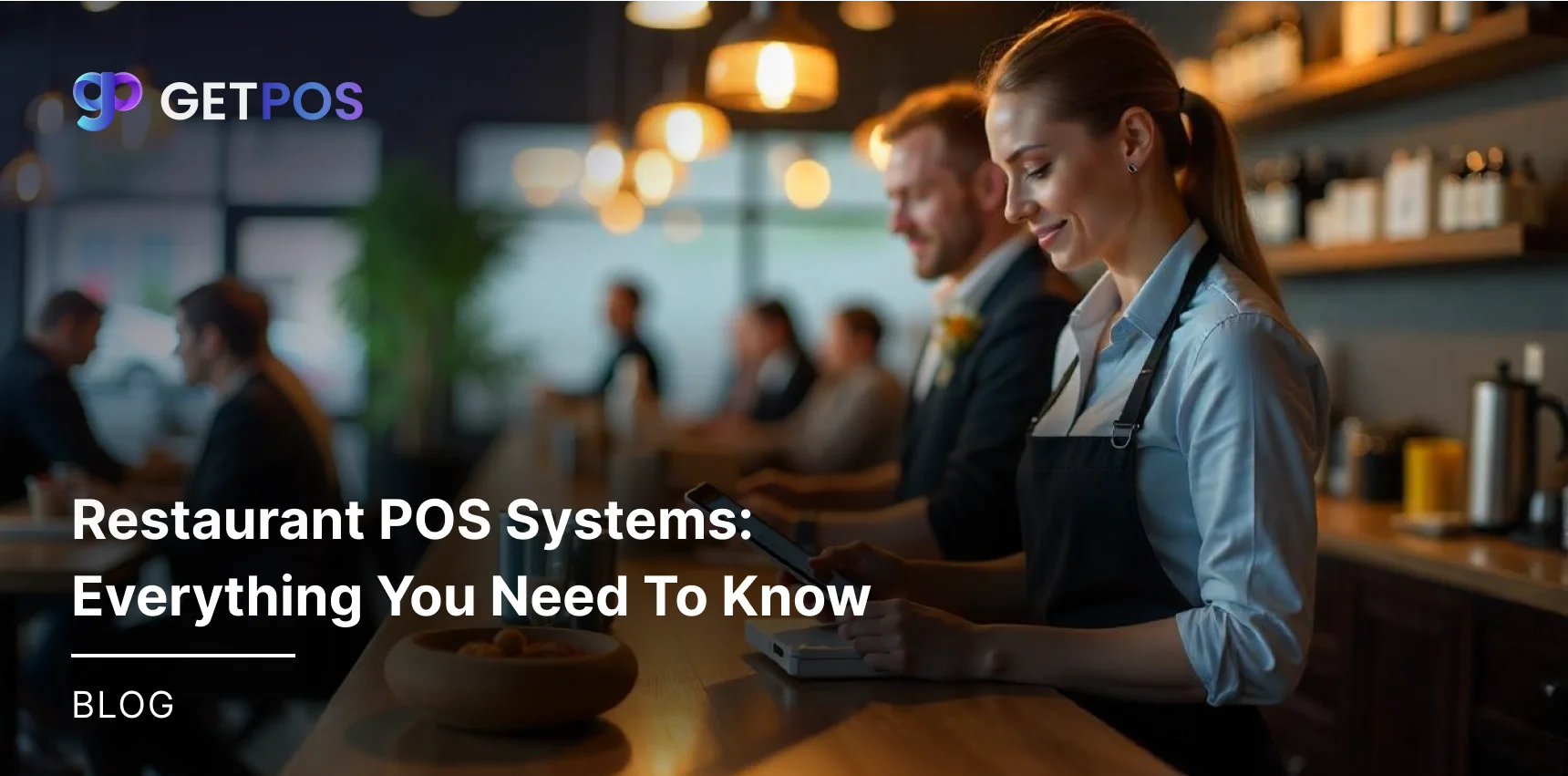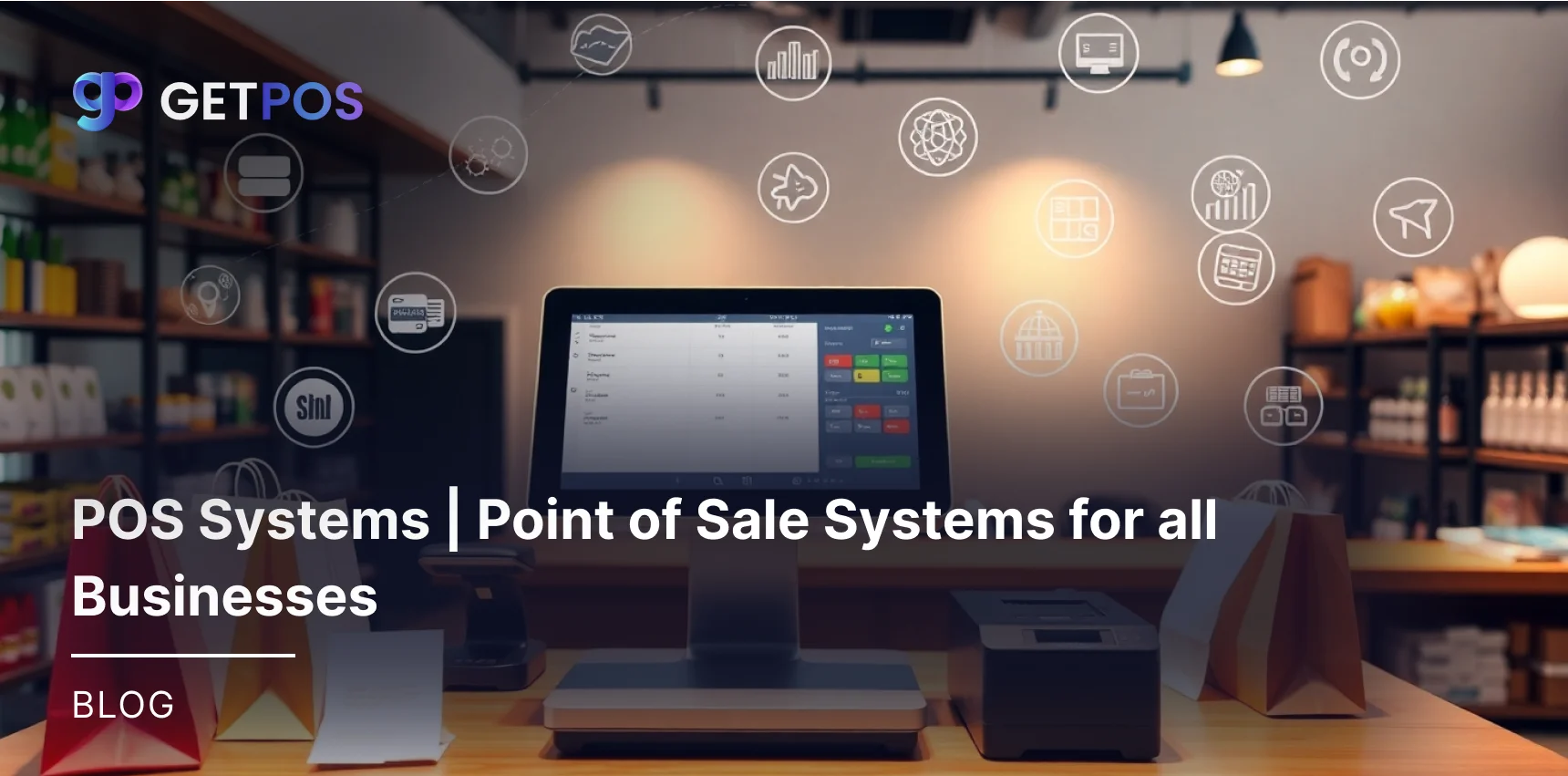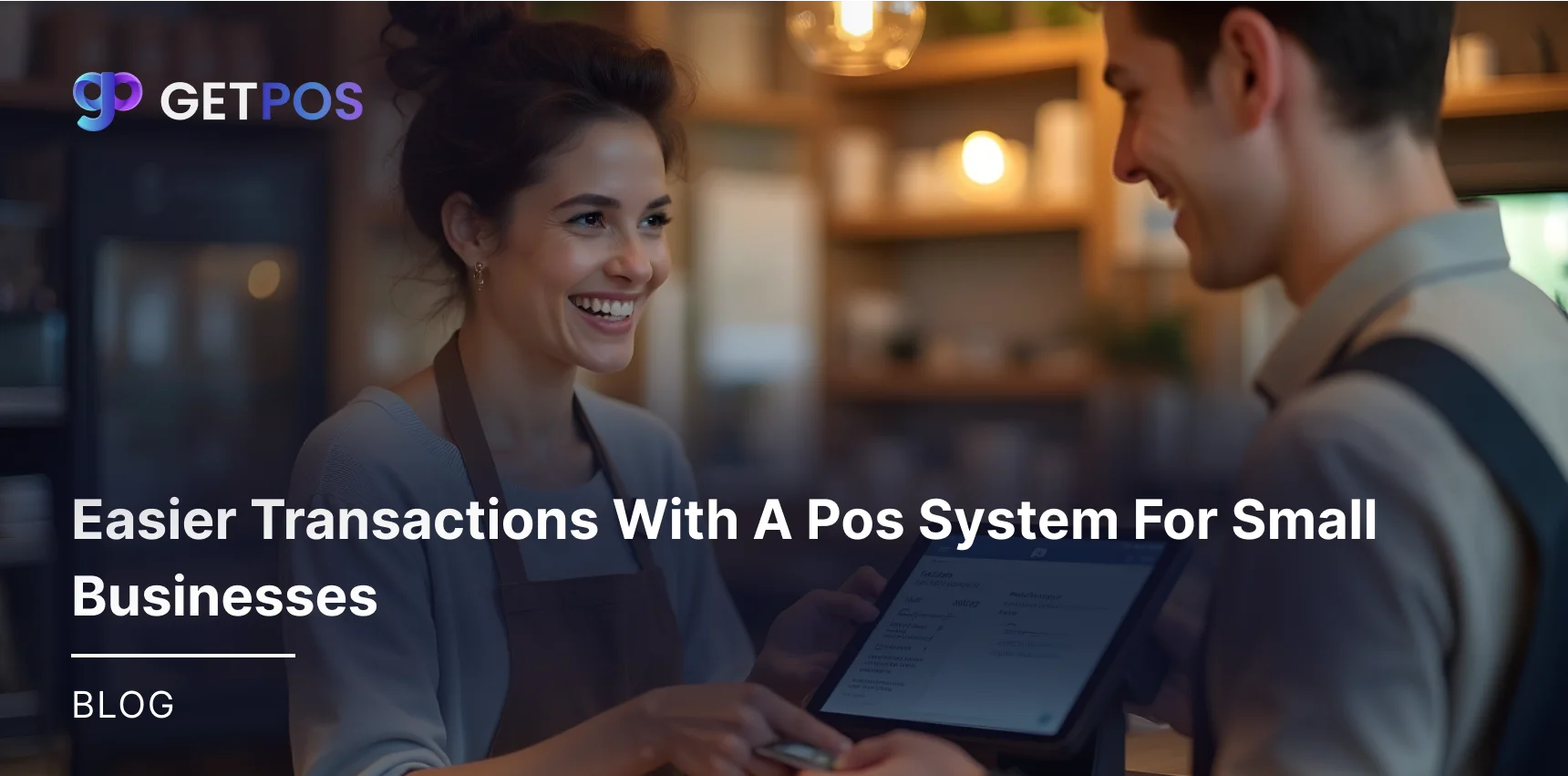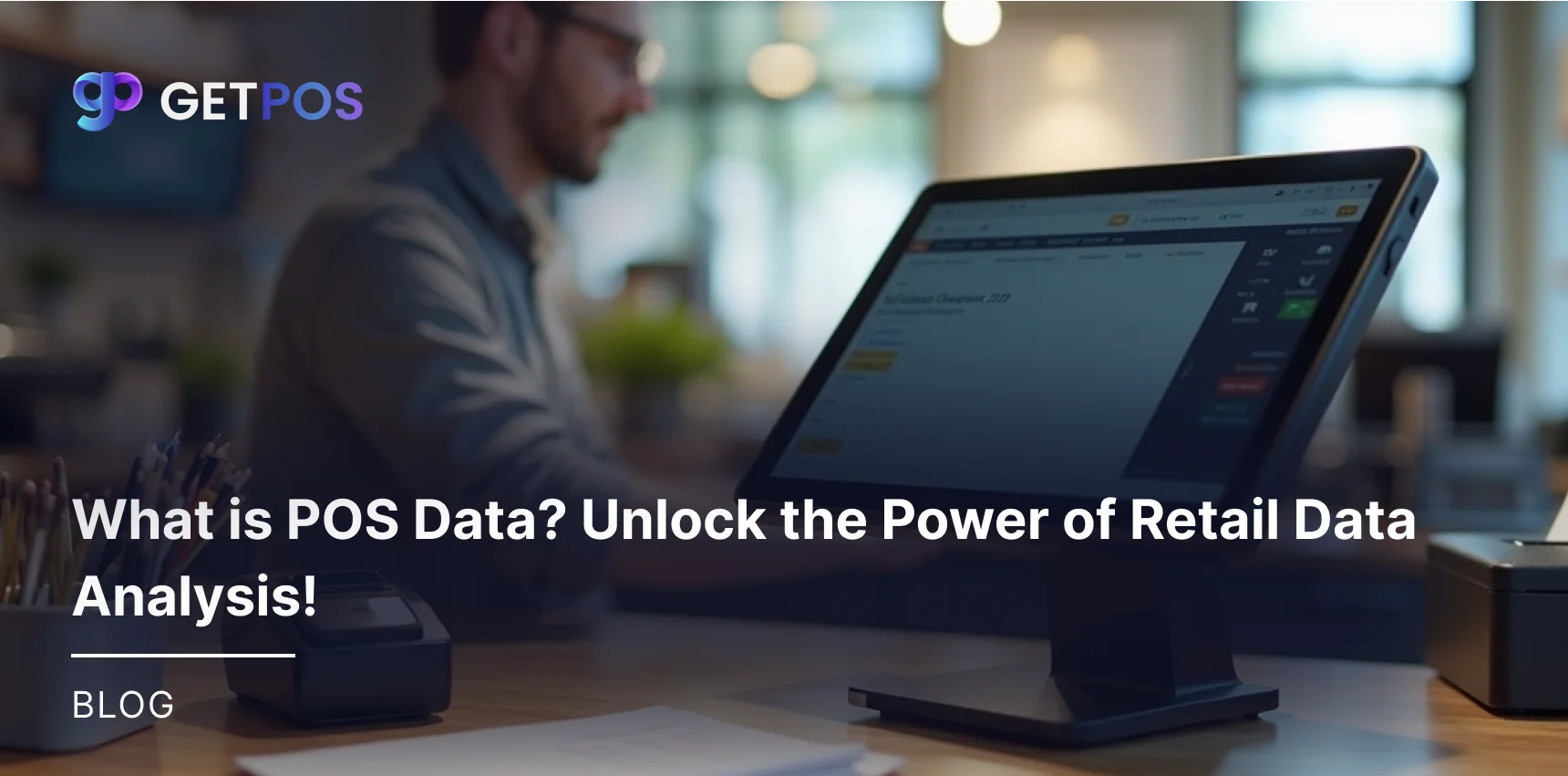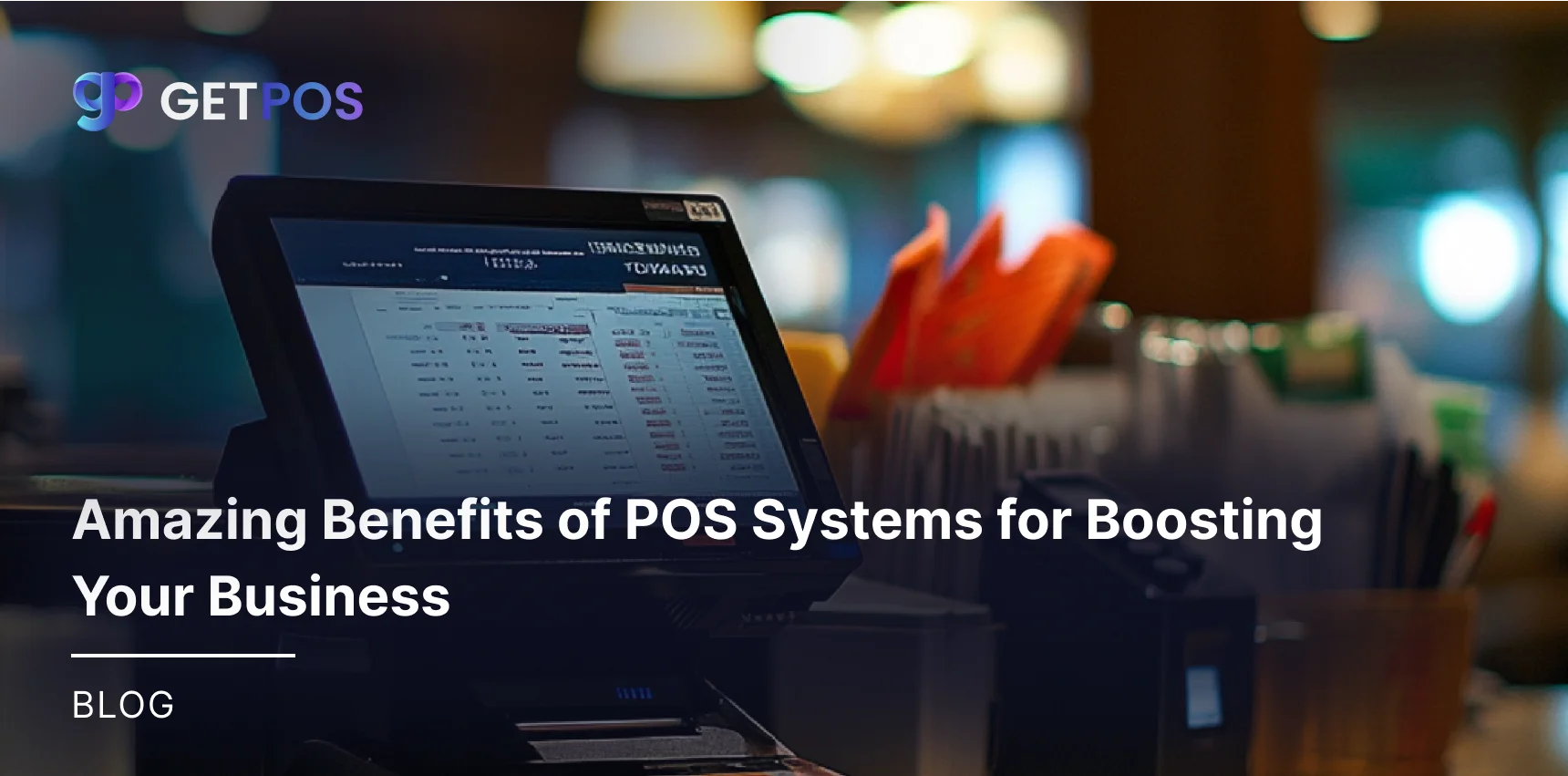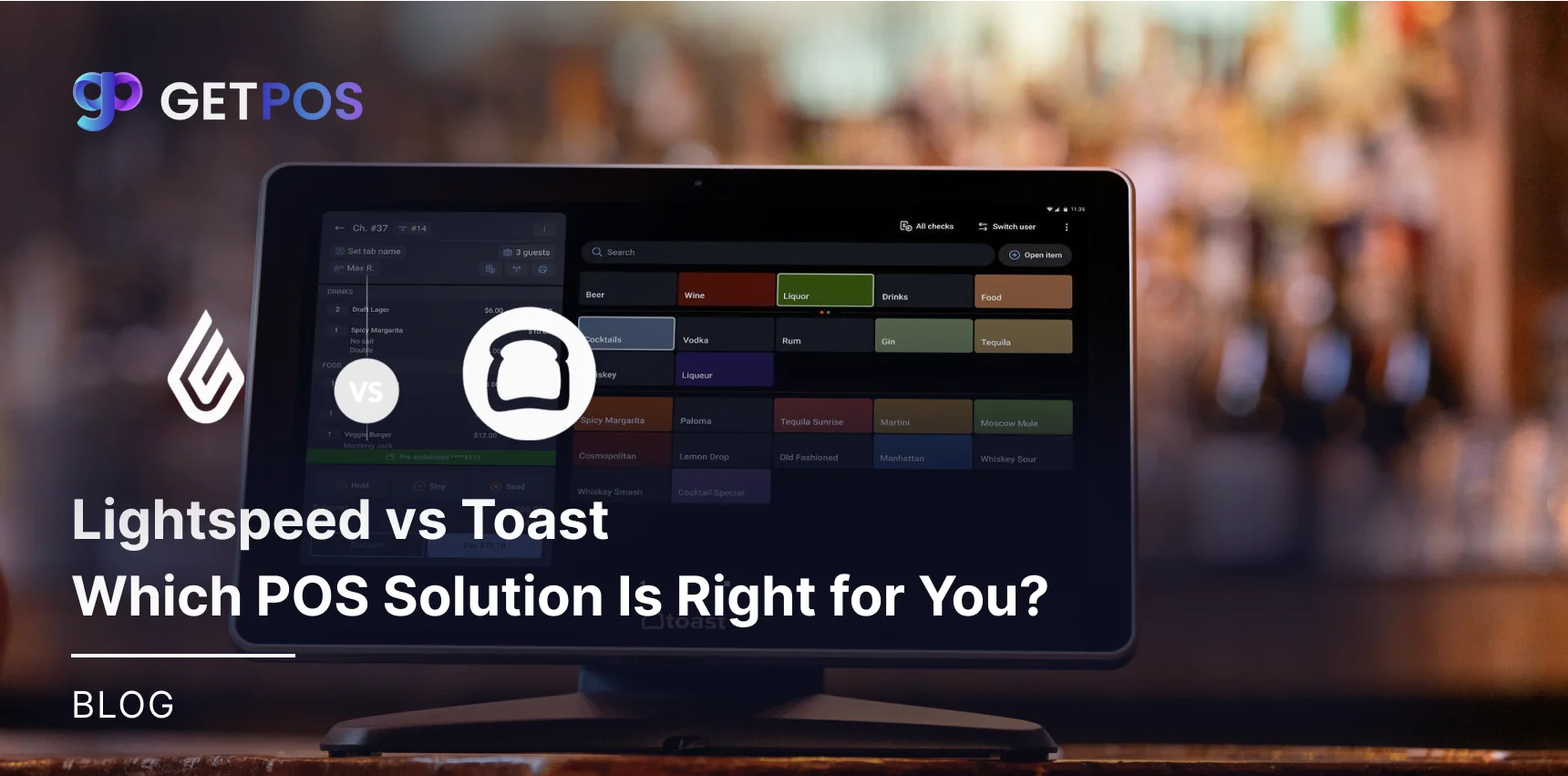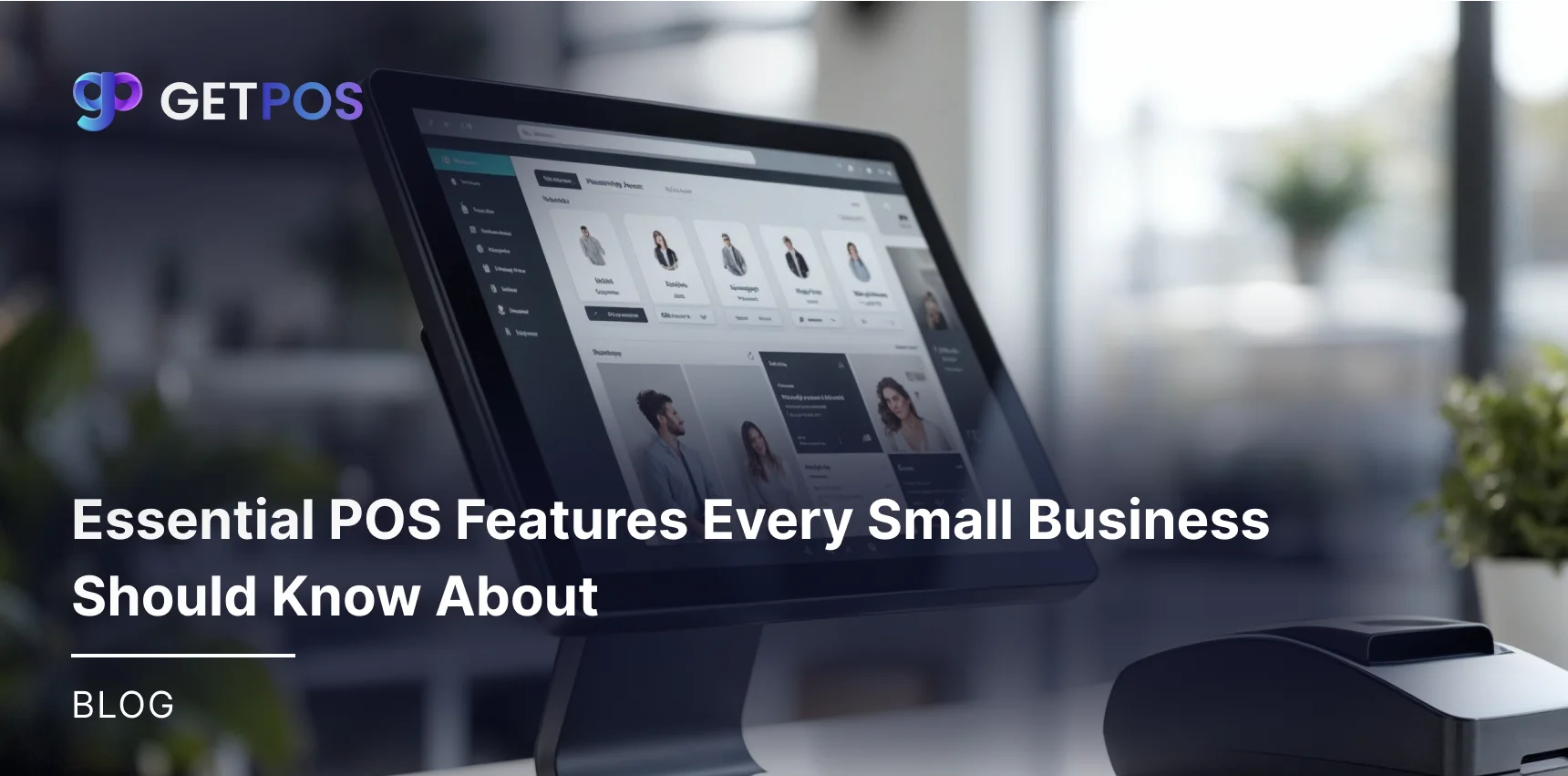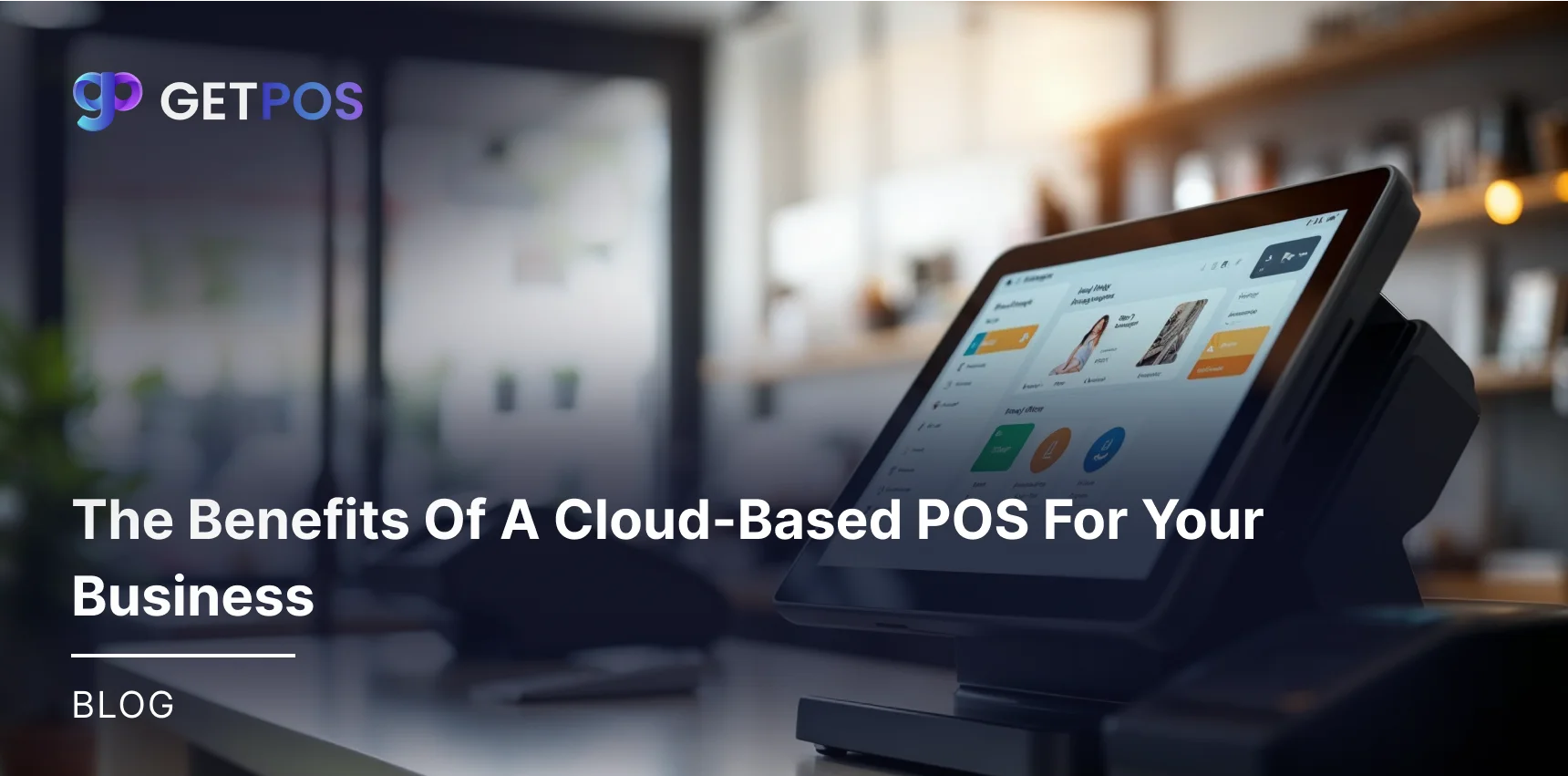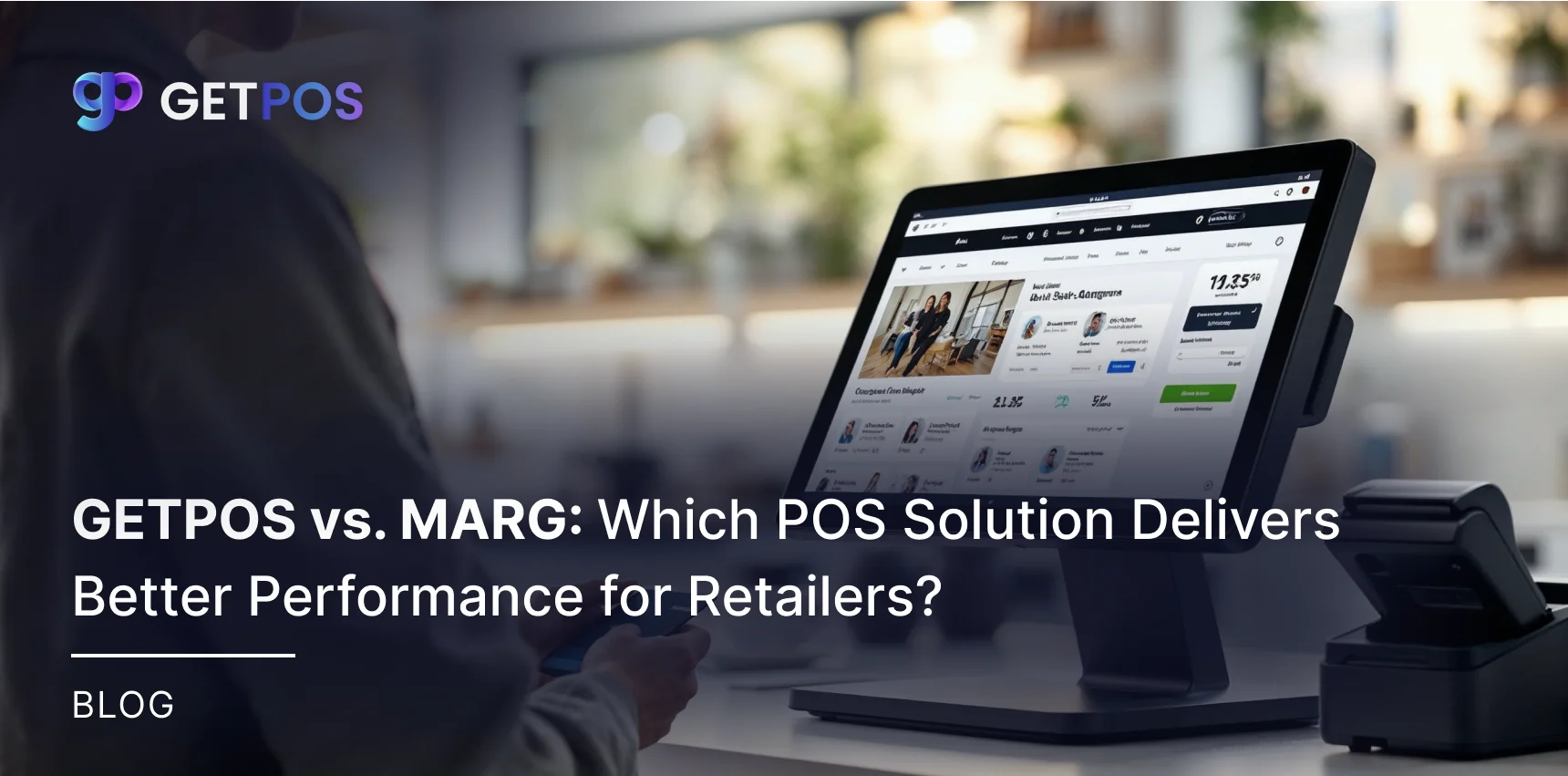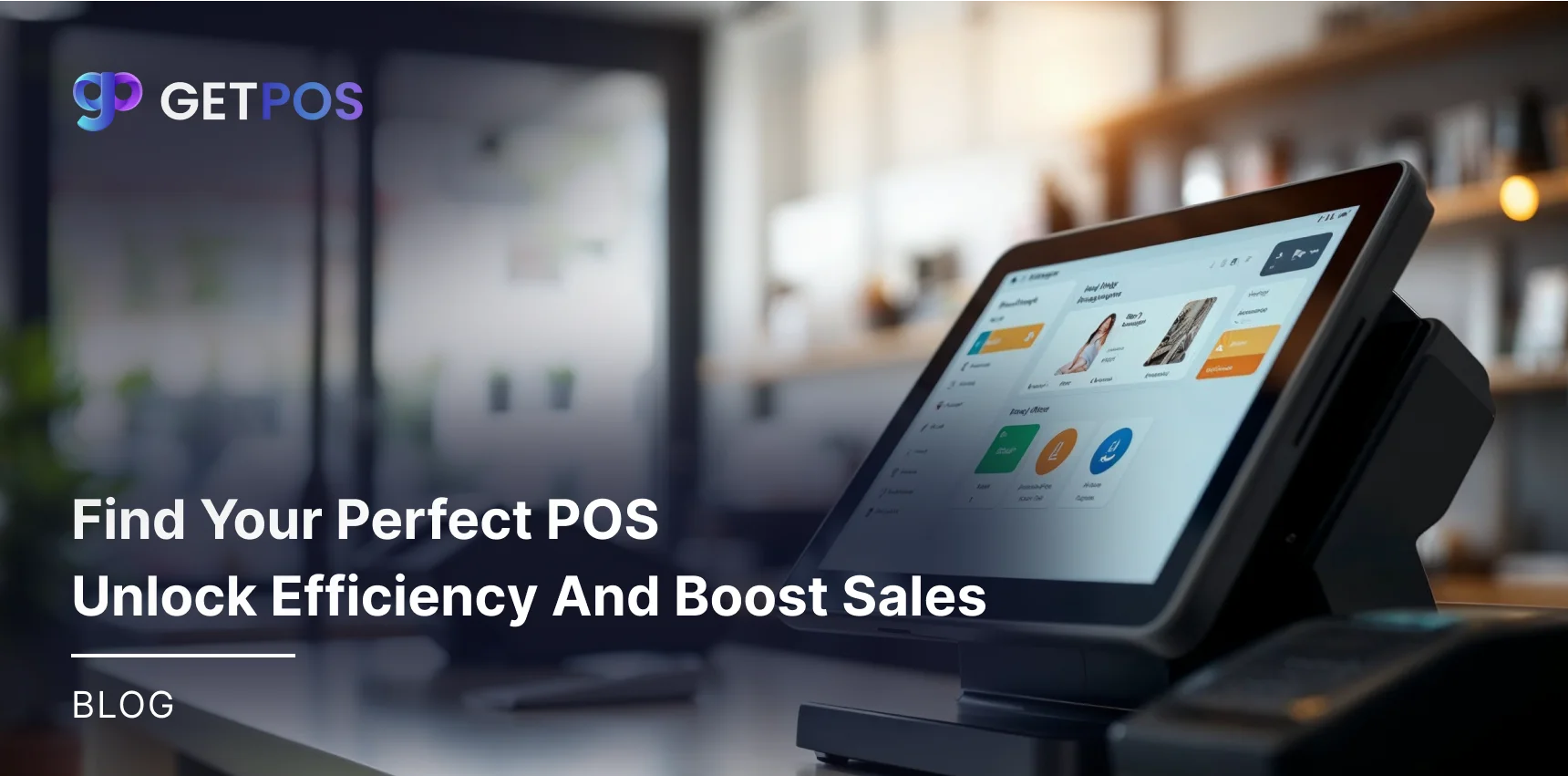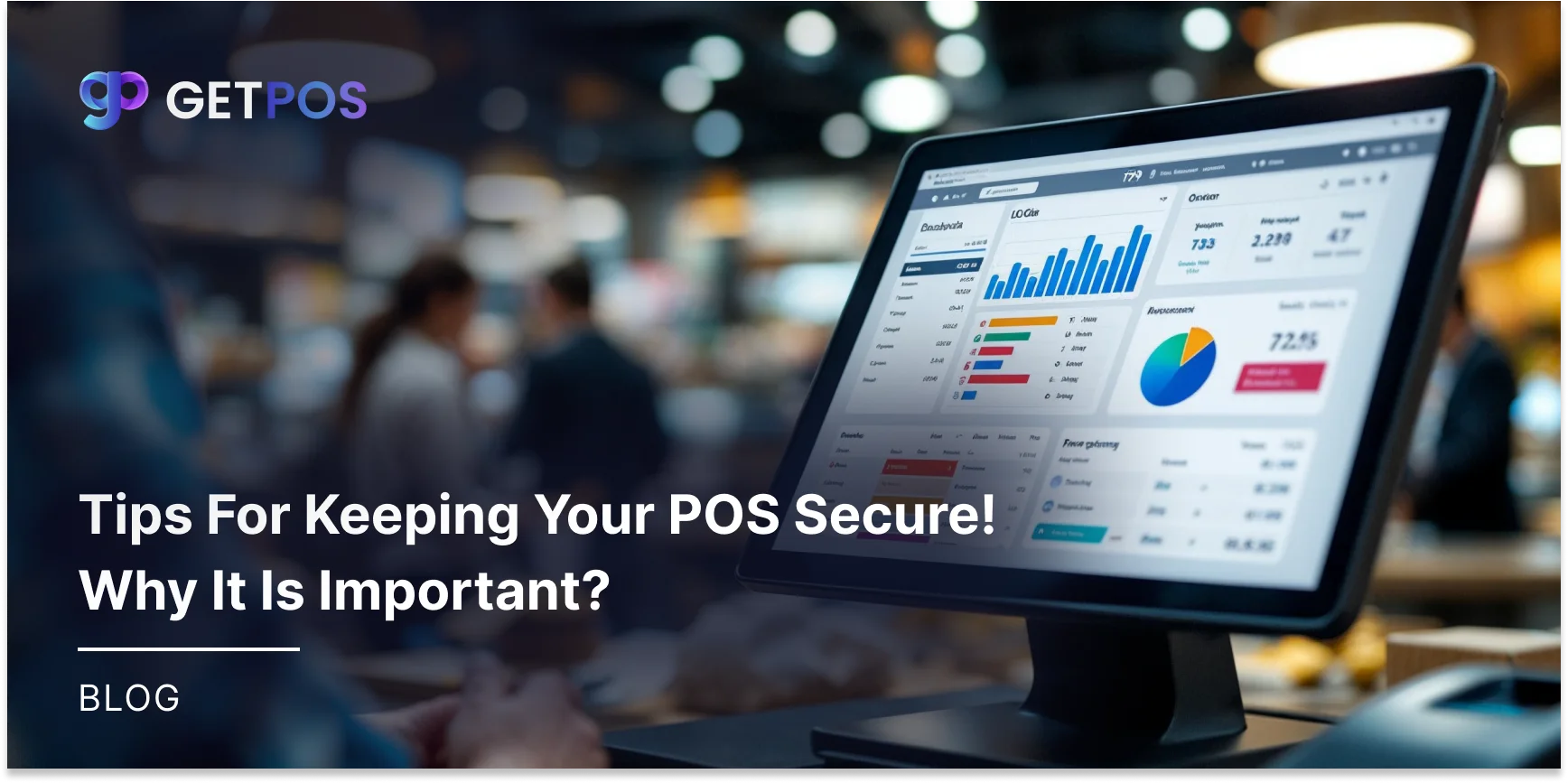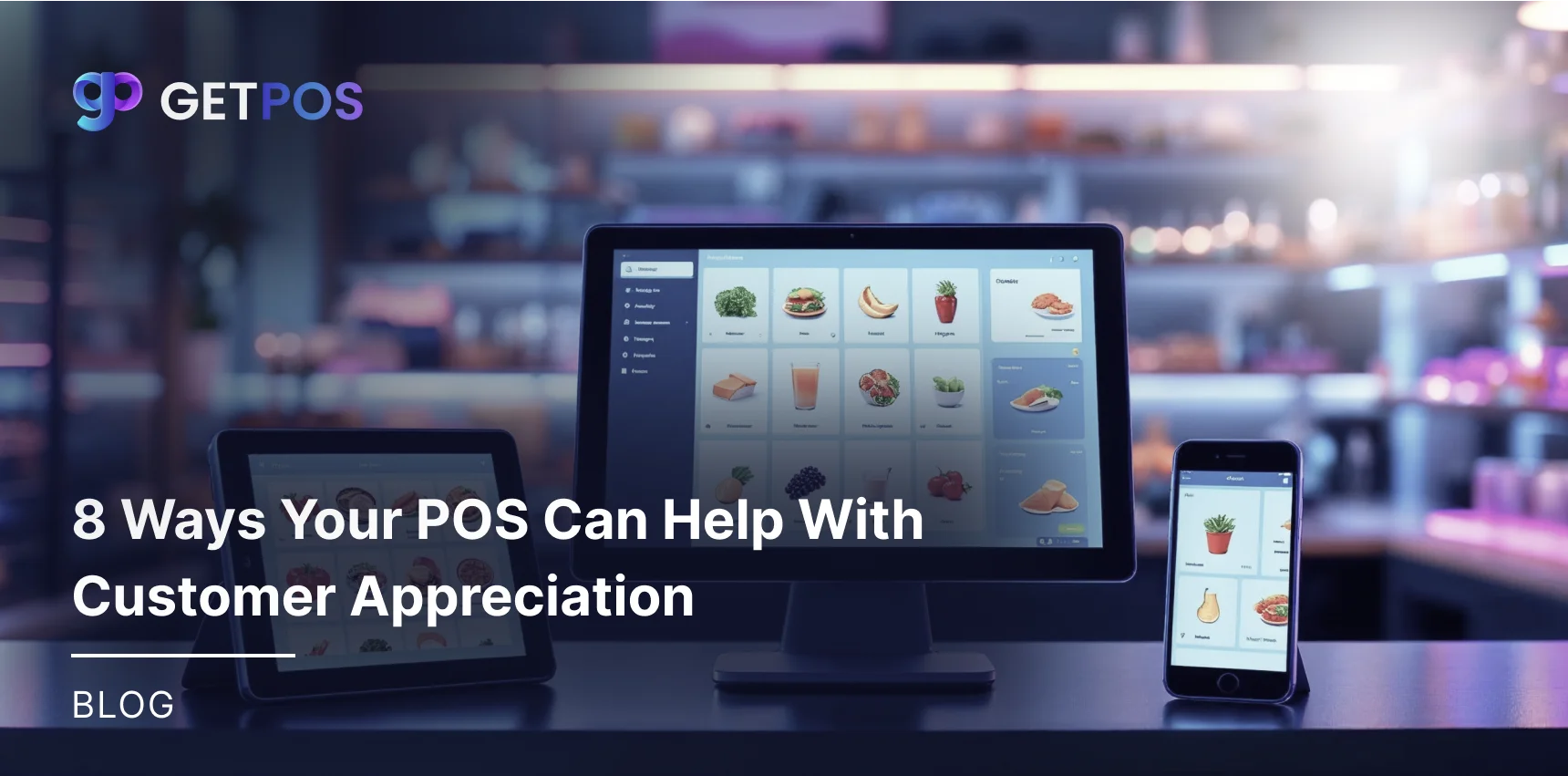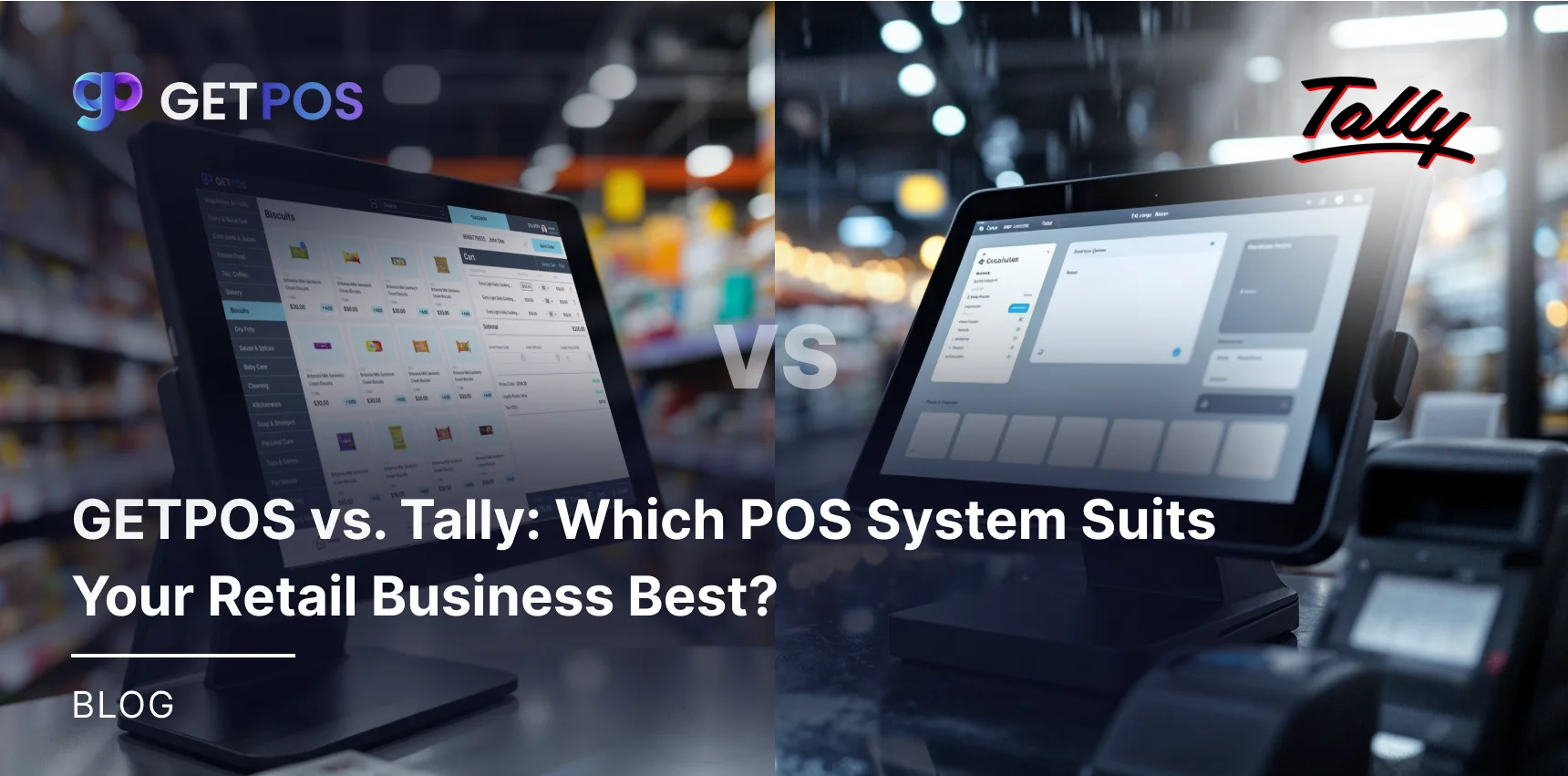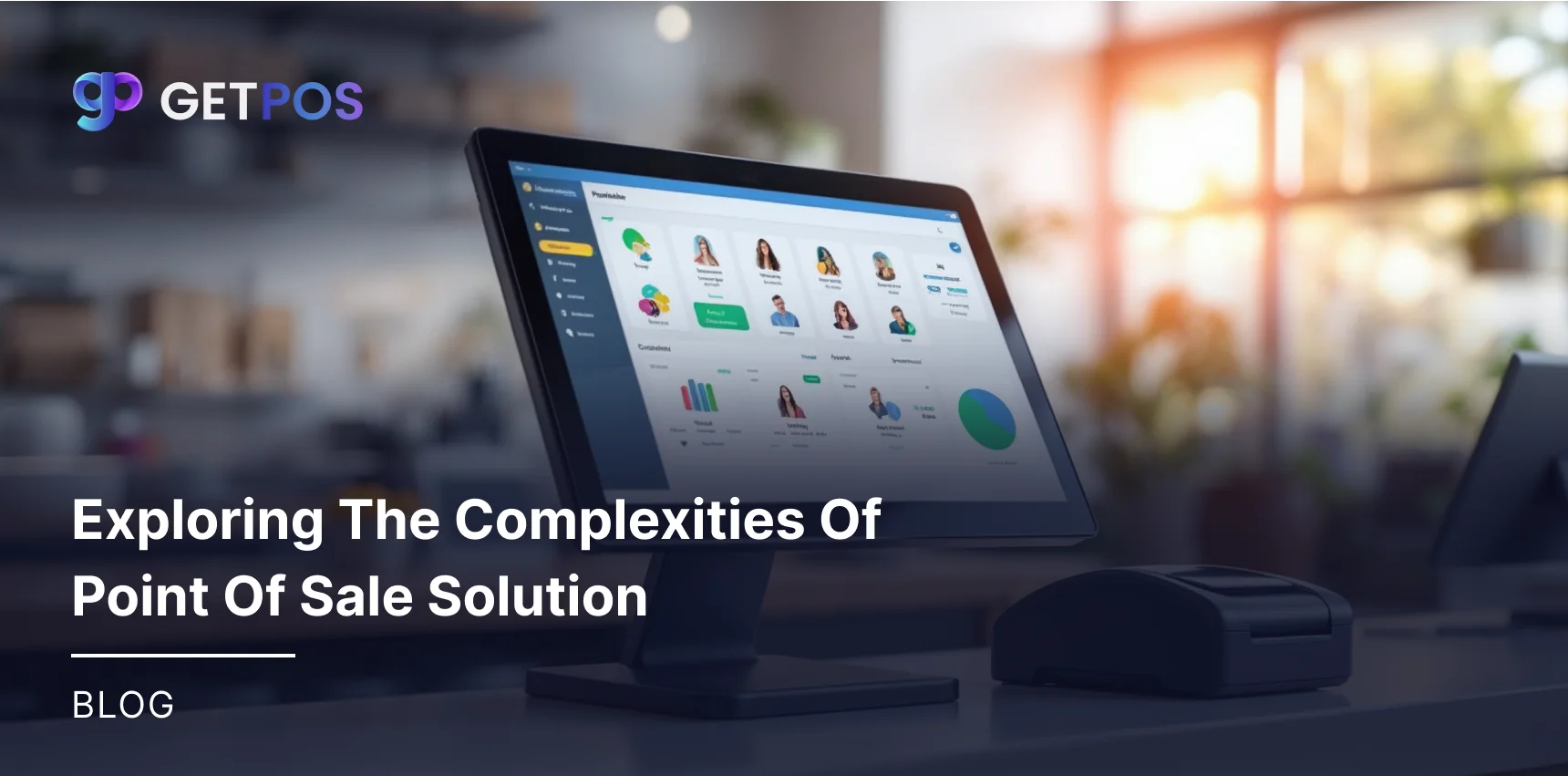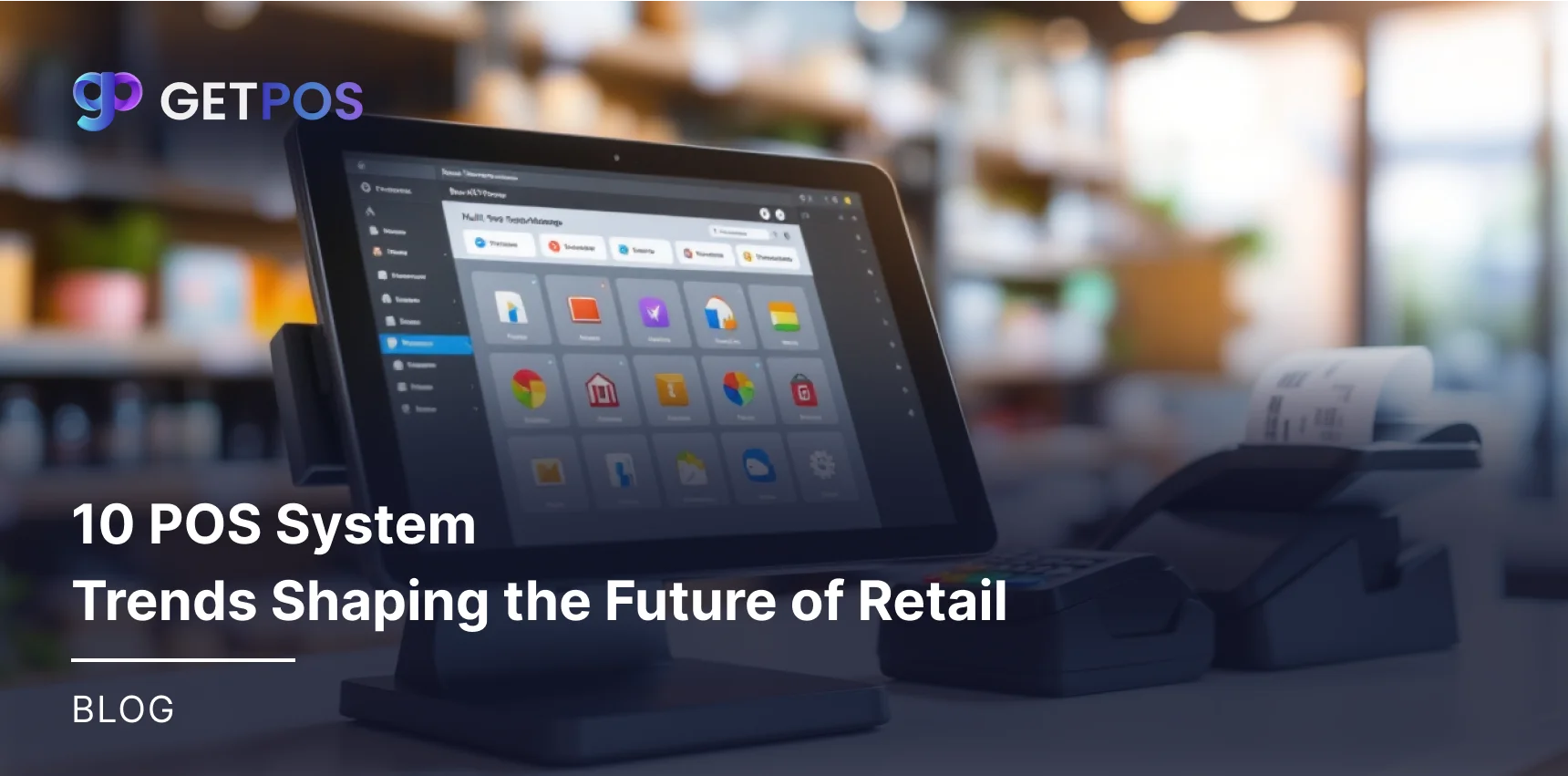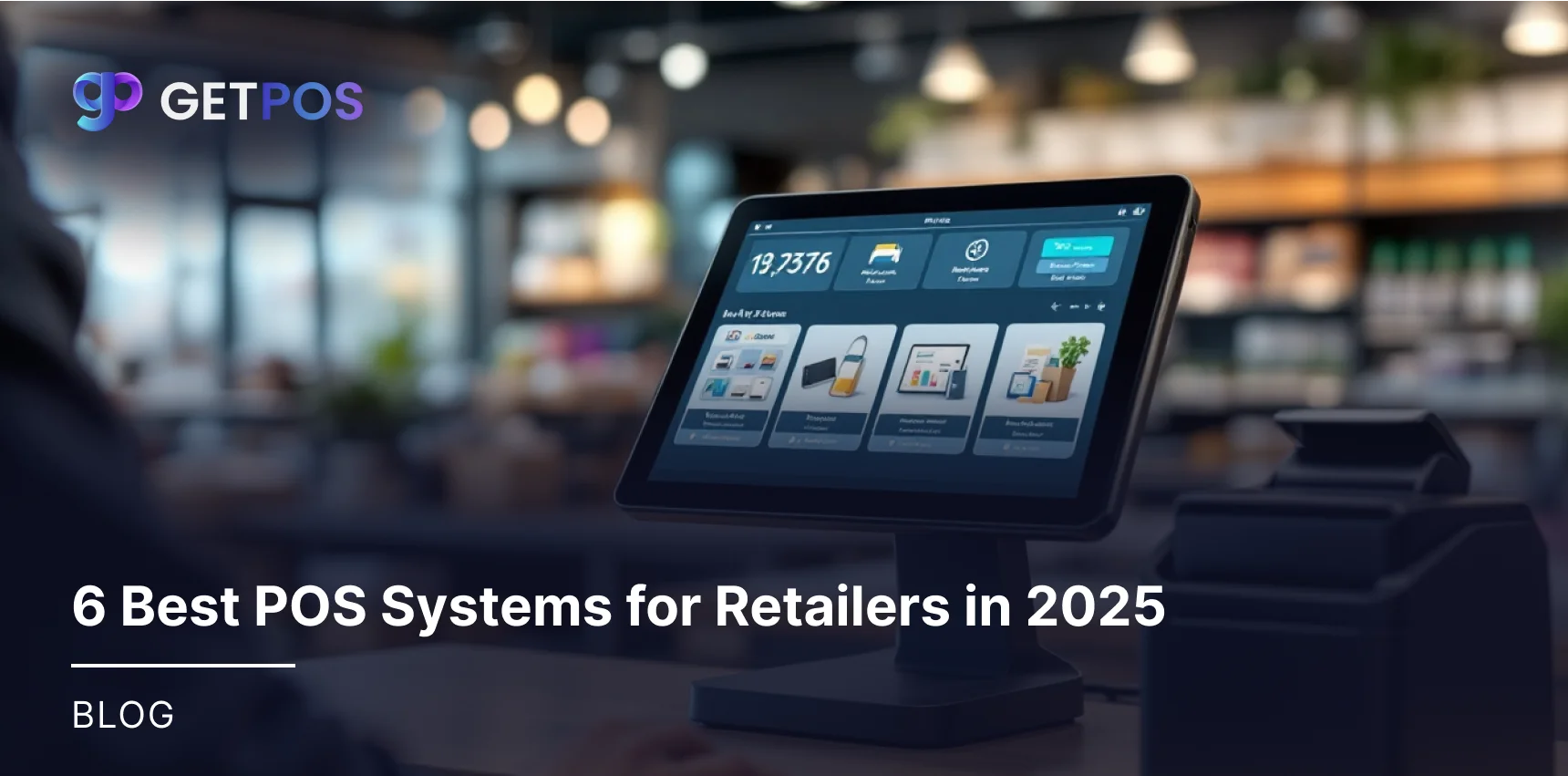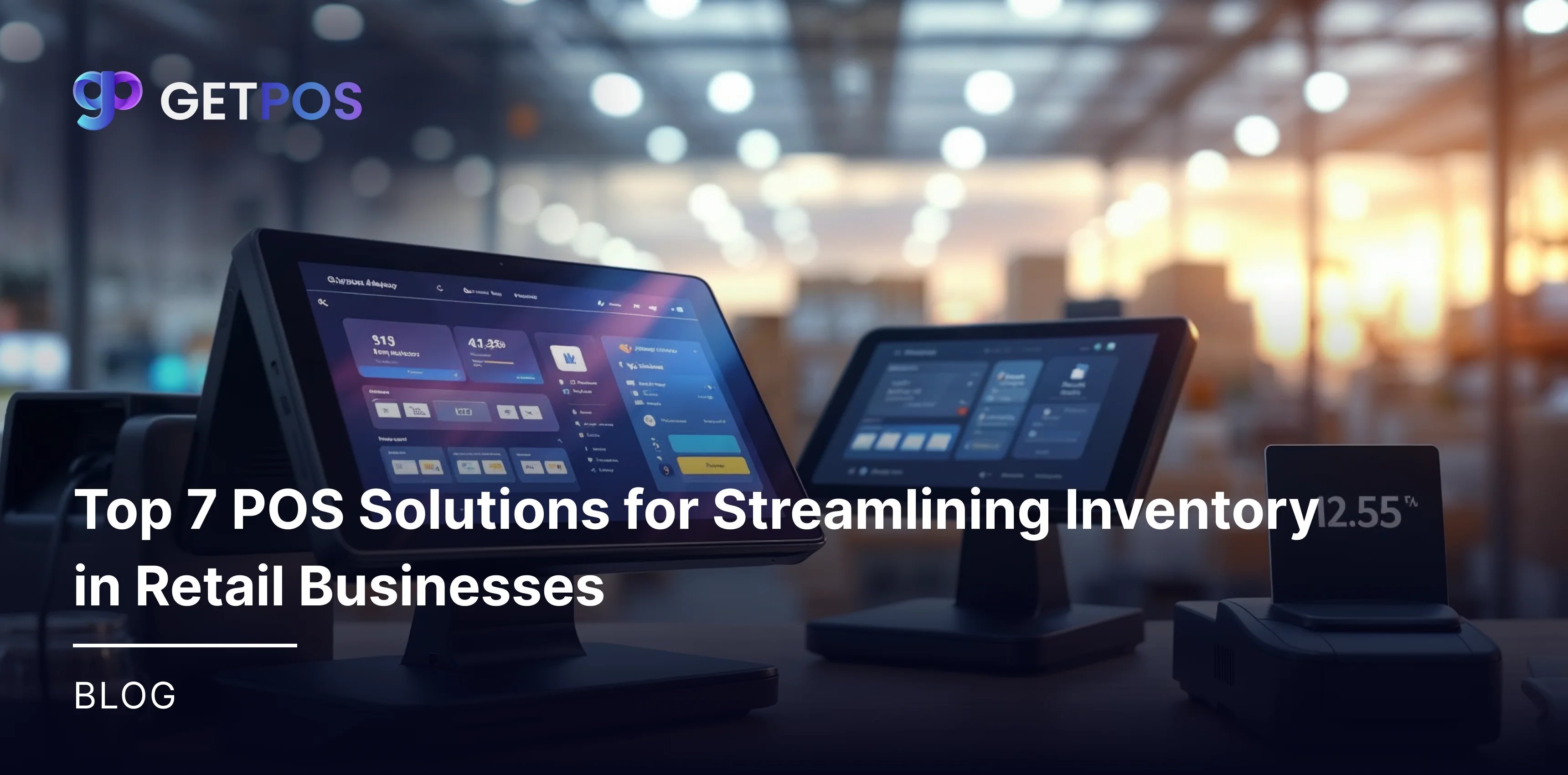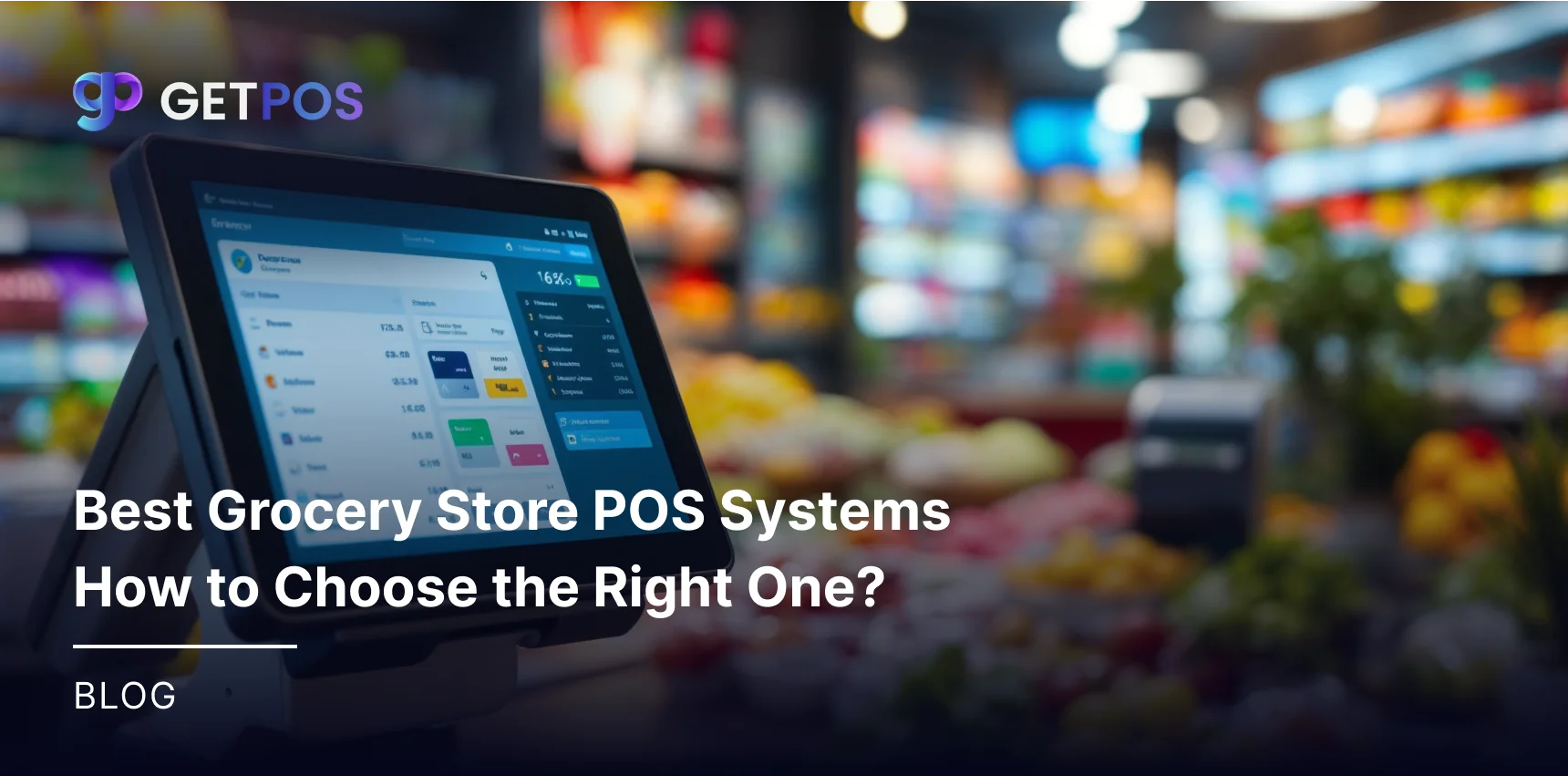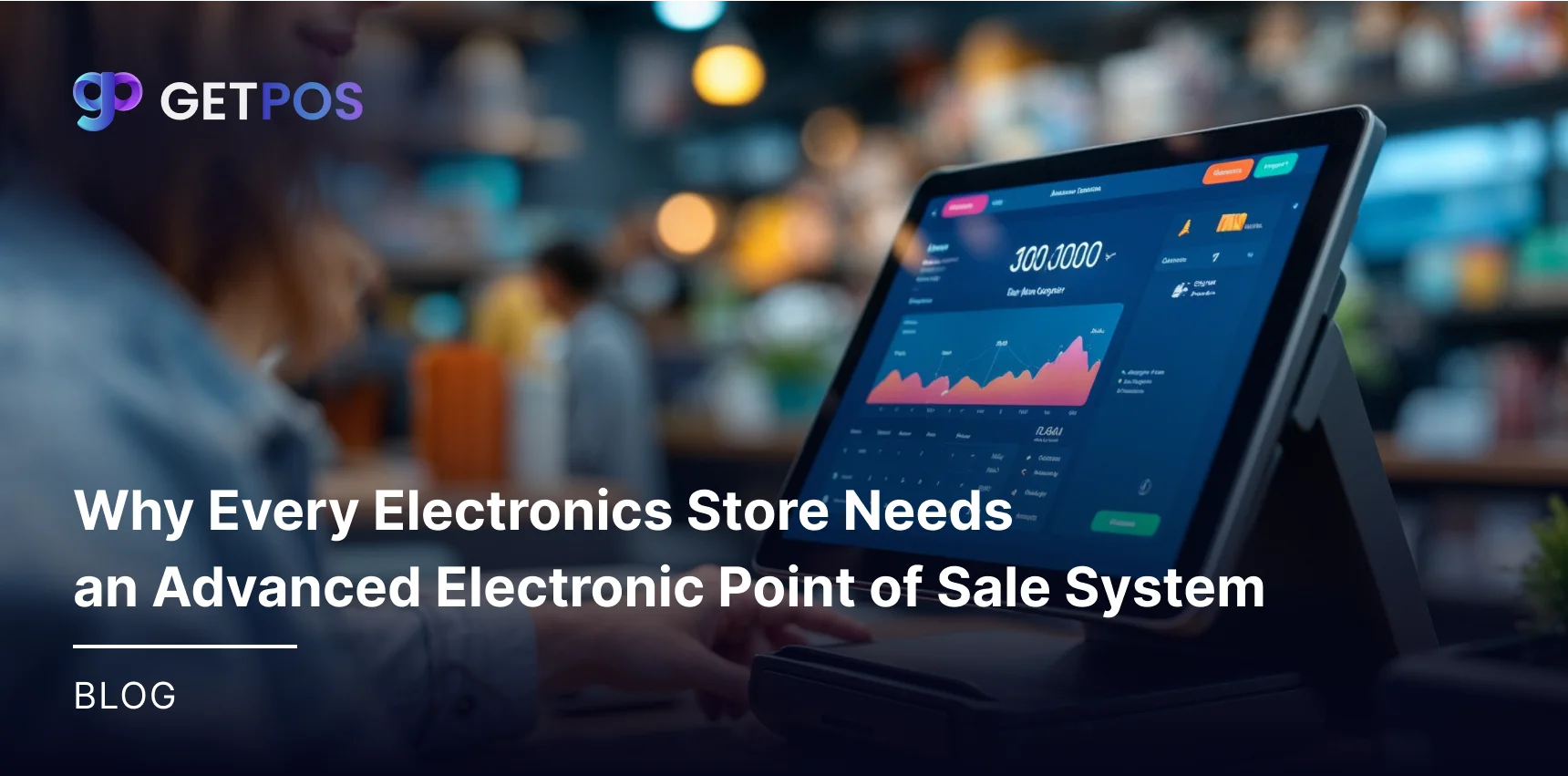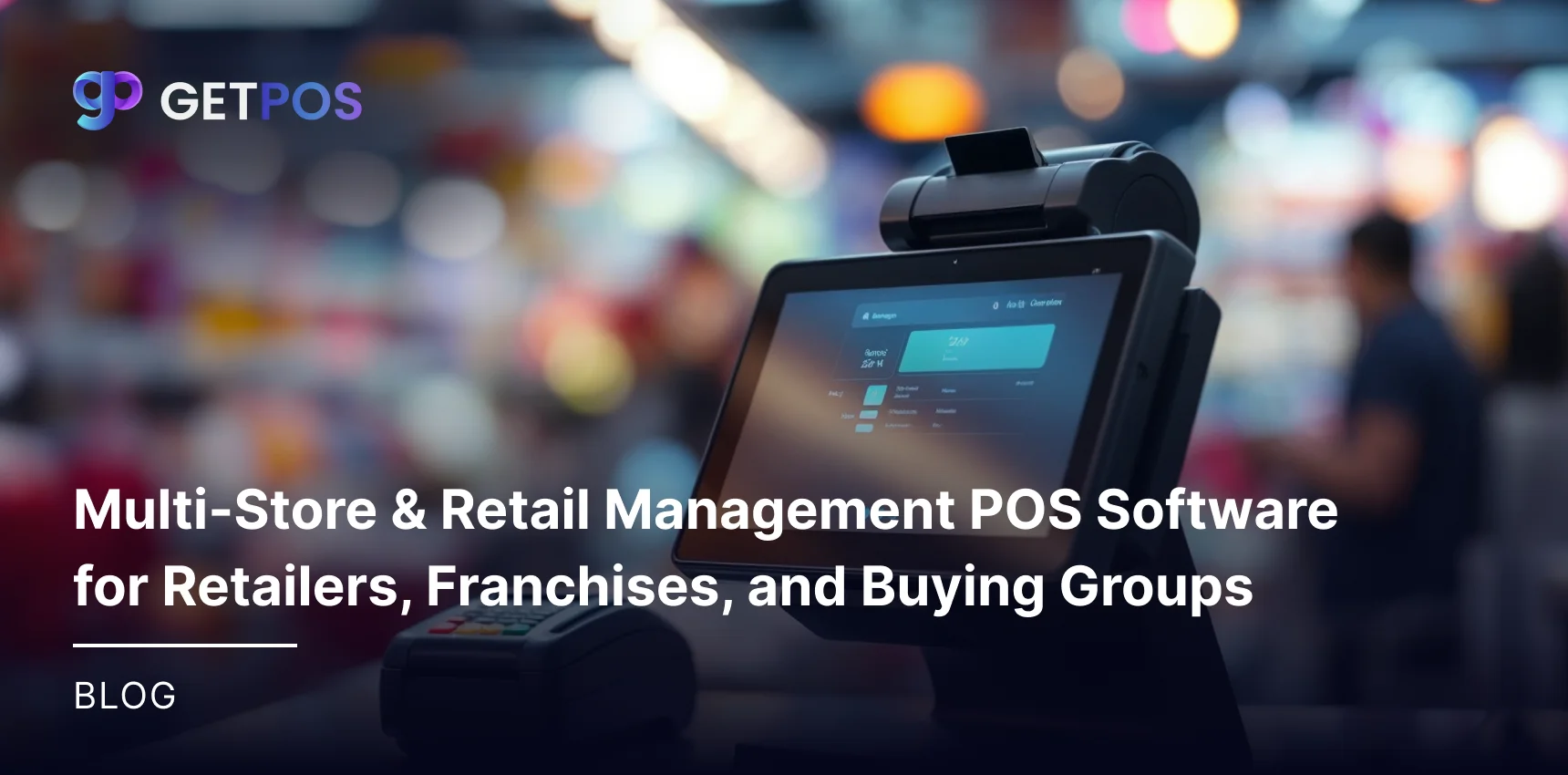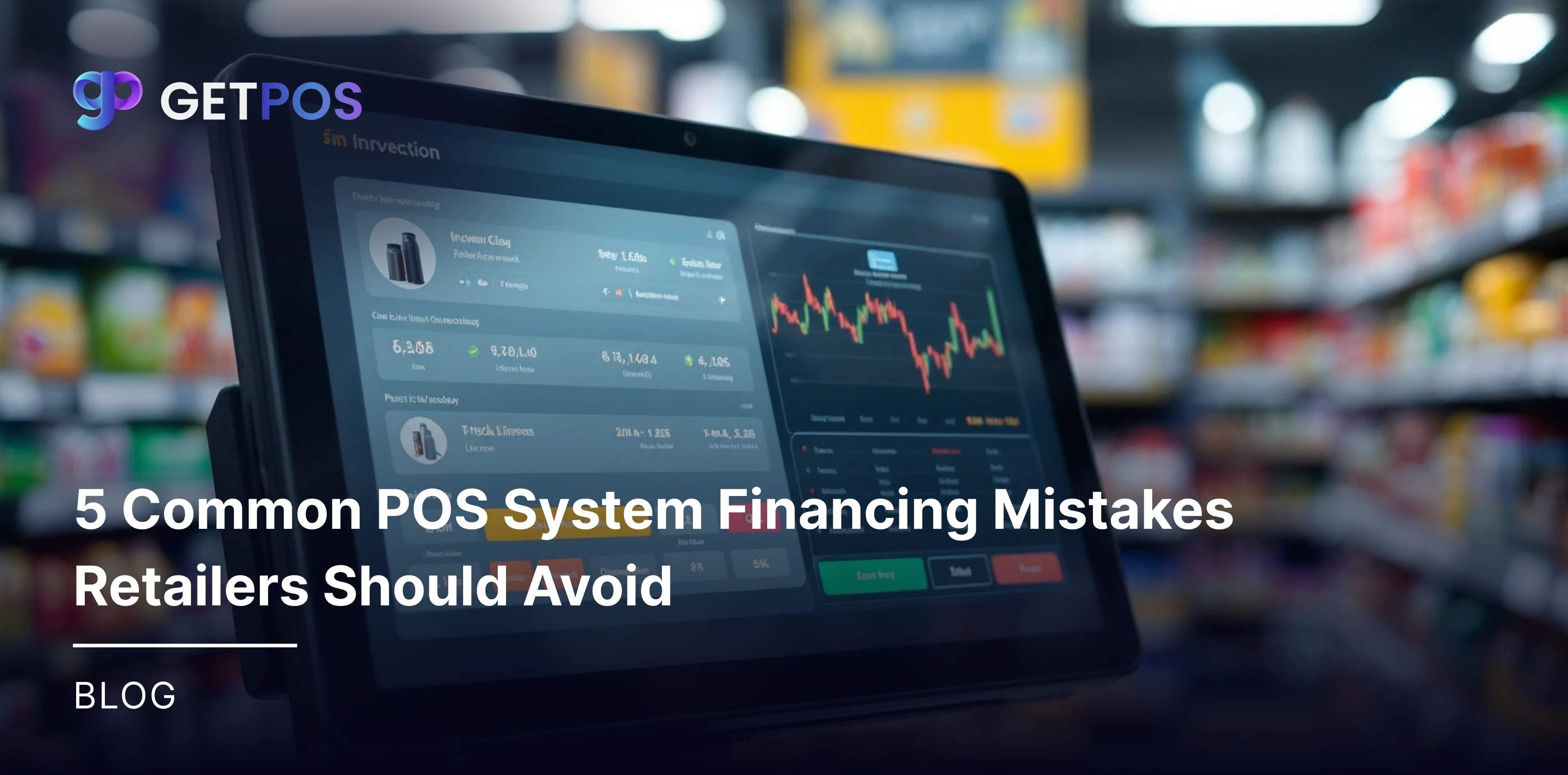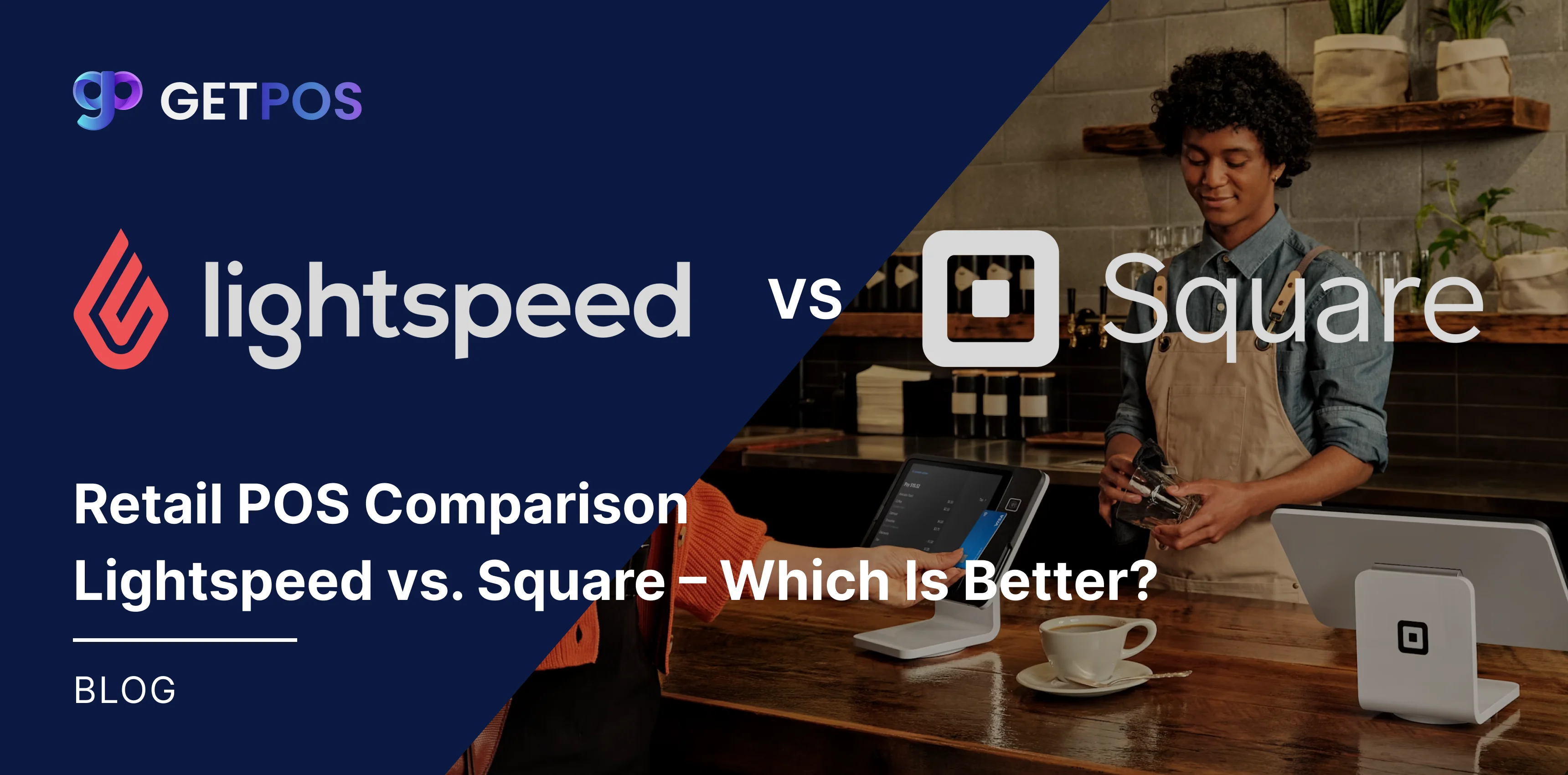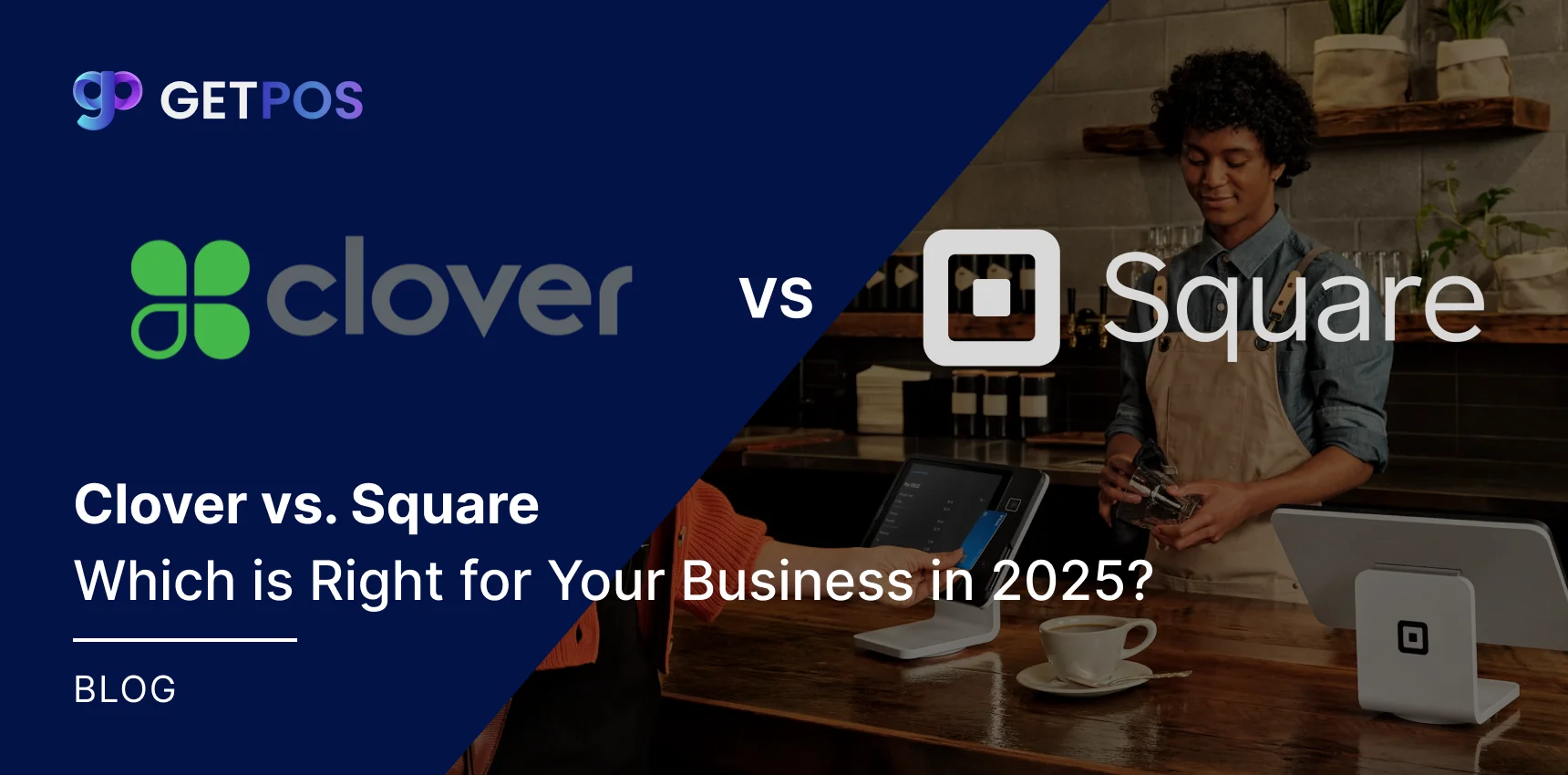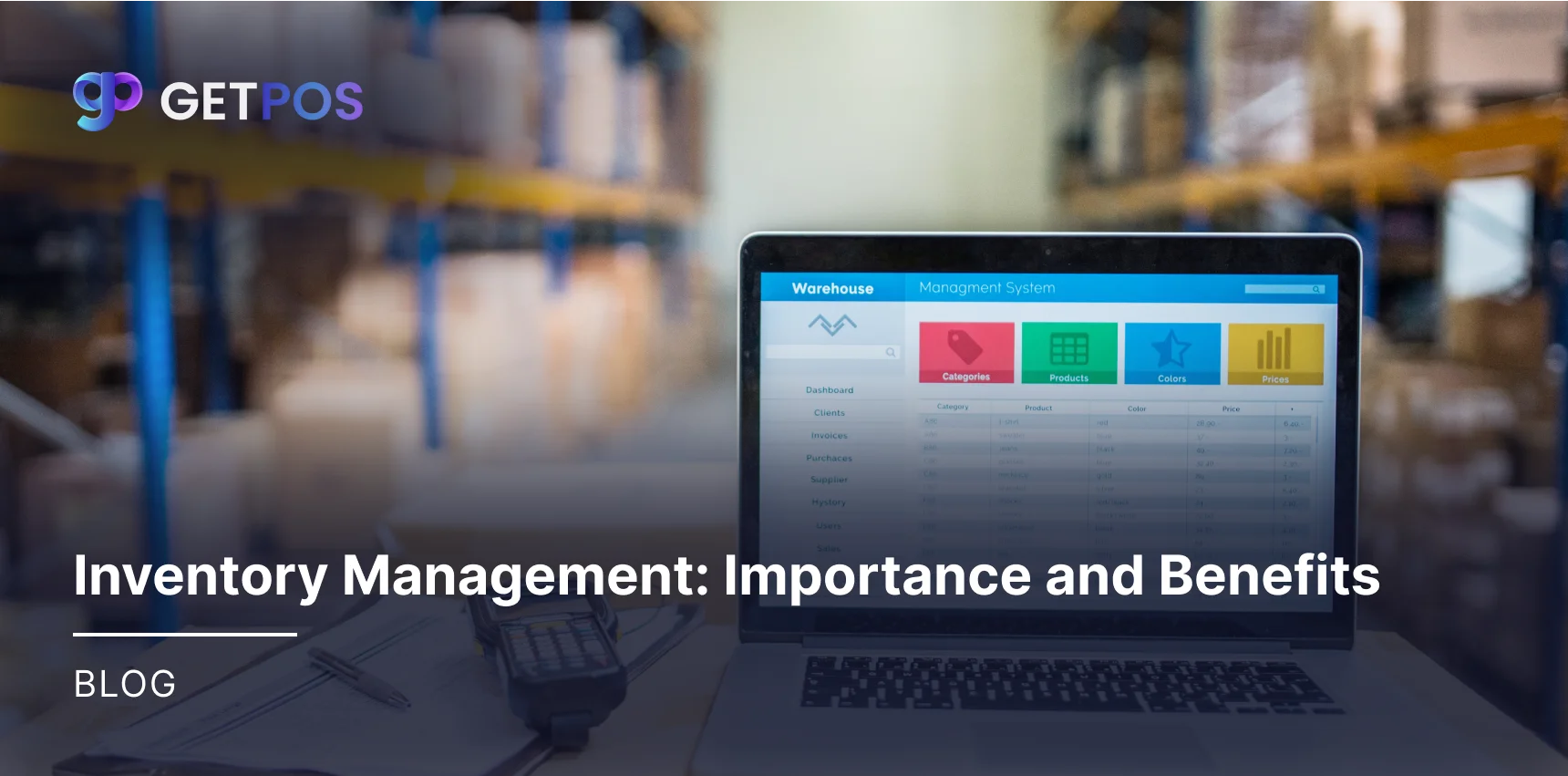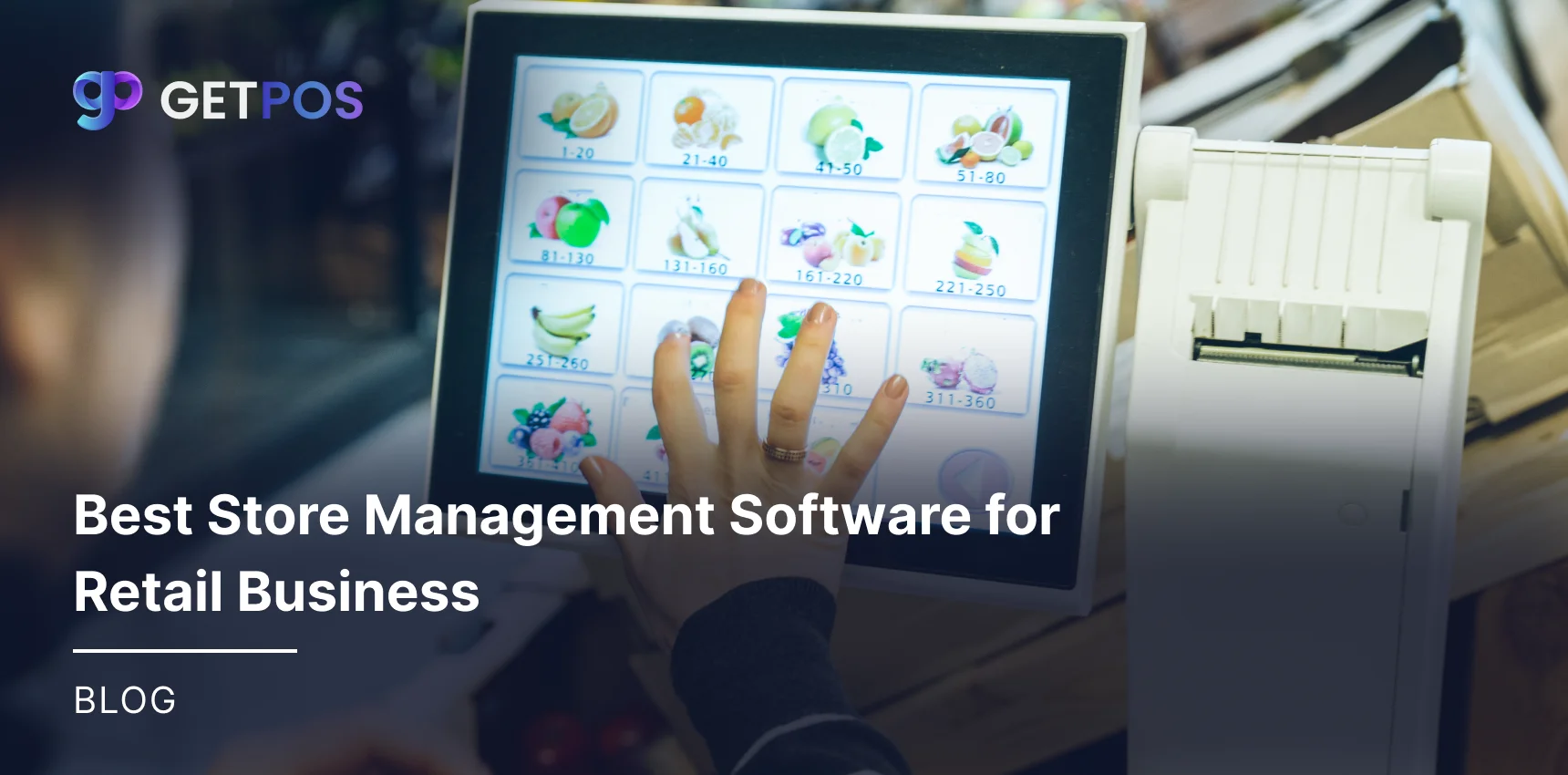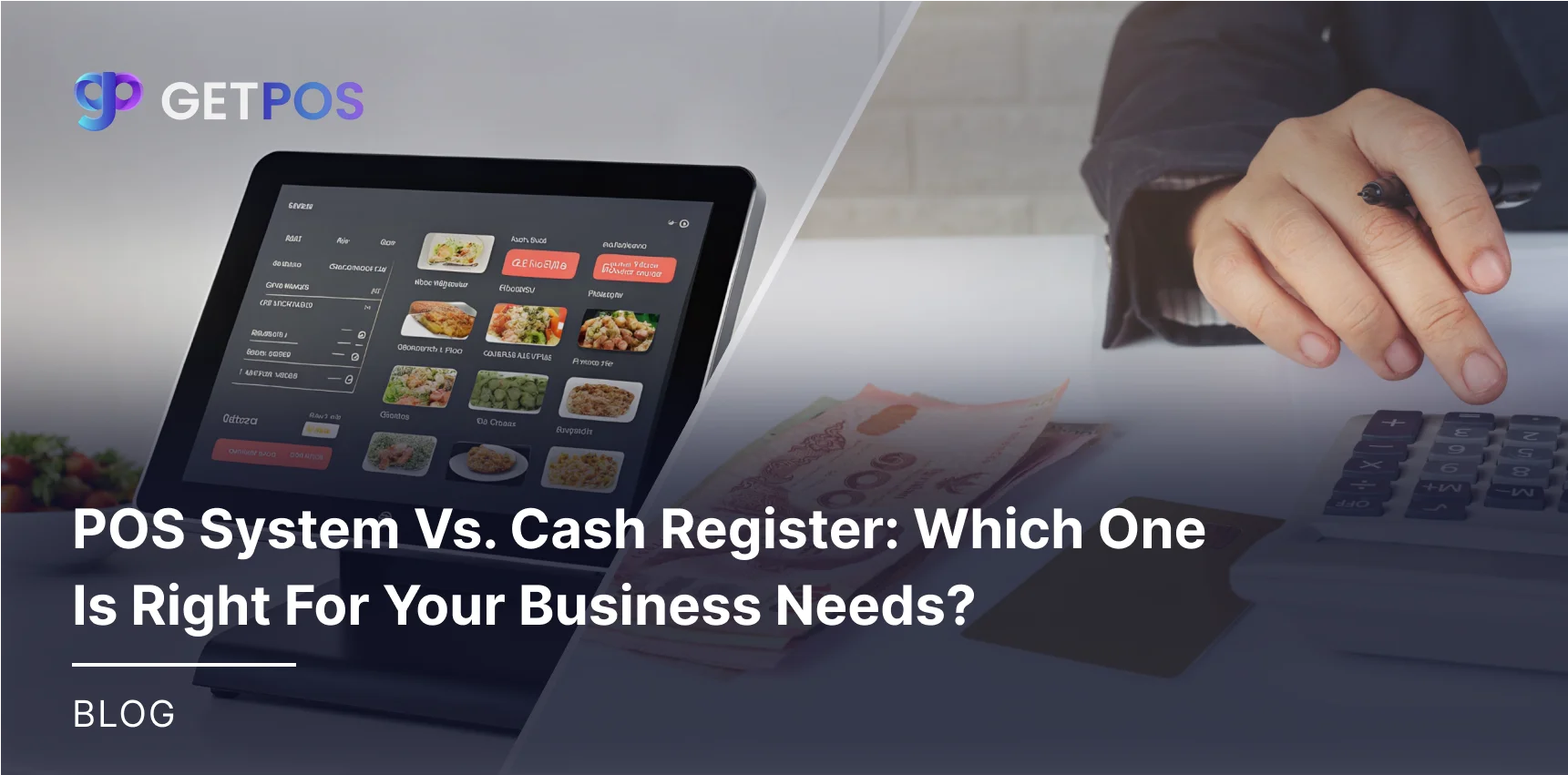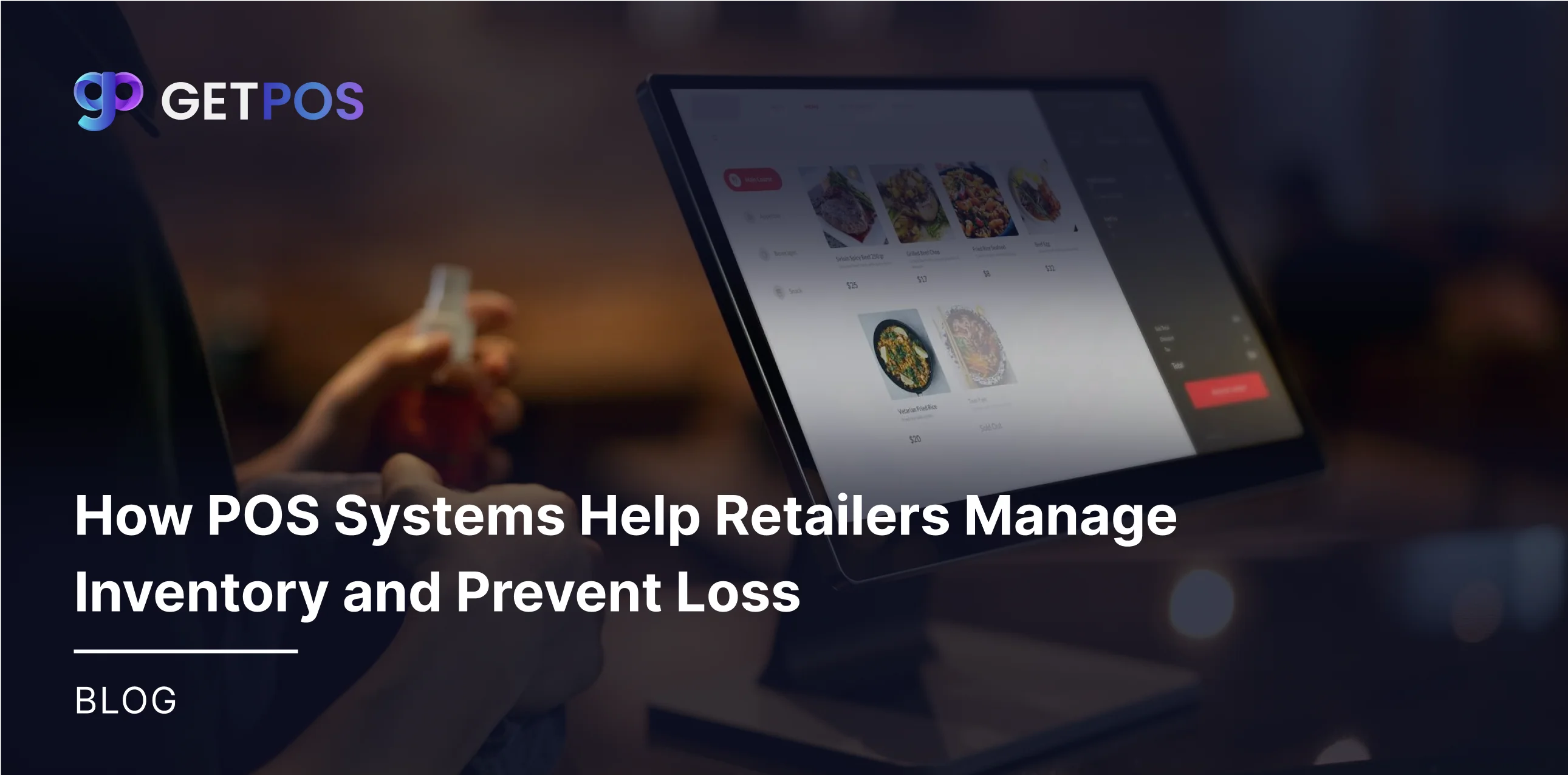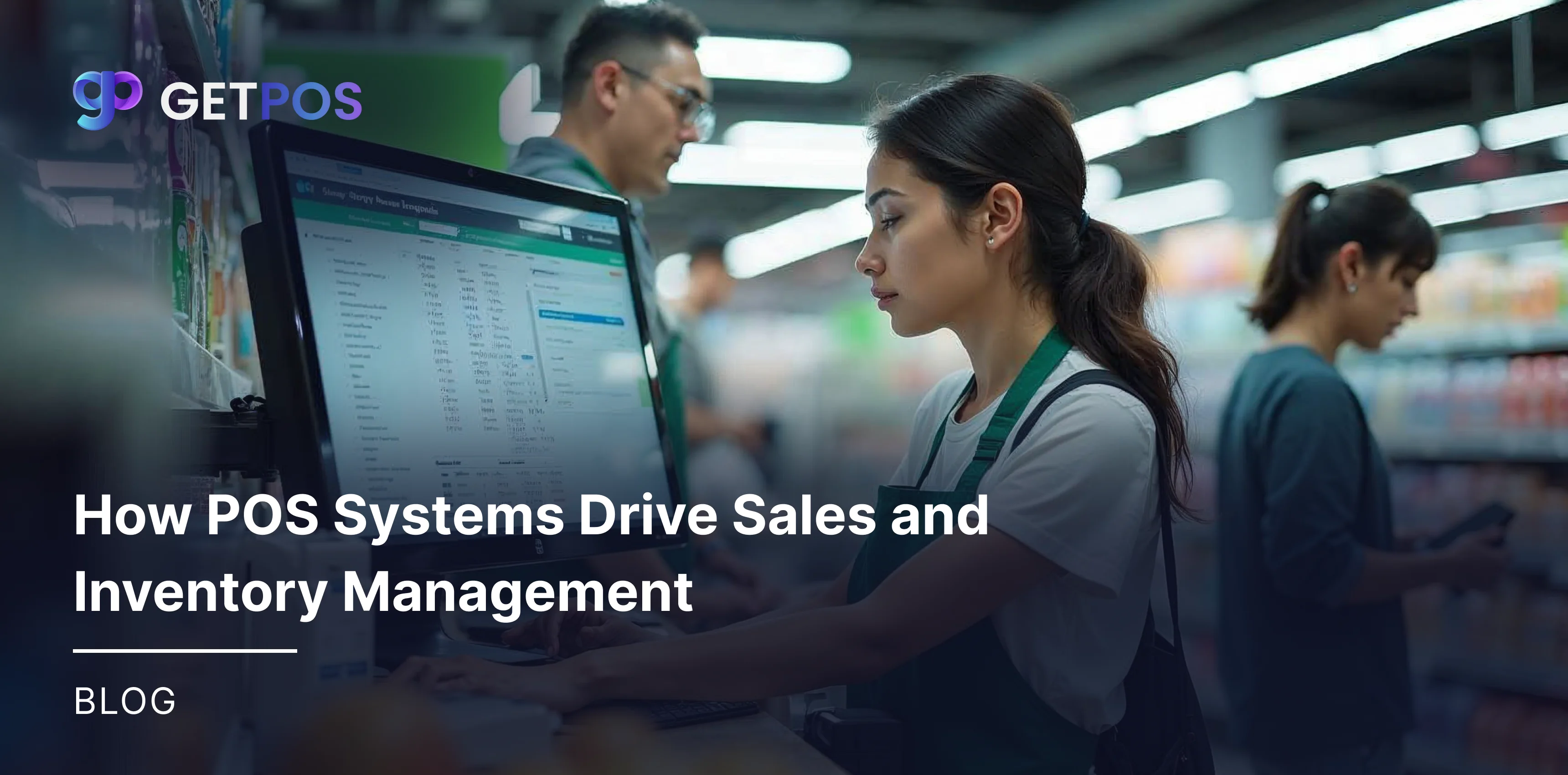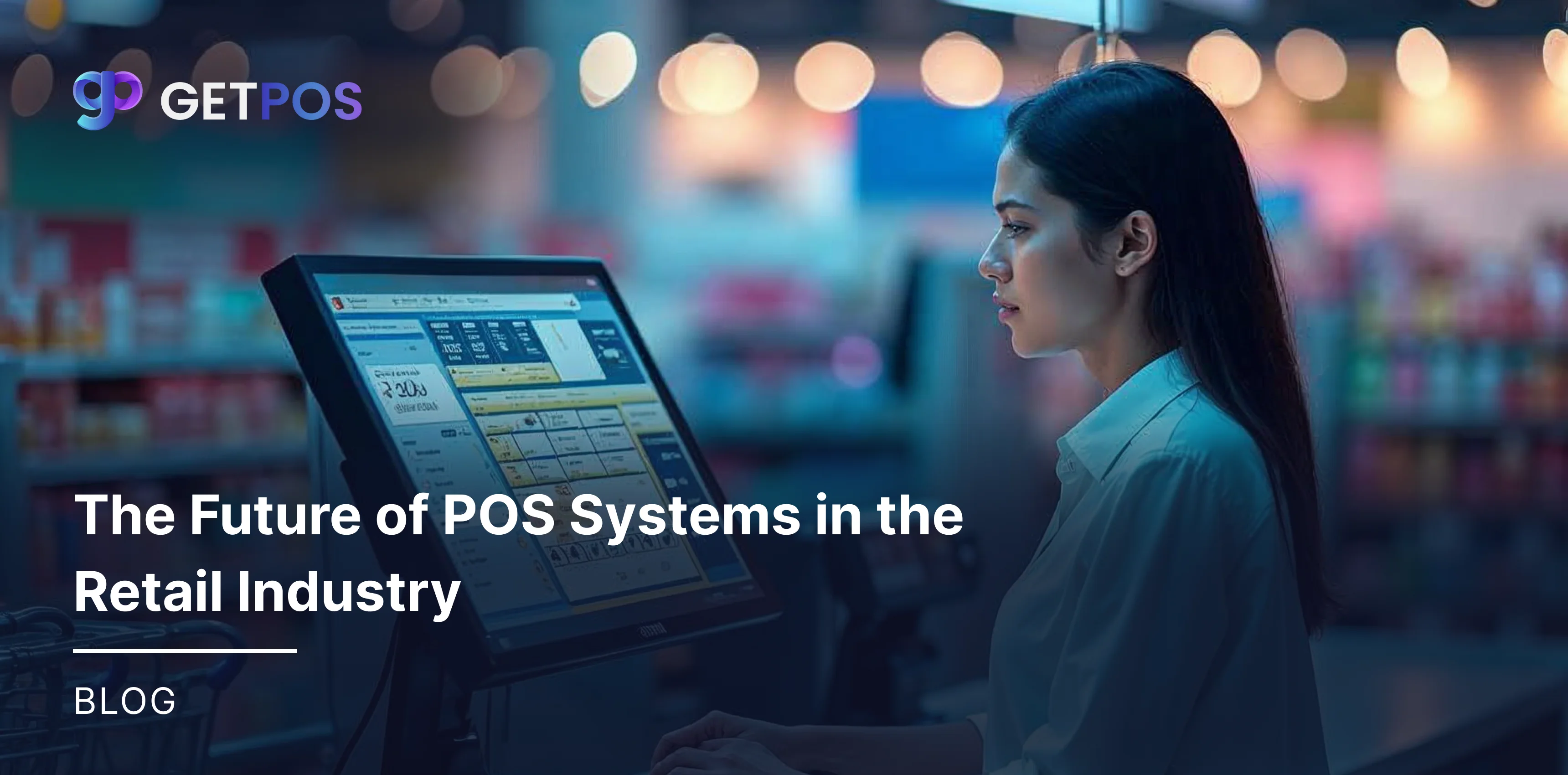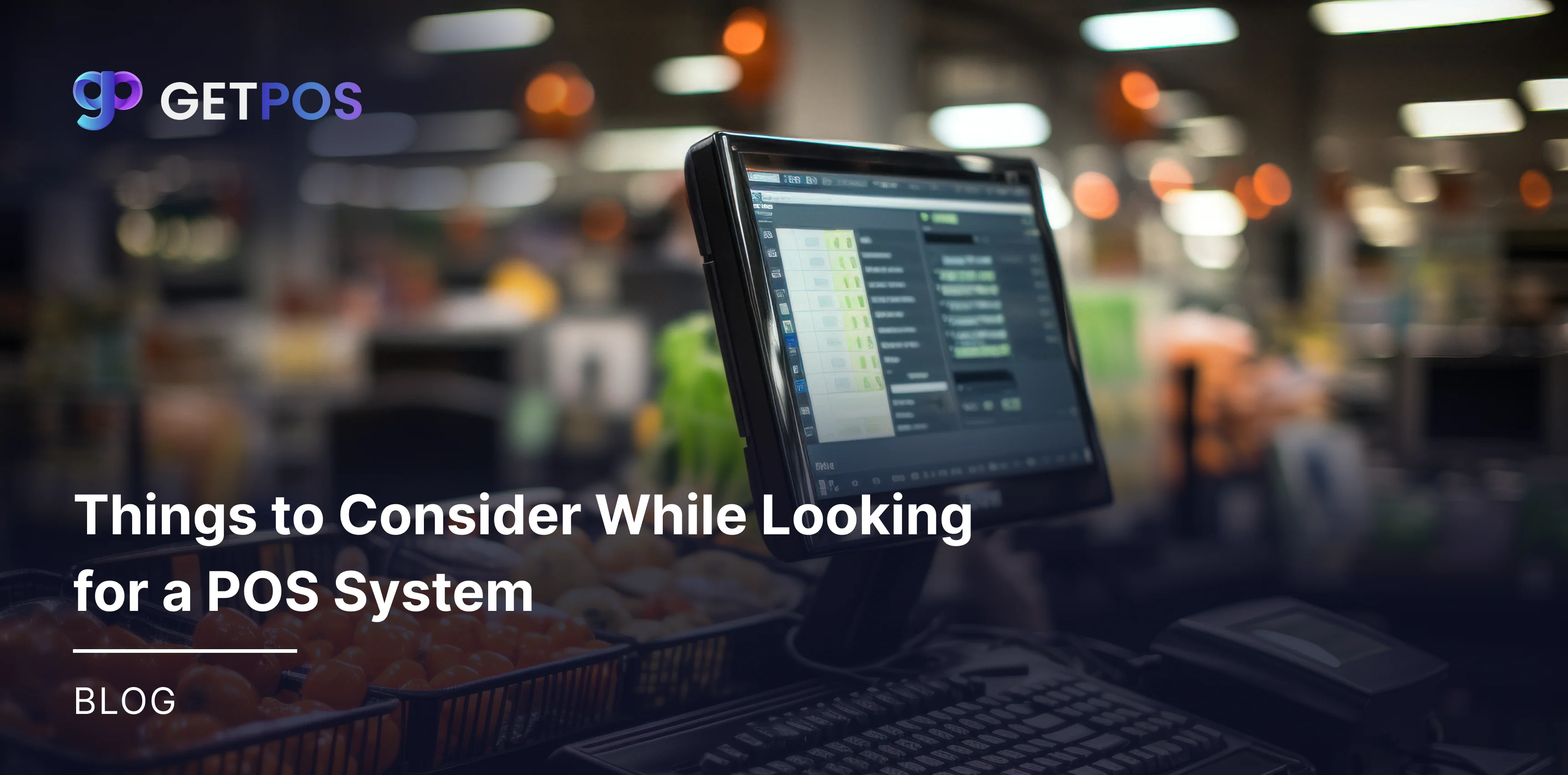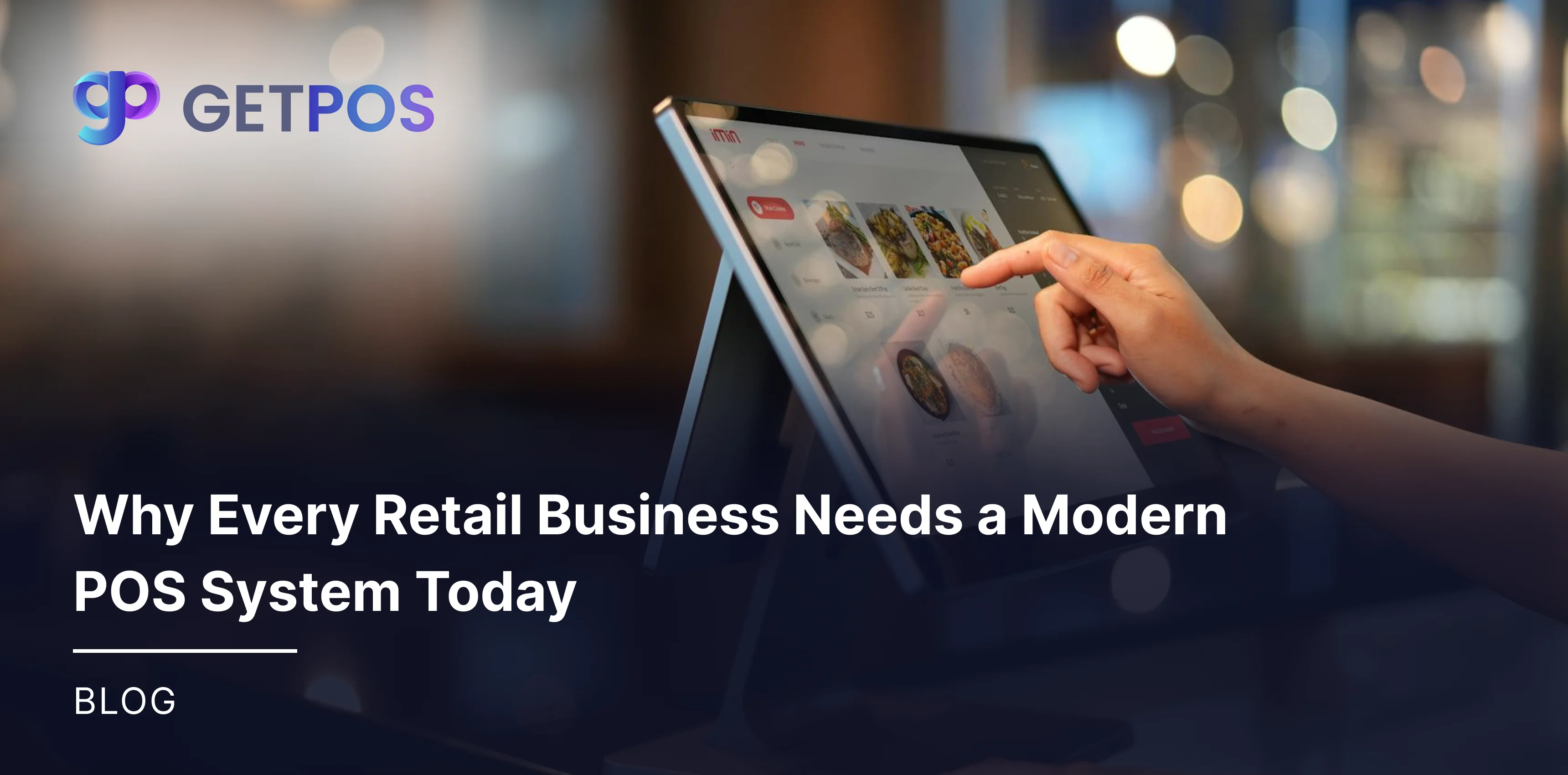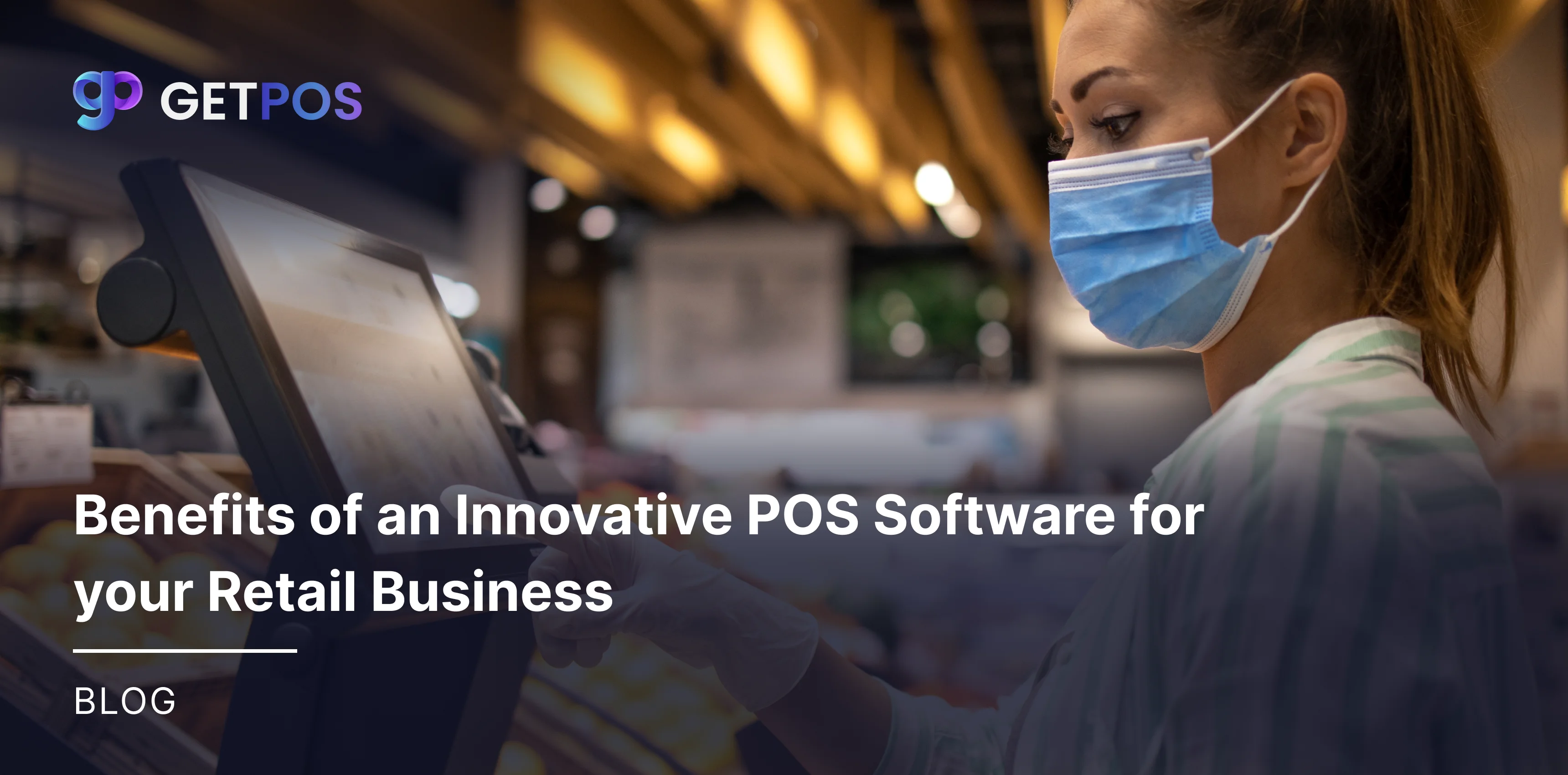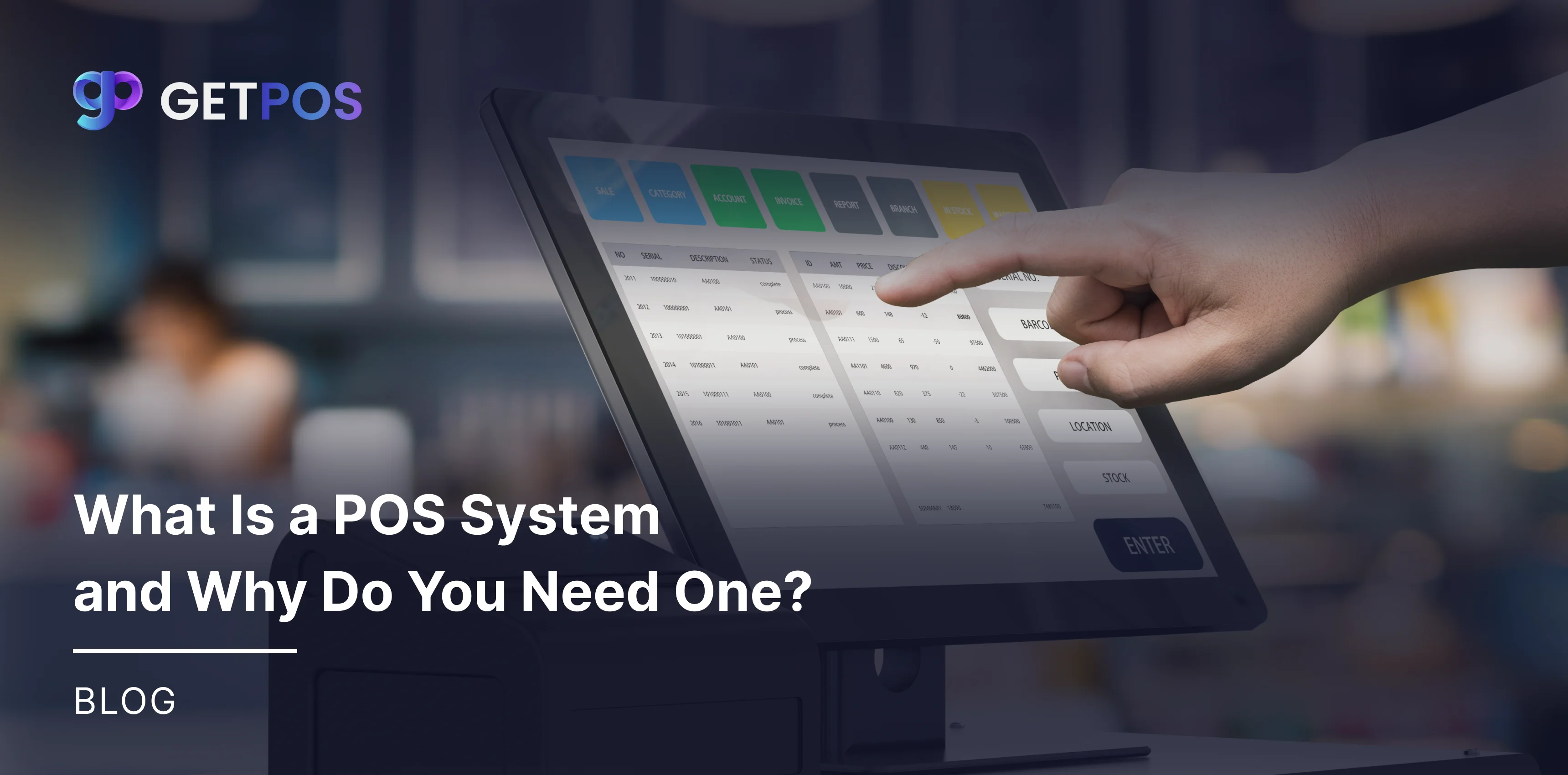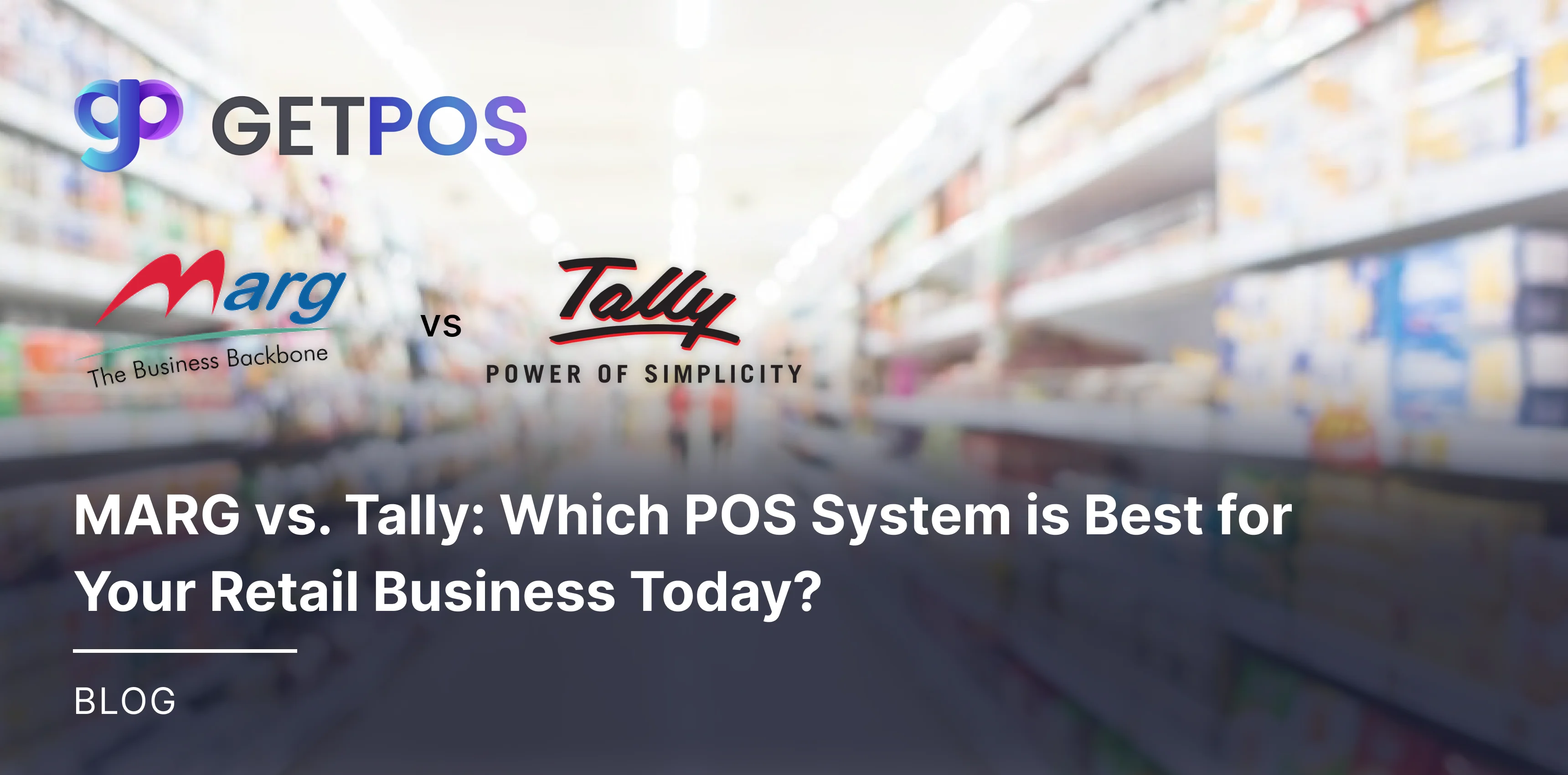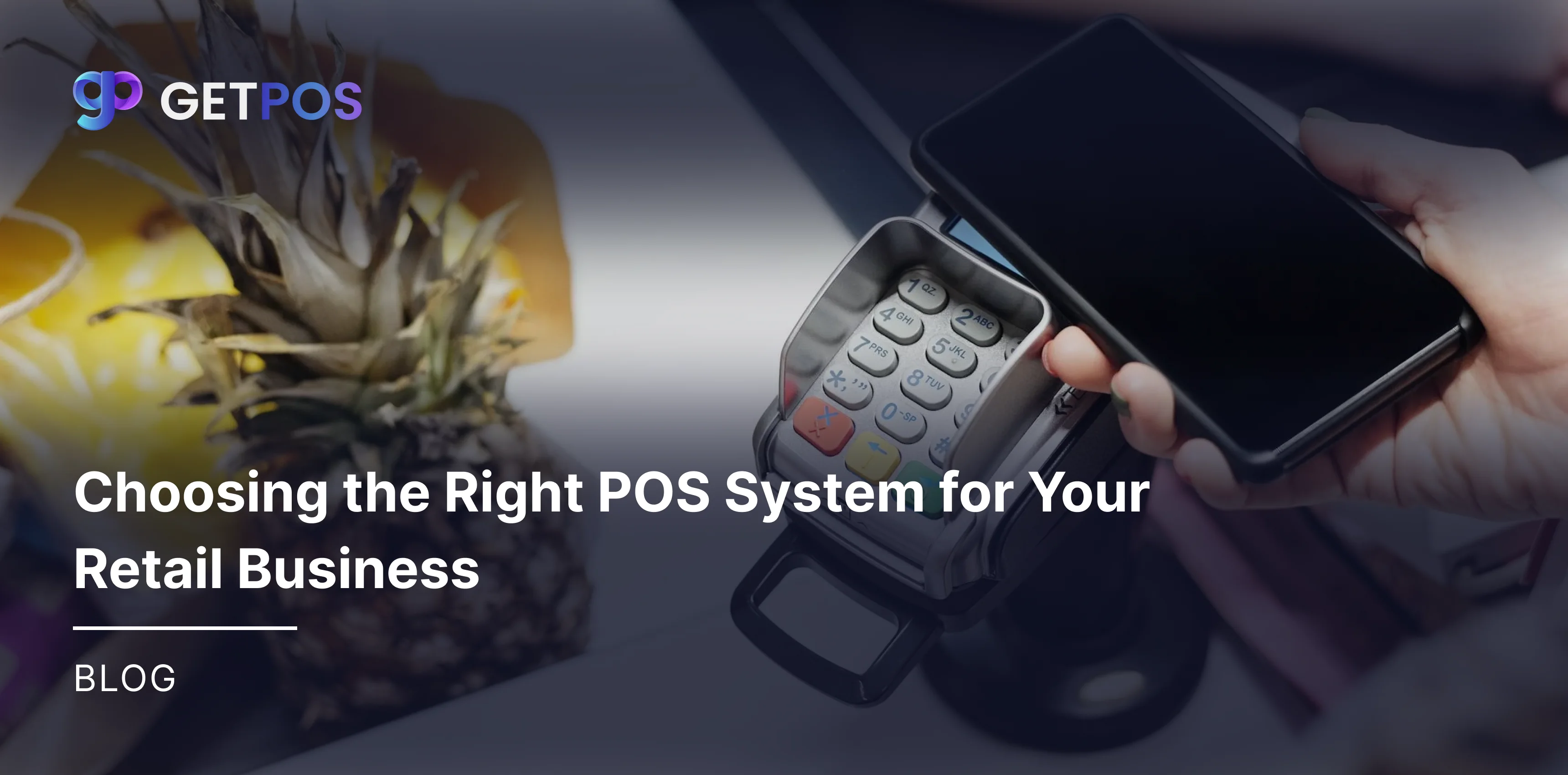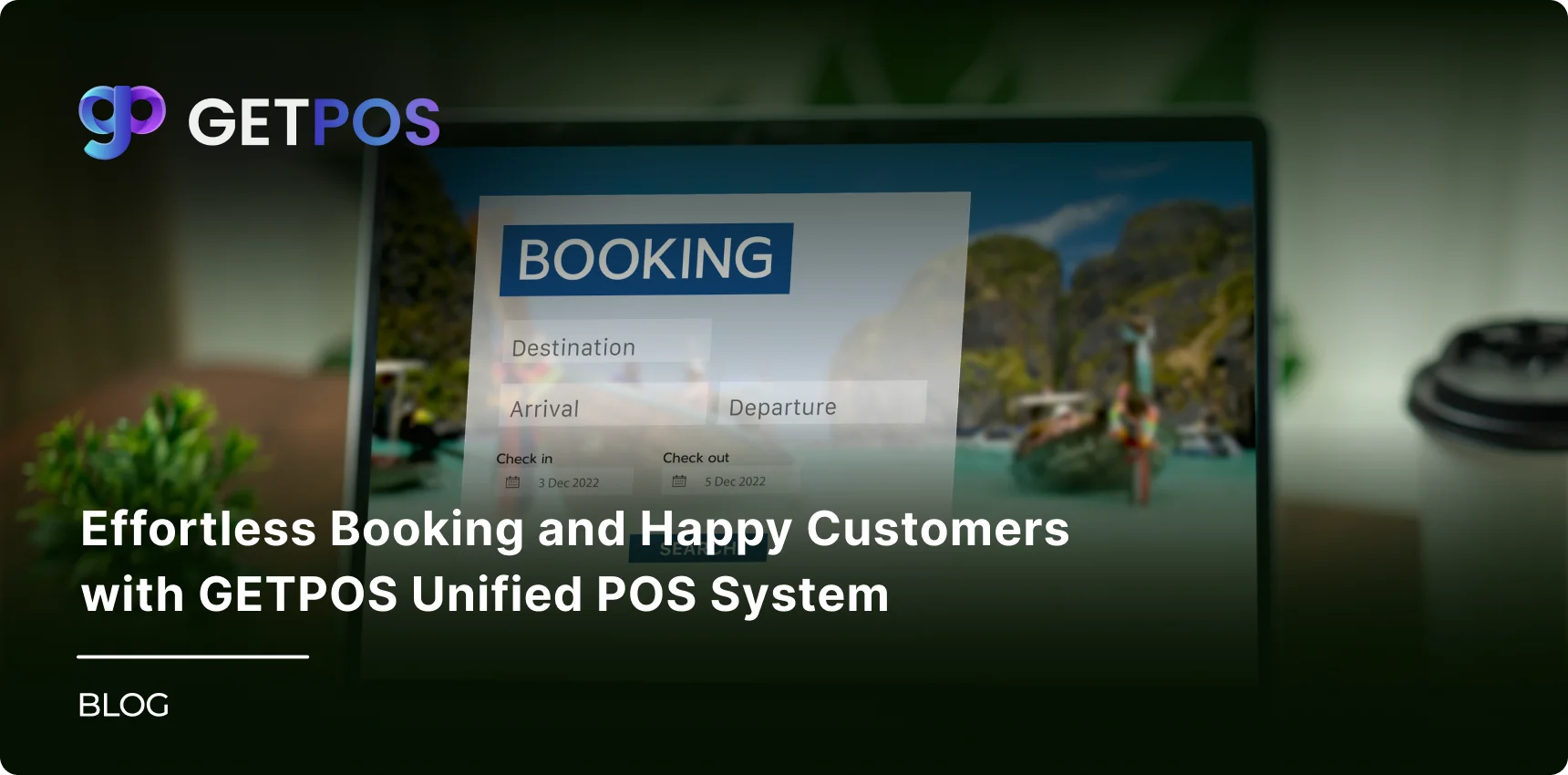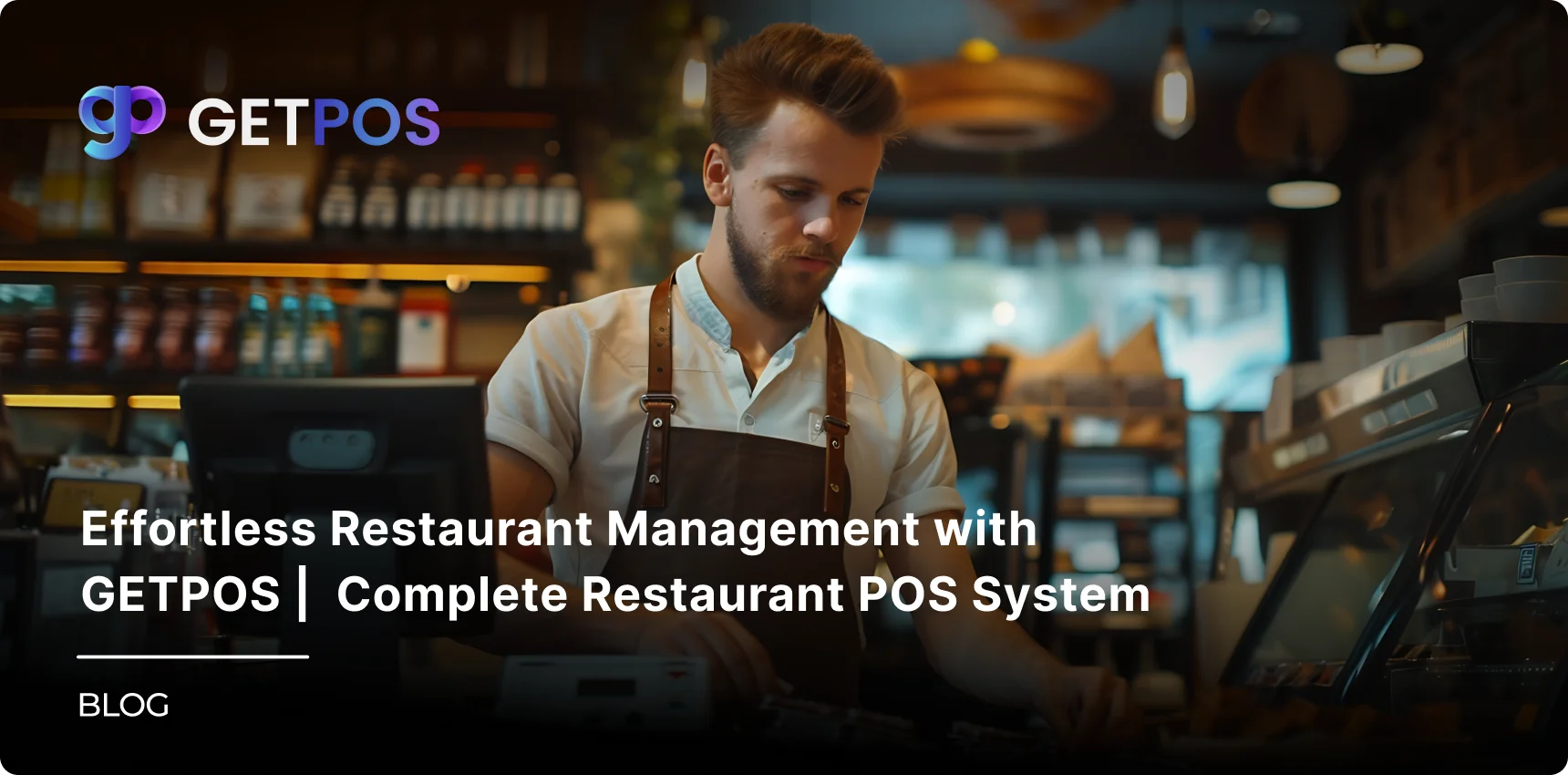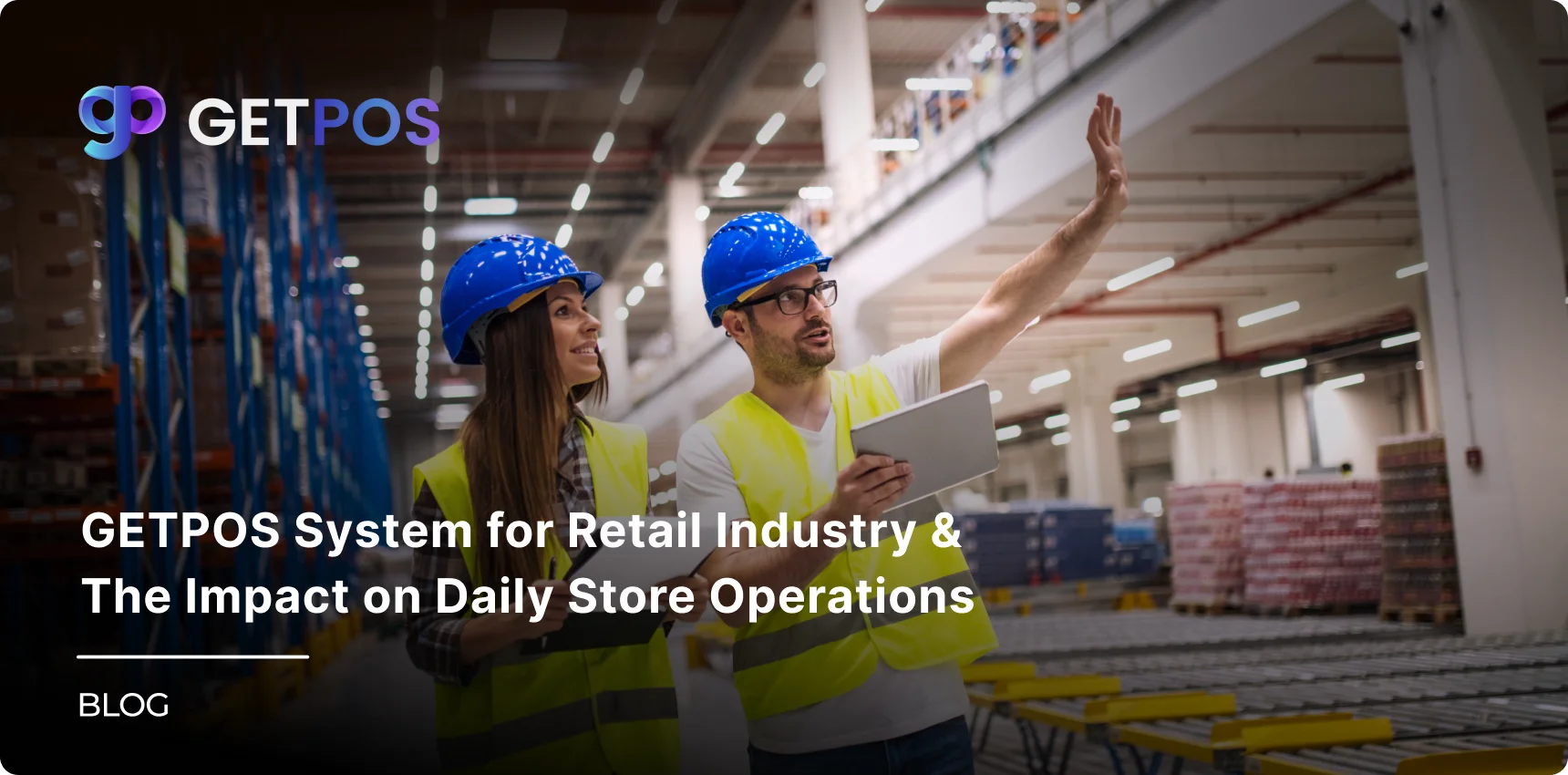Quick Summary
Choosing between a traditional POS system and cloud POS for retail can shape your business operations significantly. While traditional POS systems offer stability, cloud-based solutions provide flexibility, scalability, and real-time data access. Understanding the pros and cons of each helps retailers adopt the best POS system tailored to their business needs and future growth.
Table Of Contents
Introduction
Retailers today are at the forefront of technological innovation, striving to enhance customer experiences while streamlining operations. One critical decision is choosing the right POS system. This choice often boils down to a debate between traditional POS systems and cloud-based POS software. Each comes with its own set of features, benefits, and limitations. This blog will provide a detailed comparison to help retailers make informed decisions that align with their goals.
Key Takeaways
Cloud-based POS systems provide real-time data access, seamless scalability, and easy integration with other digital tools.
Traditional POS systems are highly reliable offline but lack flexibility and modern features.
Retailers should consider factors like cost, scalability, and functionality when choosing between the two options.
Cloud POS is ideal for businesses needing remote access and multi-location management, while traditional POS ensures stability in offline conditions.
Cloud-Based POS vs. Traditional POS for Retail - A Strategic Comparison
The modern retail environment demands technology that not only manages sales transactions but also adapts to changing customer expectations. Cloud POS for retail and traditional POS systems differ significantly in how they address these needs.
Traditional POS System: Installed on-site with hardware and software components, it’s known for its reliability and local data storage.
Cloud-Based POS: Operates on remote servers, offering accessibility from any internet-connected device, enabling real-time data synchronization across locations.
Shaping the Future of Retail Transactions
The debate over POS systems for retailers is less about choosing between good or bad but more about identifying what suits your business needs today and tomorrow. With technological advancements accelerating, cloud POS systems are becoming the go-to choice for dynamic, multi-location retailers.
1. Understanding Traditional POS
Traditional POS systems are designed to work offline, requiring hardware installations and software on-site. These systems excel in environments where internet connectivity might be unreliable or where operations depend on local servers for data security.
Pros:
Reliable performance in offline conditions.
Local data storage ensures immediate access.
Long-standing track record of stability.
Cons:
Limited scalability for multi-location operations.
High upfront costs for hardware and installation.
Lack of real-time data access.
2. The Rise of Cloud-Based POS
Cloud-based POS software leverages the internet to connect devices and data. Its ability to provide real-time updates, remote access, and integrations with other digital tools has revolutionized retail operations.
Pros:
Accessible from anywhere with internet access.
Scalability across multiple locations.
Real-time reporting and analytics.
Cons:
Reliance on stable internet connectivity.
Subscription-based pricing may incur recurring costs.
Differences between a Cloud POS and a Traditional POS
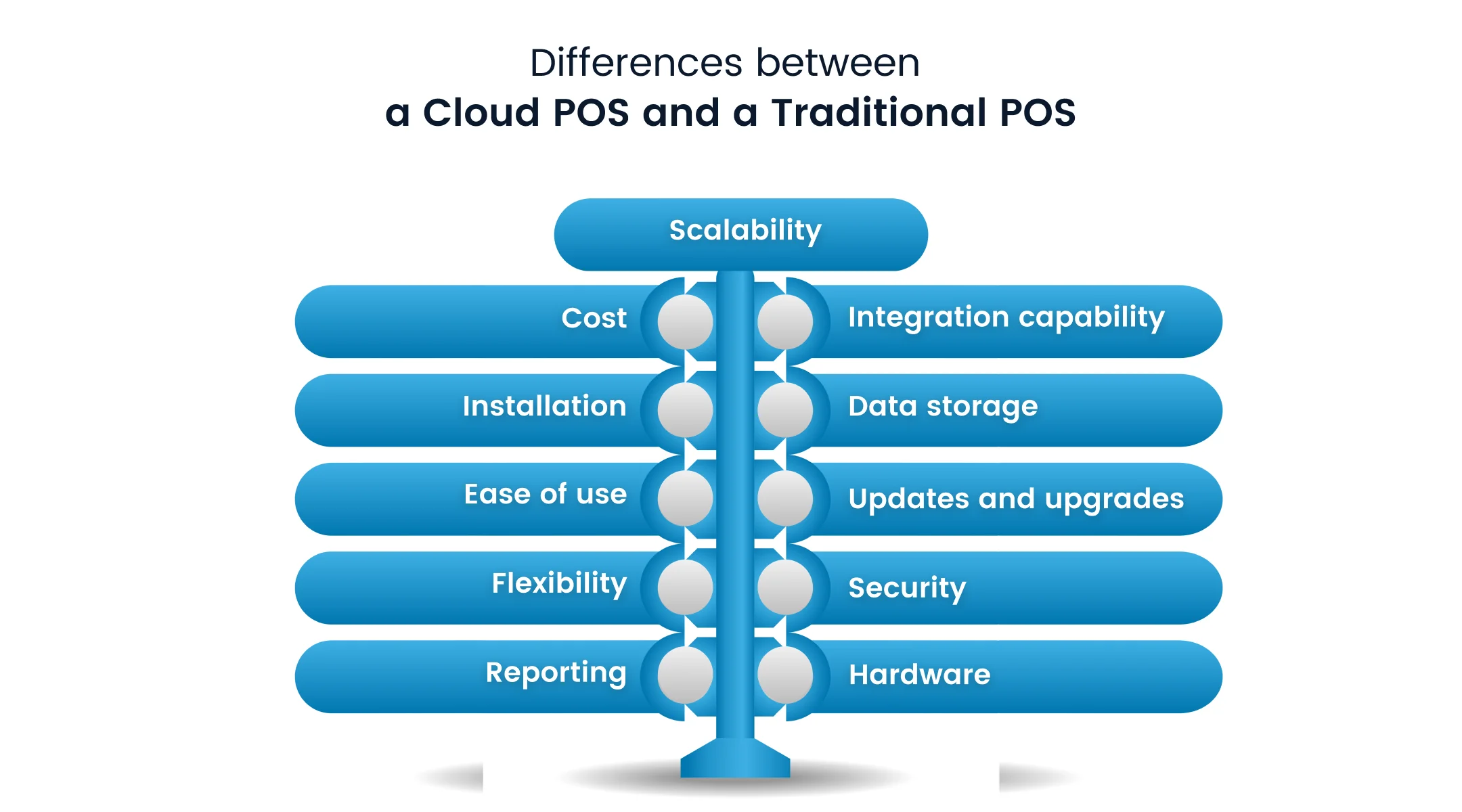
1. Cost
Cloud-based POS – In line with the SaaS pricing model, customers typically pay via a monthly subscription fee.
Traditional POS - Traditionally, customers pay for Traditional POS systems by paying an upfront fee in addition to installation and software maintenance fees. And if the system goes down because it is installed on-premises, you will have to pay someone to fix it.
2. Installation
Cloud-based POS – As is typical of SaaS products, the software is ready to be used with no additional installation necessary.
Traditional POS – This can be a cumbersome process, with someone needing to physically visit your premises to install the hardware, programs, and updates.
3. Ease of use
Cloud-based POS – Whilst most cloud-based POS systems are intuitive, they have various functionalities. Extensive training isn’t usually necessary, but it takes time to learn how to use them efficiently.
Traditional POS – If you have used more than one Traditional system before, then you’ll know that they are easy to use and have a familiar feel to them. Their capabilities are limited to processing payments and charging via credit card or cash. So, no extensive training on functionalities is necessary, you can have it set up and start using it.
4. Flexibility
Cloud-based POS – Most cloud-based systems are designed to be user-first. That puts the business owner in the driving seat, enabling them to adapt the software to their needs. Plus, the system can be accessed from anywhere worldwide – all you need is an internet connection.
Traditional POS – These weren’t designed to be flexible. They were designed to do a job. What you see with a Traditional POS is what you get. And it would be best if you were on-premises to get it.
5. Reporting
Cloud-based POS – vendors provide a wide range of data, including sales reports, inventory control, sales reporting, customer reporting customer profiling, and multi-site comparisons for businesses operating from multiple sites.
Traditional POS - Traditional systems are built to provide simple sales reports and customer data.
6. Scalability
Cloud-based POS – SaaS has the advantage of being as mobile as you want. Want to test an online store? No problem. About to open a pop-up? Sure, that’s easy, too. Cloud-based POS subscriptions can be flexibly upgraded or reduced to match the needs of your business.
Traditional POS – These systems weren’t designed with modern day needs in mind. If you have a Traditional POS and want to open a temporary pop-up shop, you must buy new systems and hardware if you're going to stick with a Traditional POS system.
7. Integration capability
Cloud-based POS – Integration using APIs is standard with cloud-based POS, enabling users to coordinate a variety of jobs on a single machine. For example, communicating via social media or e-commerce platforms with your online channels.
Traditional POS – These systems weren’t designed to be integrated, so attempting to add different software or tools can be clunky. To this extent, Traditional POSs are a one-trick pony.
8. Data storage
Cloud-based POS – Transactional information is saved in the cloud. Amazon Web Services (AWS), Microsoft Azure, Google Cloud Platform (GCP) and Alibaba Cloud are some of the most popular cloud service providers.
Traditional POS - The information is stored on-premises on physical hard drives.
9. Updates and upgrades
Cloud-based POS – Software updates and upgrades are mostly done without fuss, in real-time, by the cloud-based POS vendor.
Traditional POS – Any updates or upgrades must be done on-premises through a physical installation. This gives the cloud-based POS vendors a significant advantage because they can implement an update in real time, and the customer can benefit immediately. In contrast, Traditional POS upgrades must be planned well in advance and are far less frequent.
10. Security
Cloud-based POS – Cloud storage often offers significant protection against cyberattacks because it's backed up regularly and stored off-site in an encrypted format. It can be accessed anywhere in the world and is simple to restore in case of a system crash, meaning the data is not lost.
Traditional POS – There are inherent risks of storing data on-premises. Data will be lost if the servers malfunction, crash, get hacked, or are stolen or damaged.
11. Hardware
Cloud-based POS—SaaS software is designed to be hardware-agnostic. It is quick and inexpensive to install because it lacks hardware. And it means that restaurants, for example, can accept table orders using tablets and smartphones.
Traditional POS - Their hardware is dependent and needs to be physically installed, often taking up space on the counters.
Conclusion
The choice between a traditional POS system and cloud-based POS for retail ultimately depends on your business requirements. While traditional systems offer stability and simplicity, cloud POS systems deliver flexibility, scalability, and modern features essential for growth. Understanding the advantages of each helps you select the best POS system to meet your retail goals.
Frequently Asked Questions
A cloud-based POS system operates on remote servers, offering real-time access to data and scalability across locations.
A traditional POS system is hardware and software installed on-site, providing reliable offline functionality.
Scalability, real-time reporting, and integration capabilities.
Stability, offline functionality, and local data storage.
Features, cost, scalability, and the ability to integrate with existing operations.


